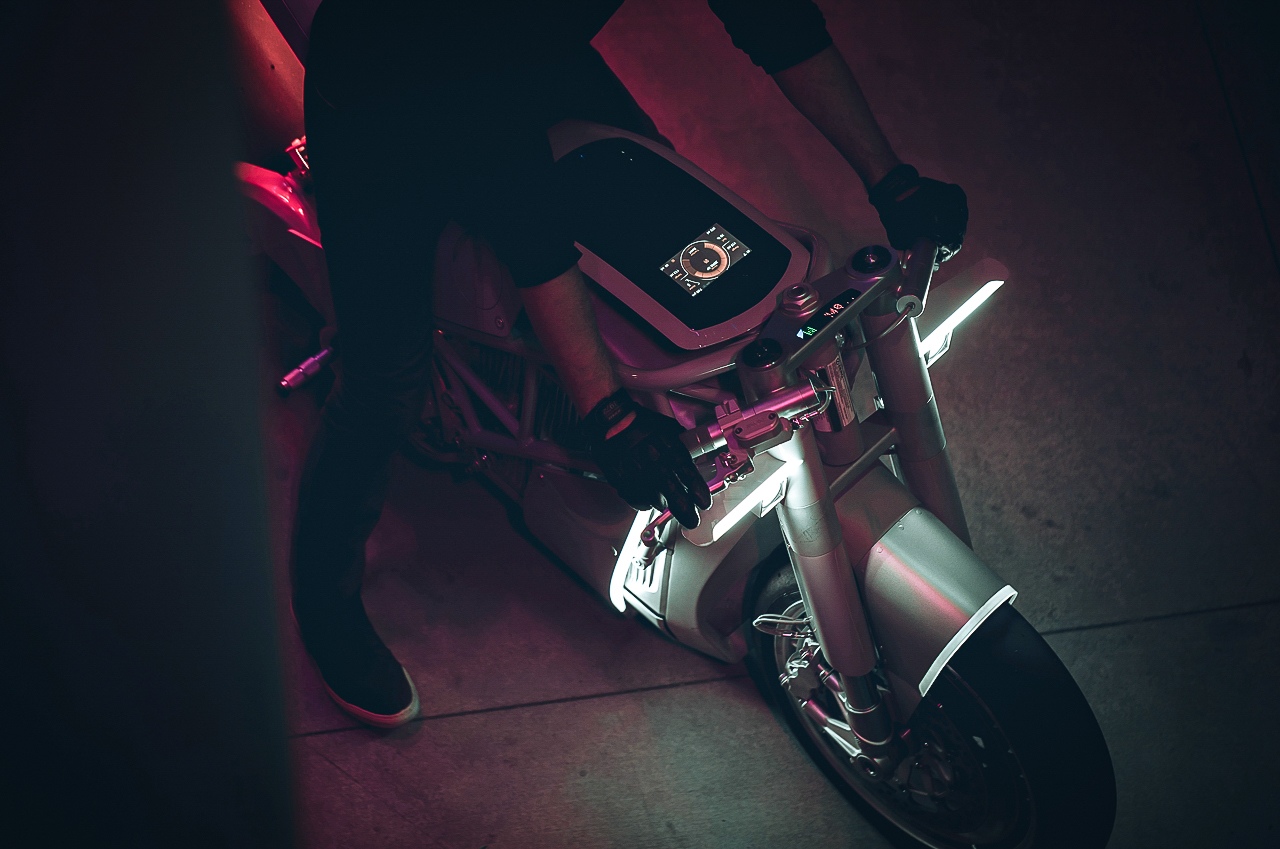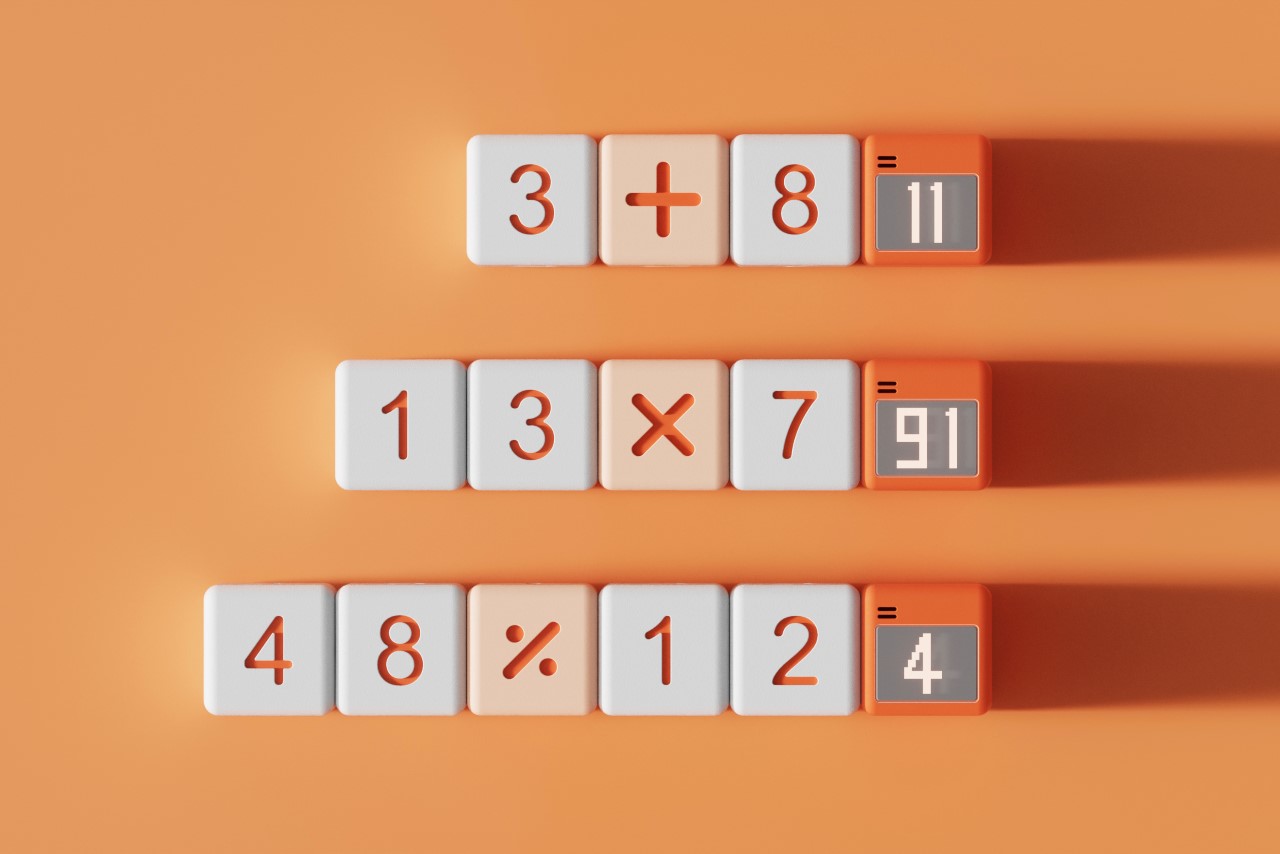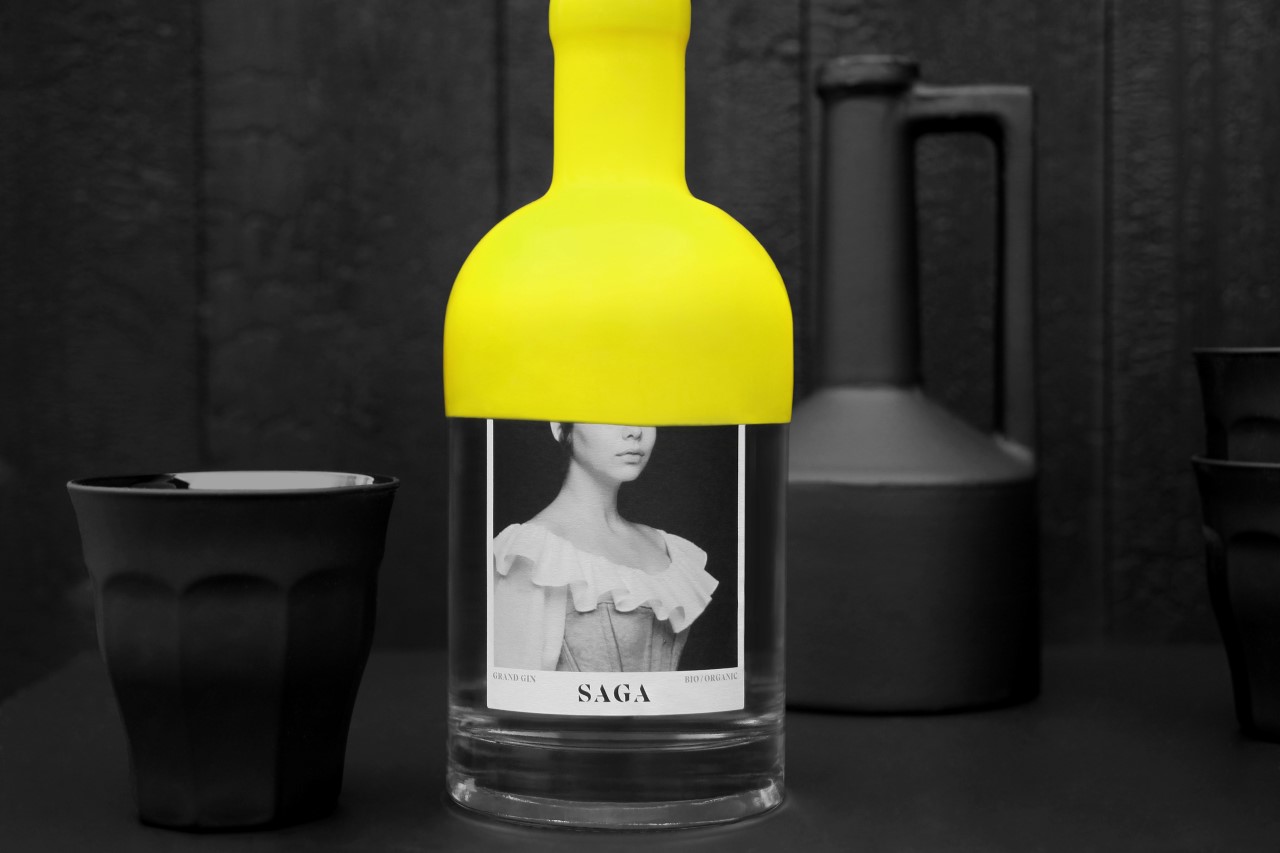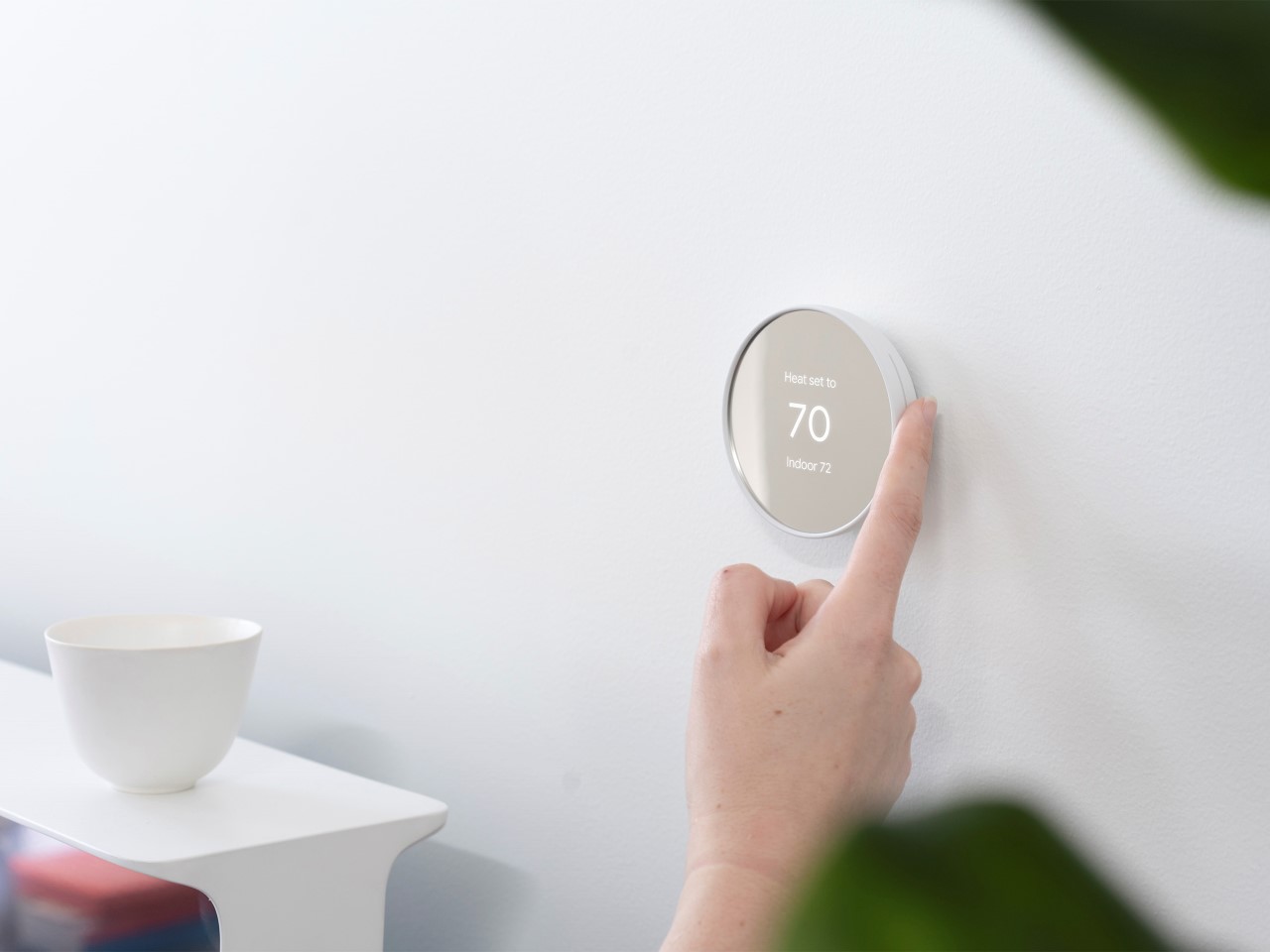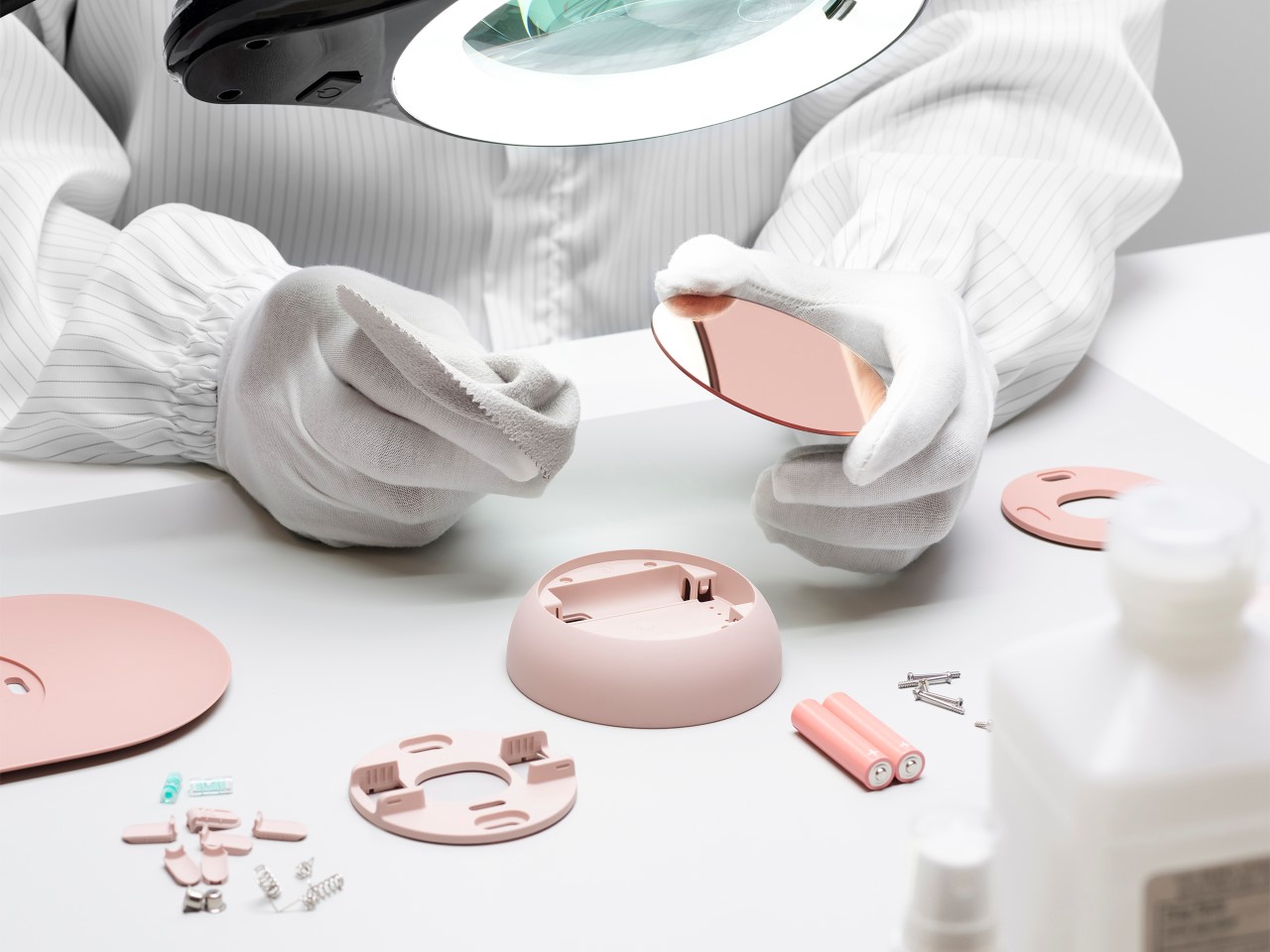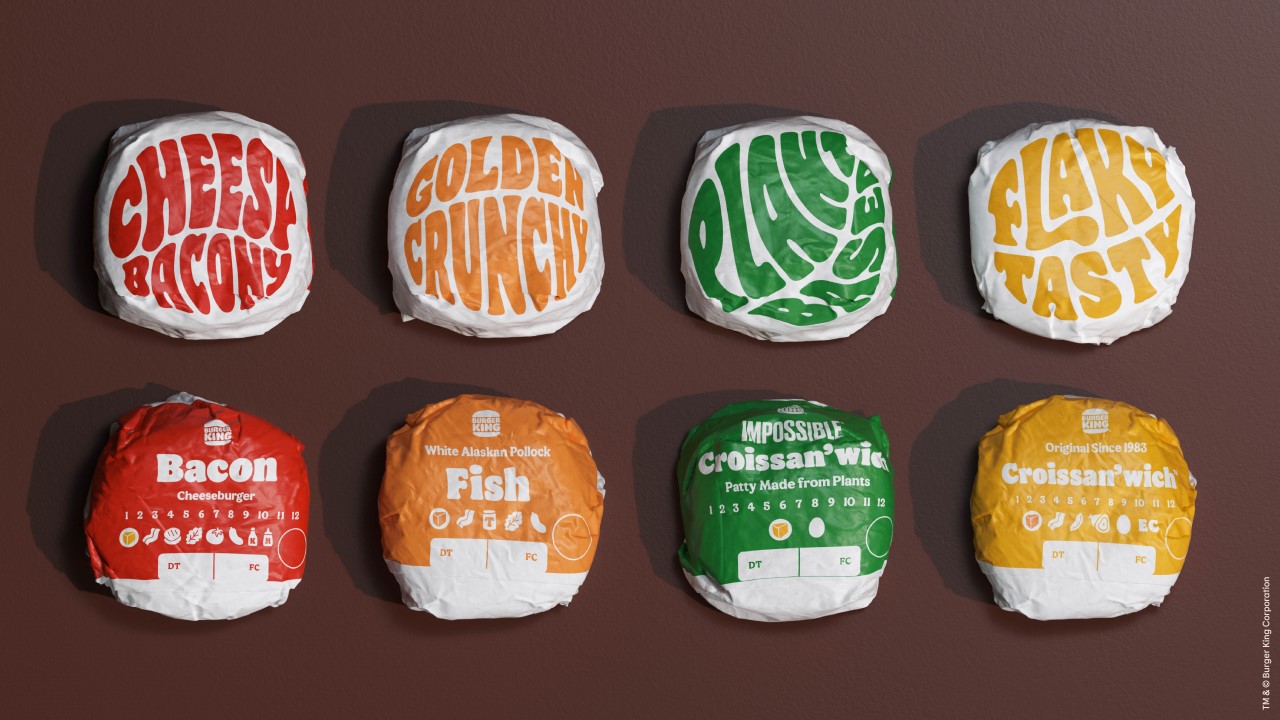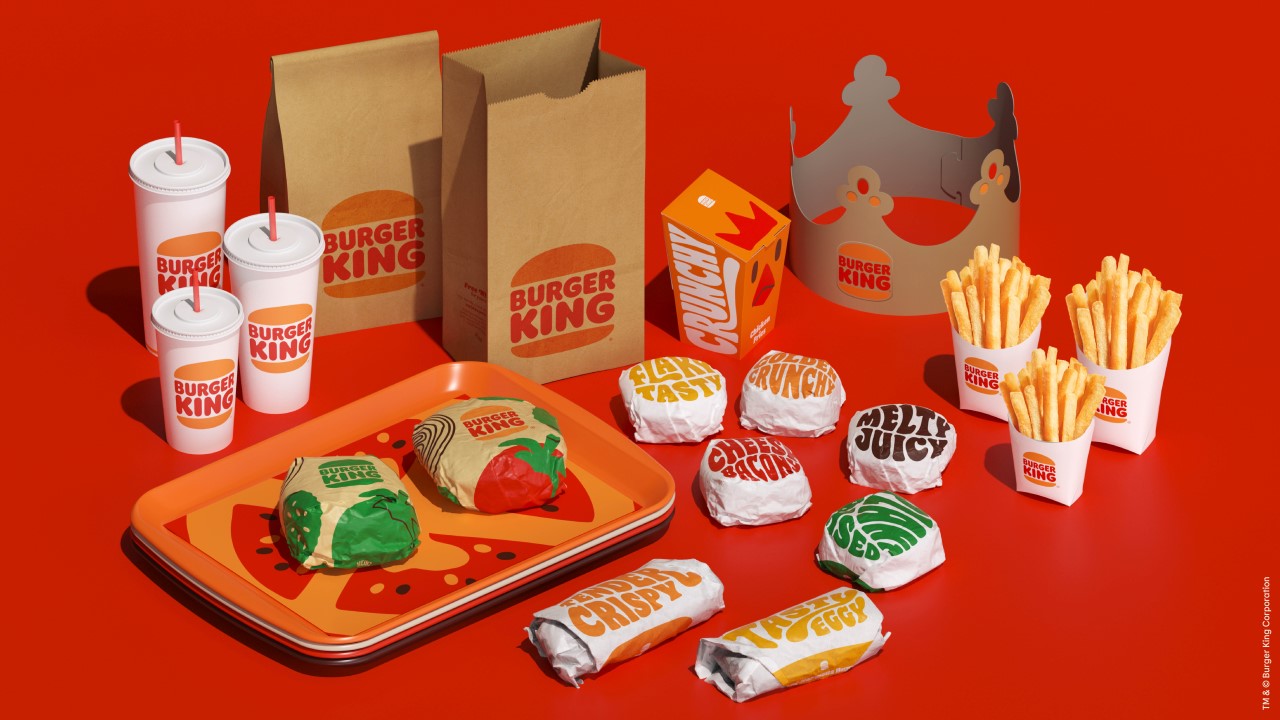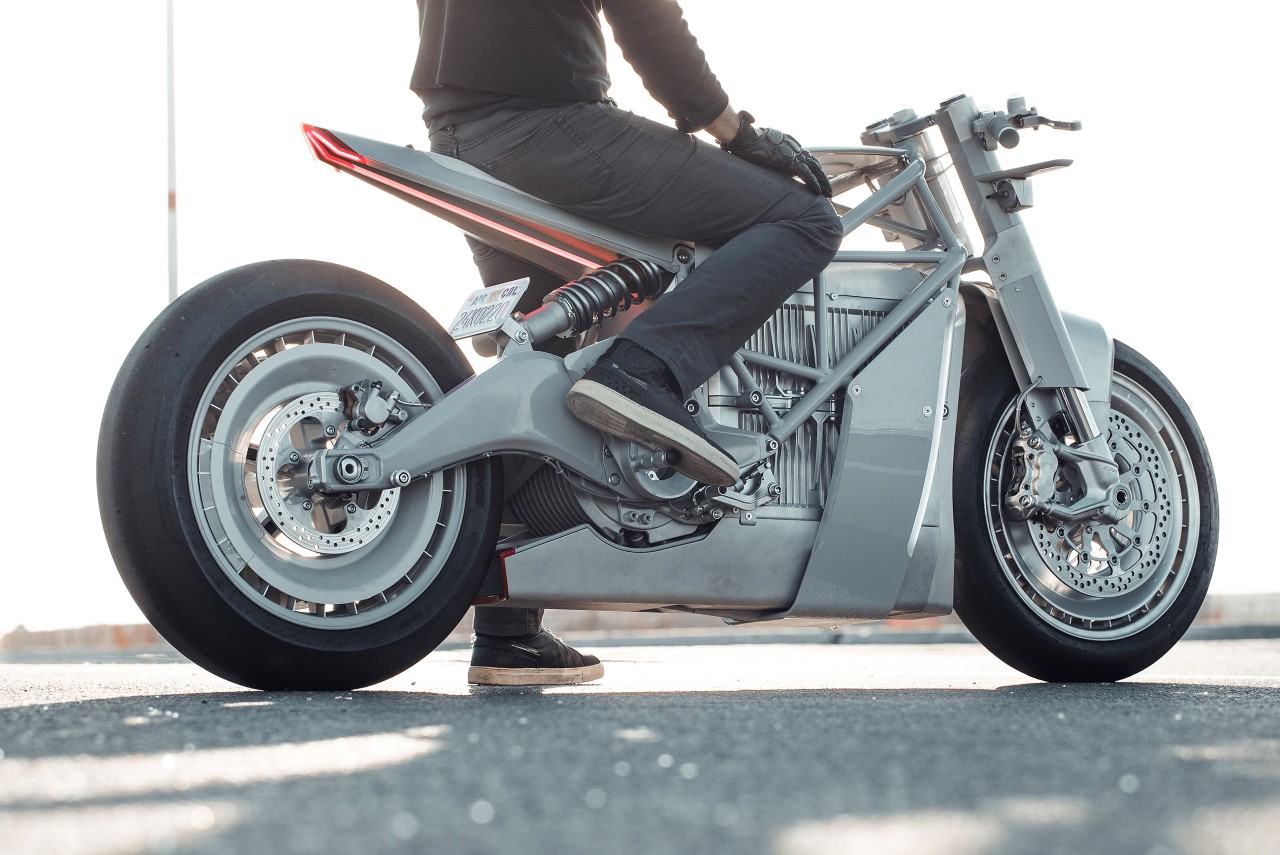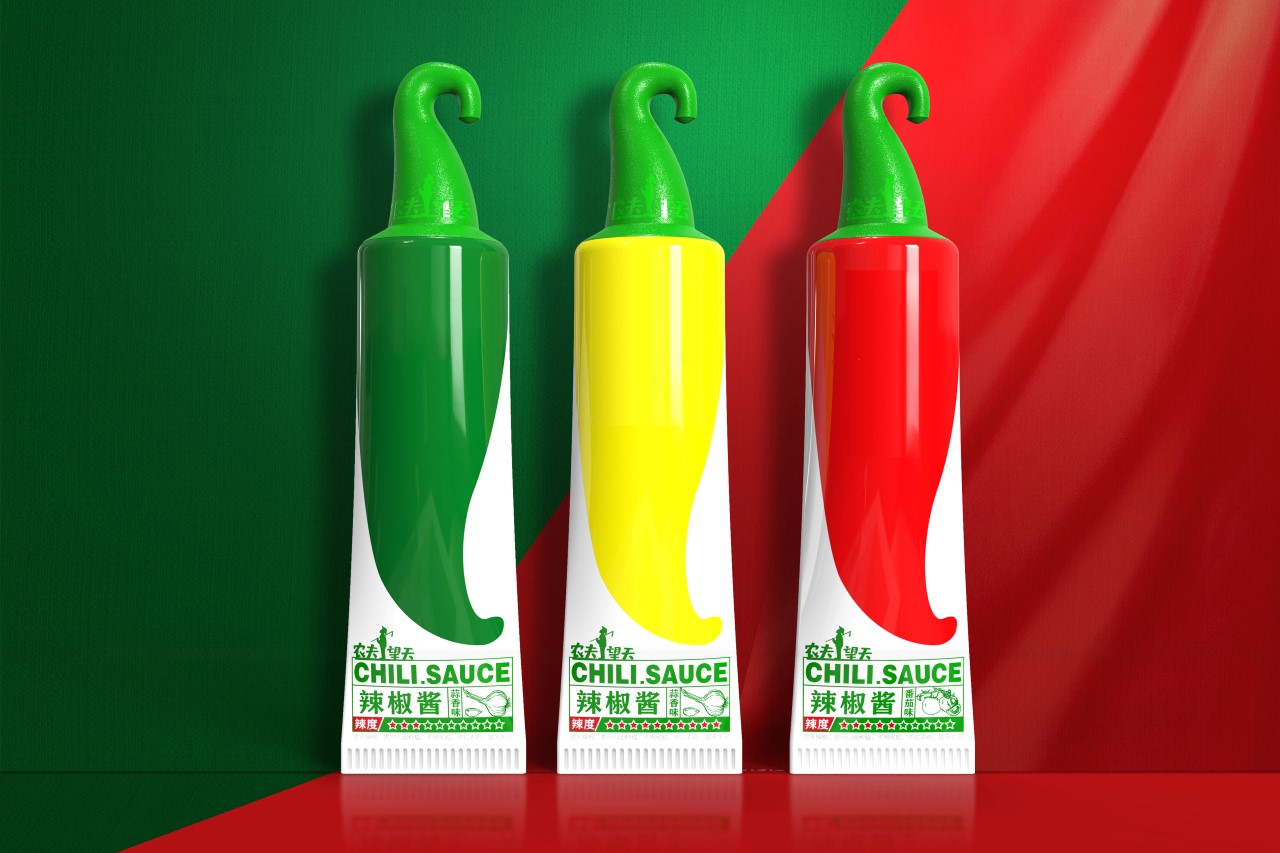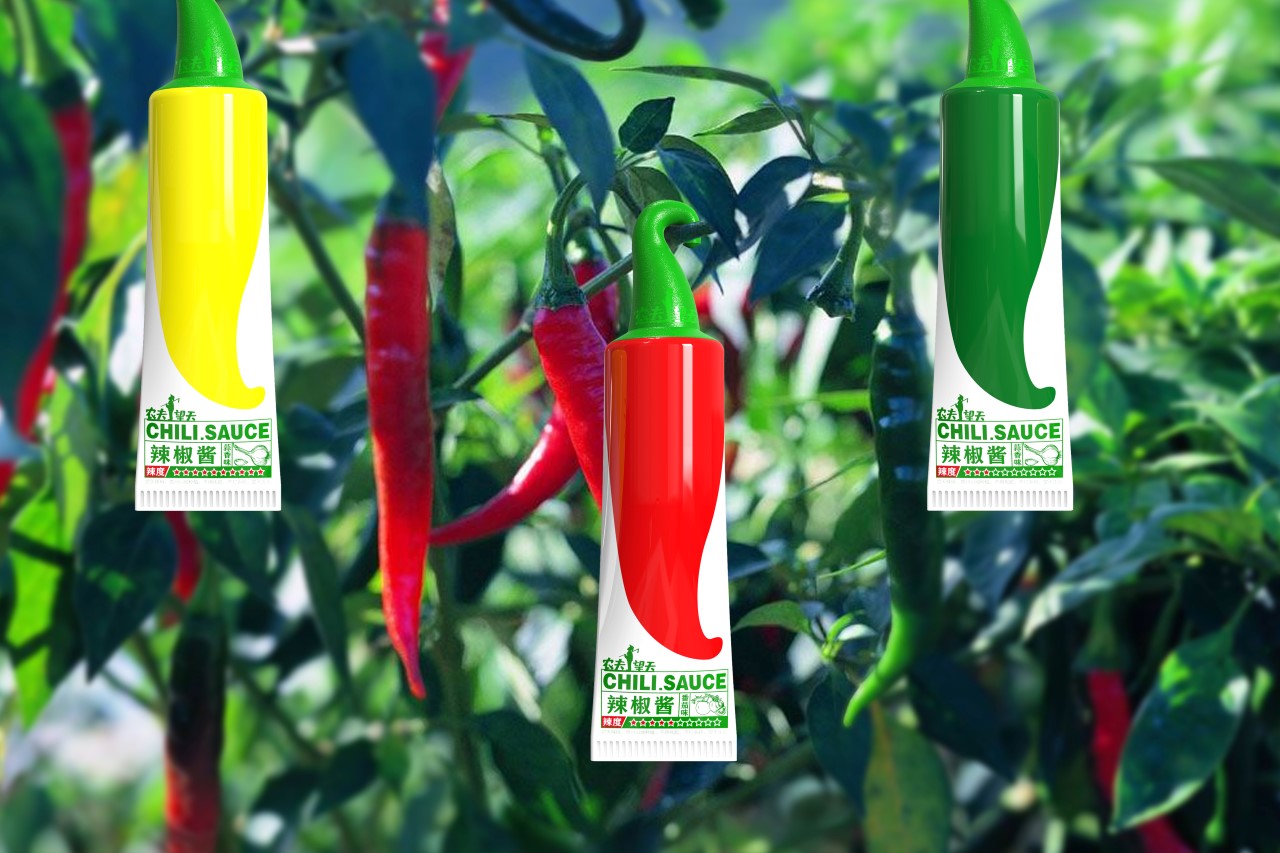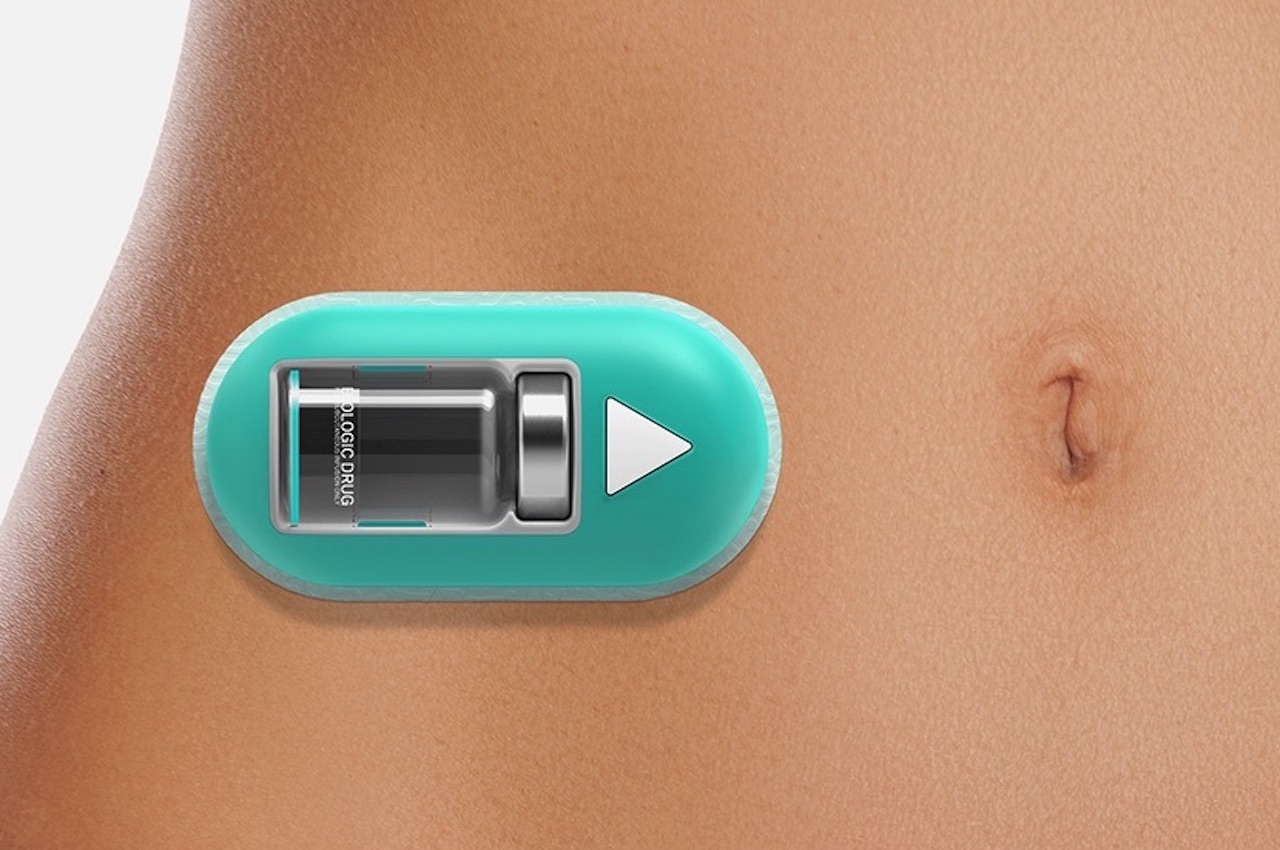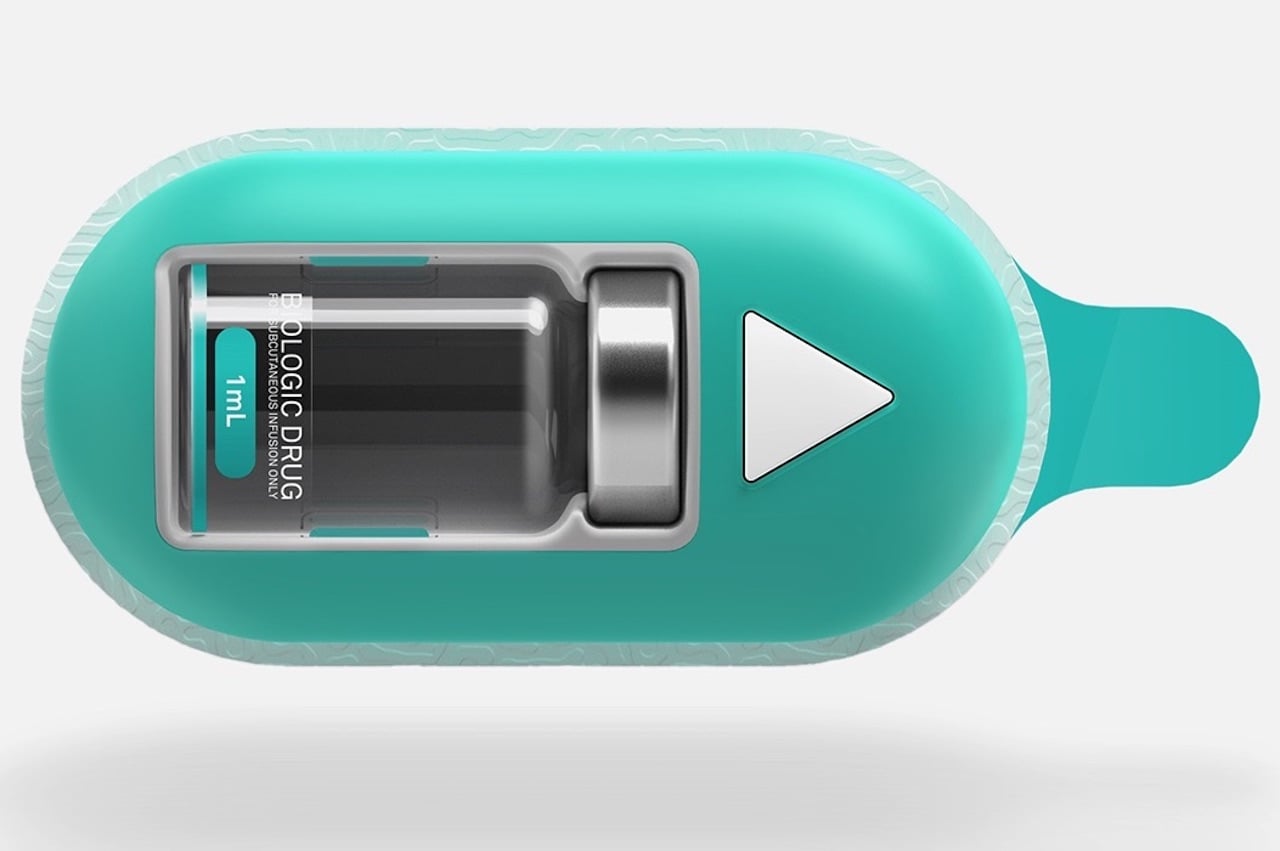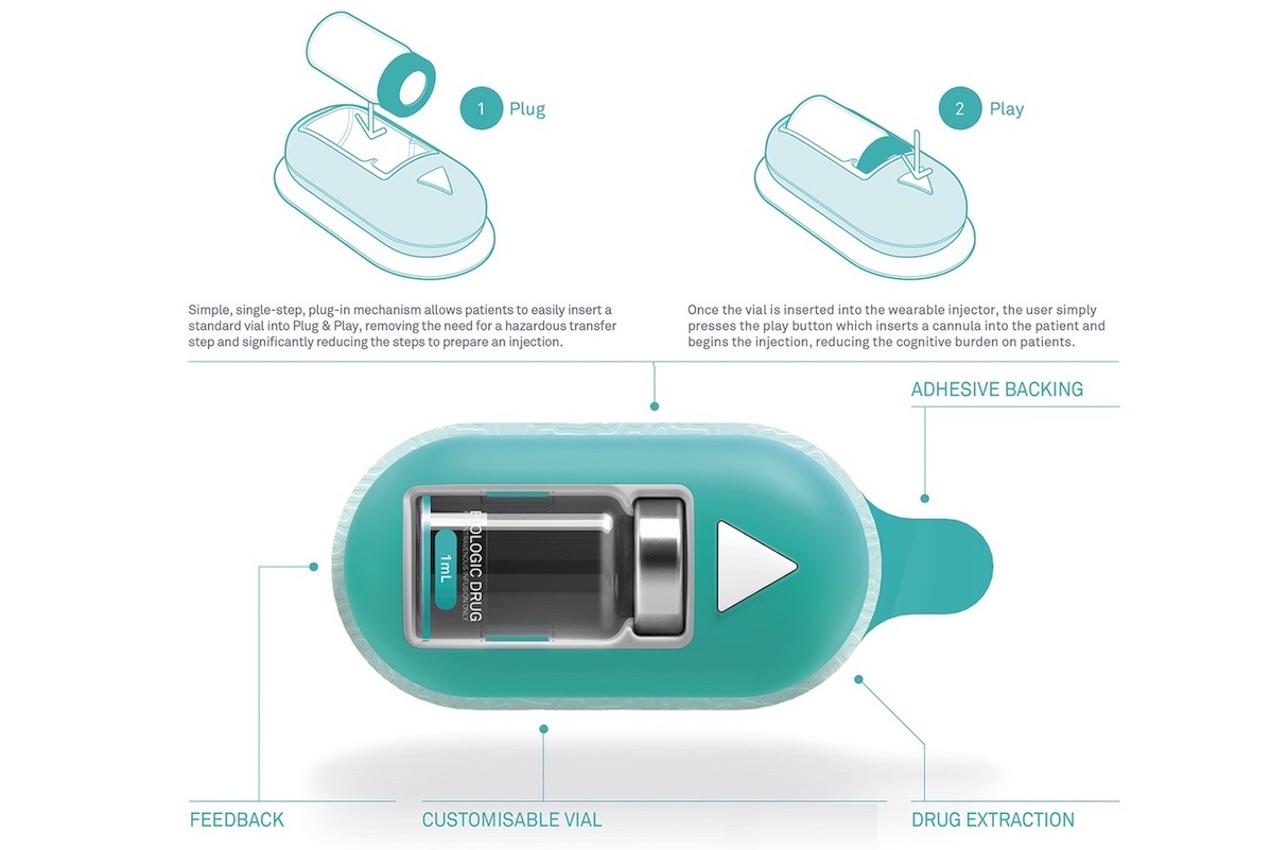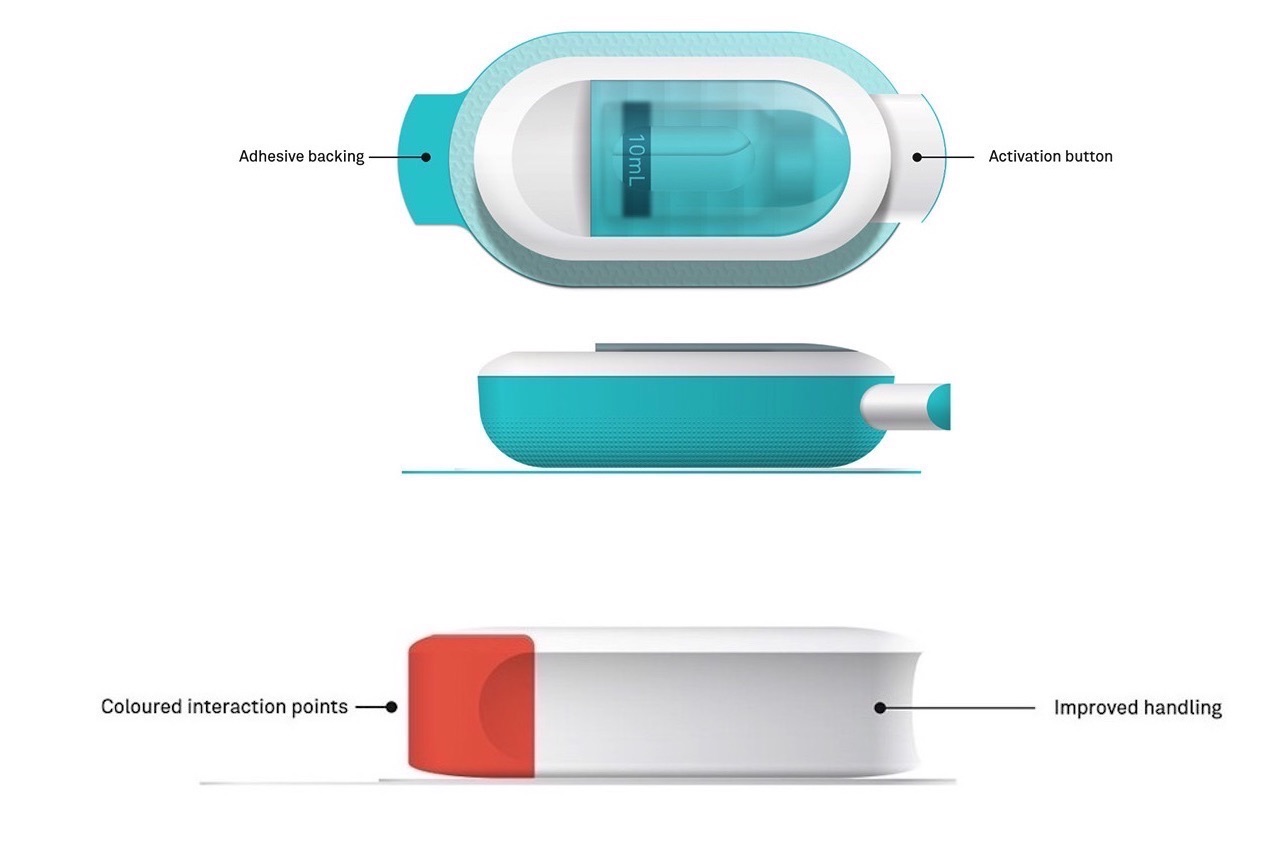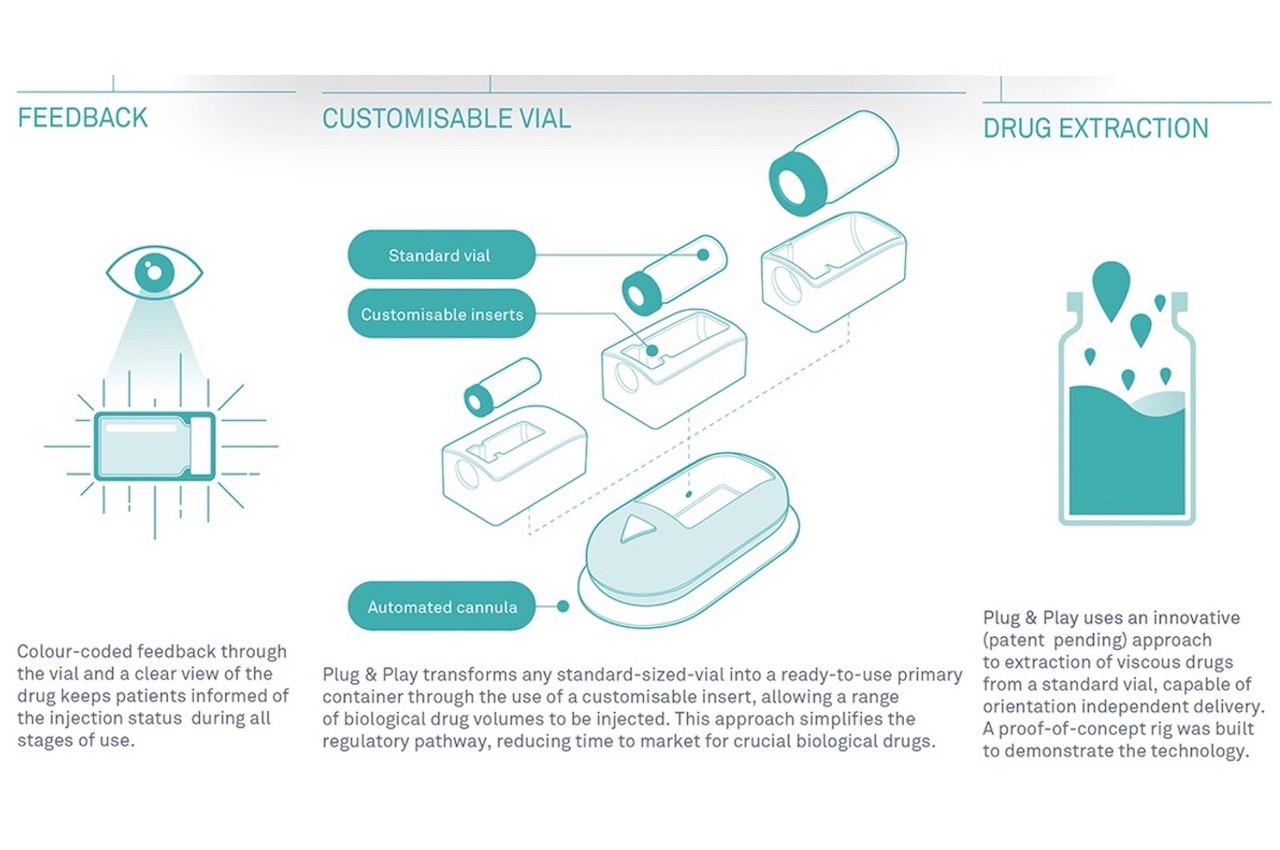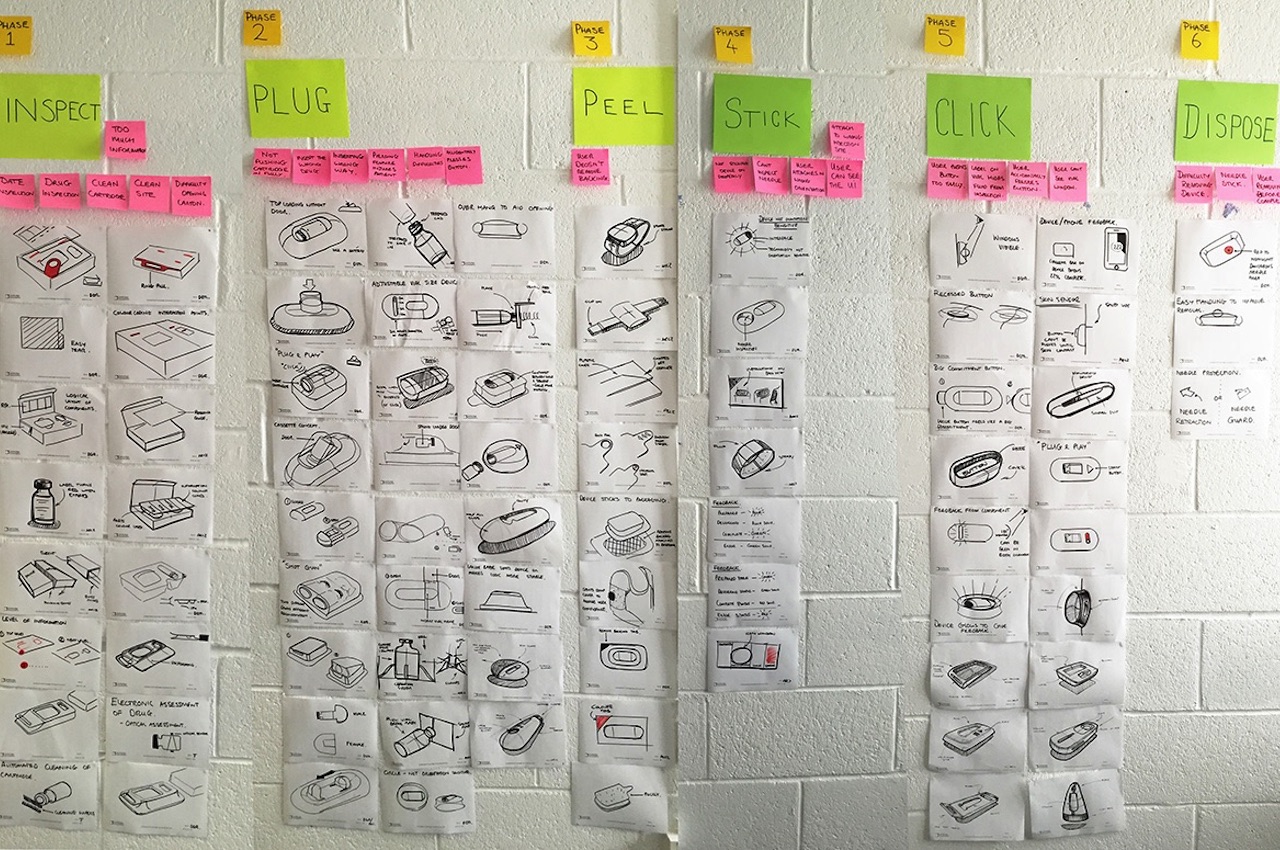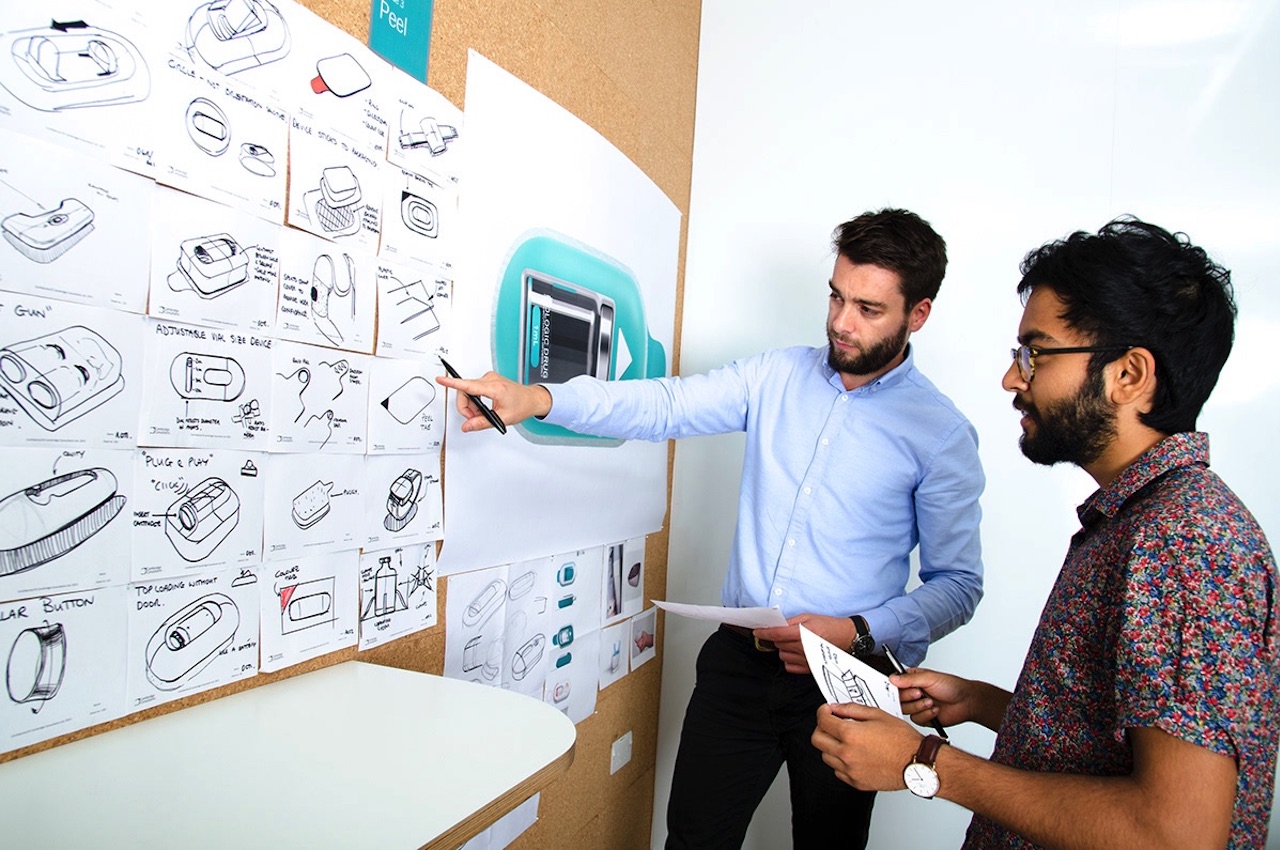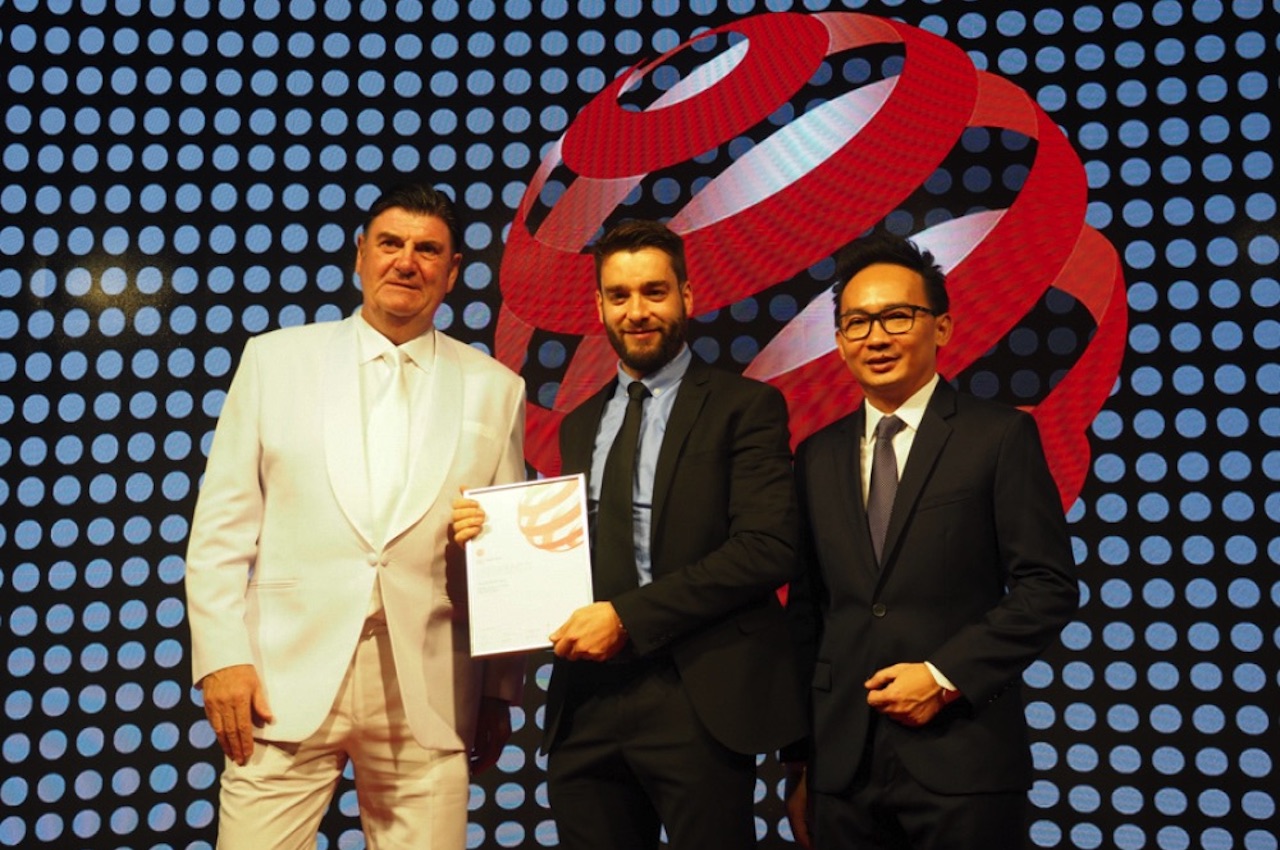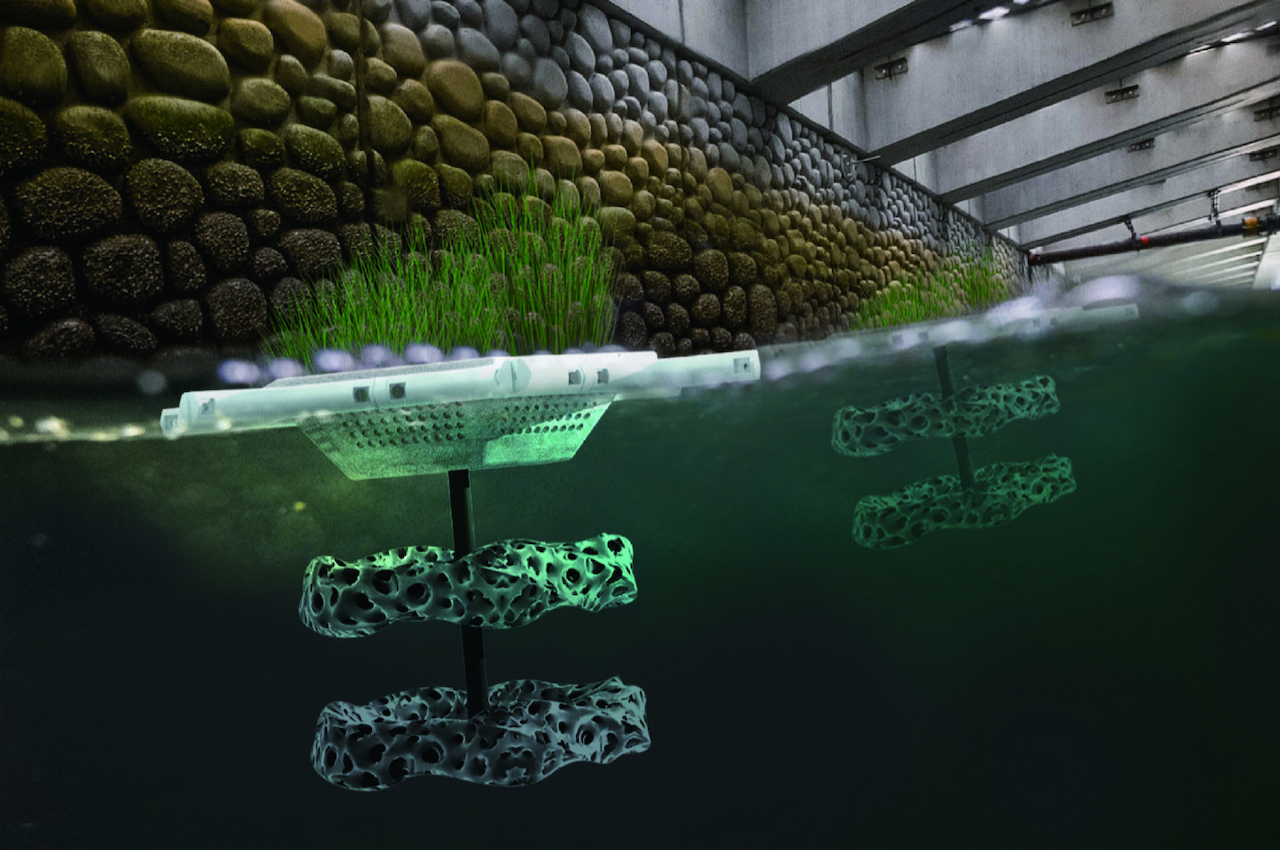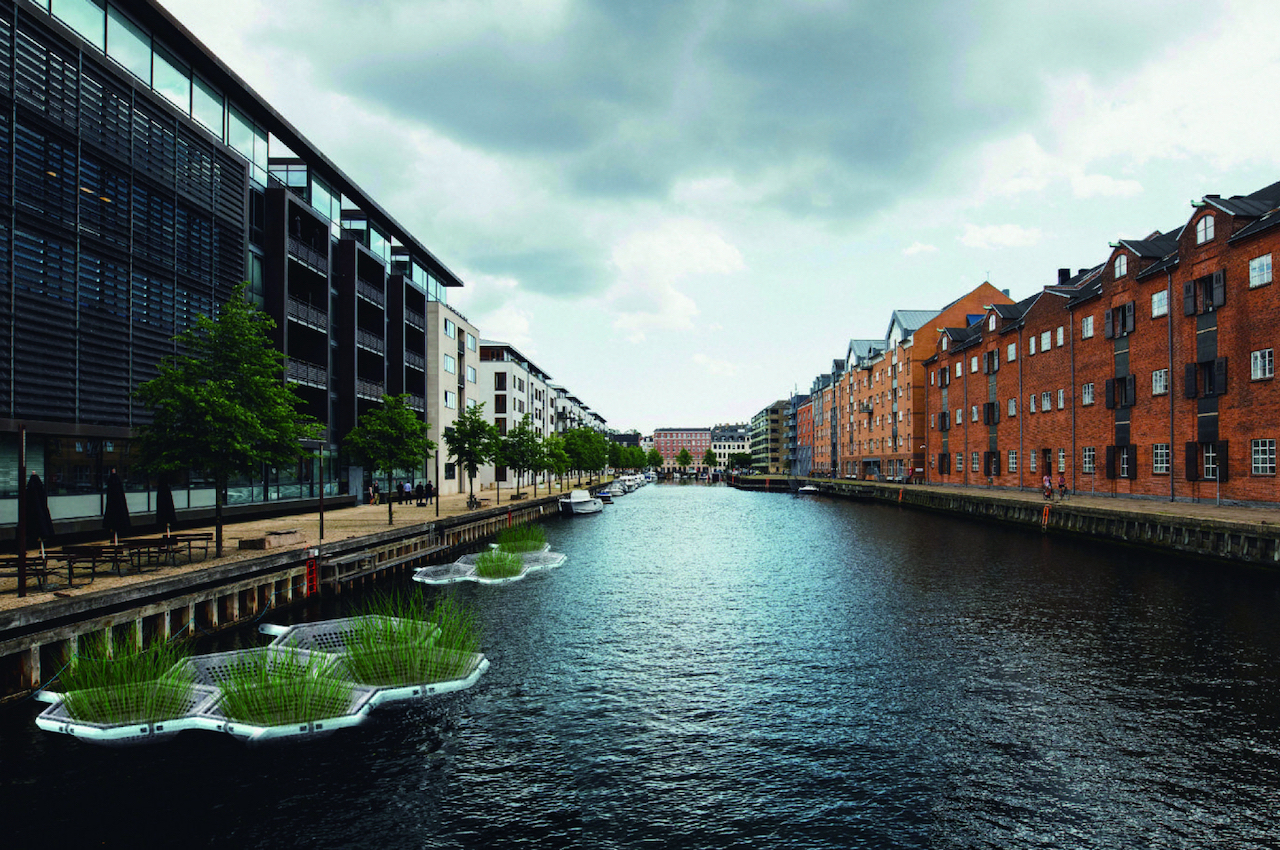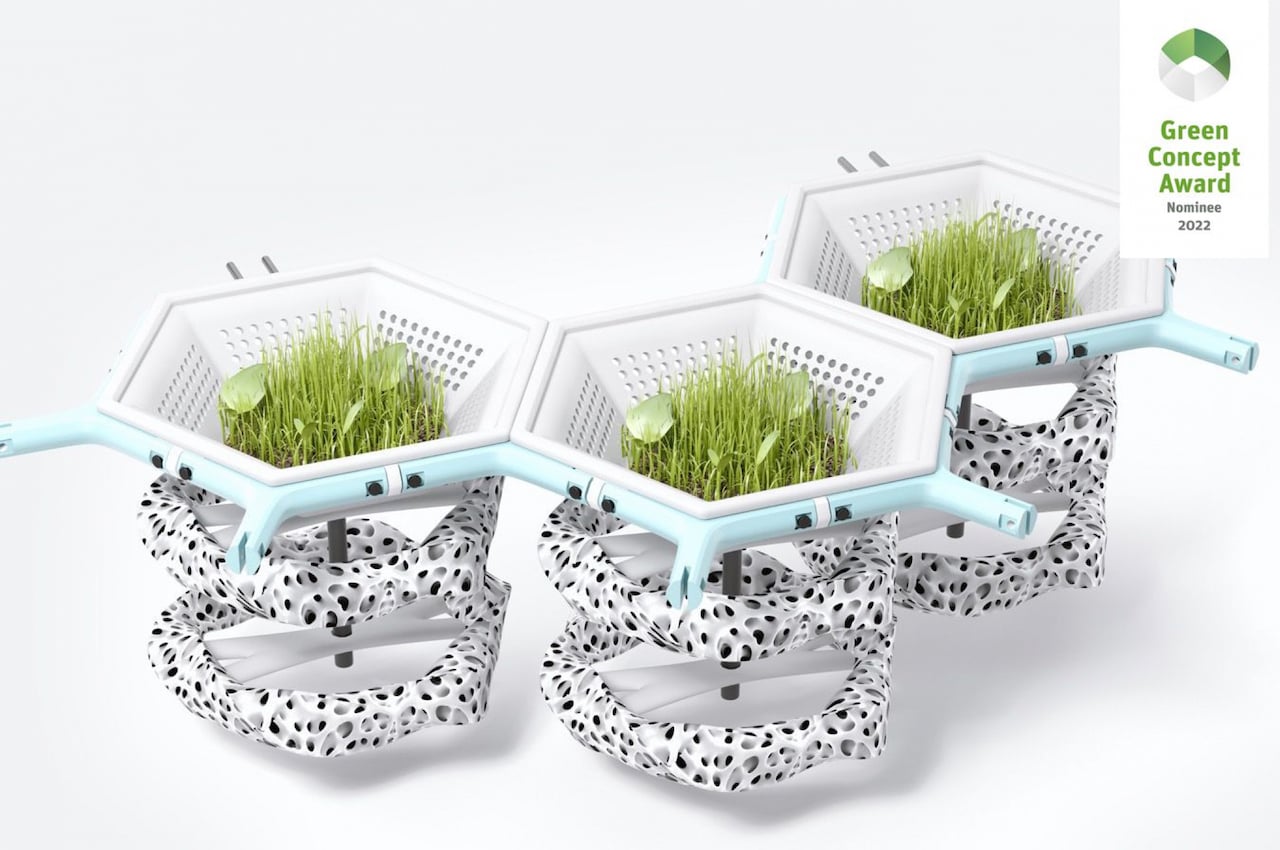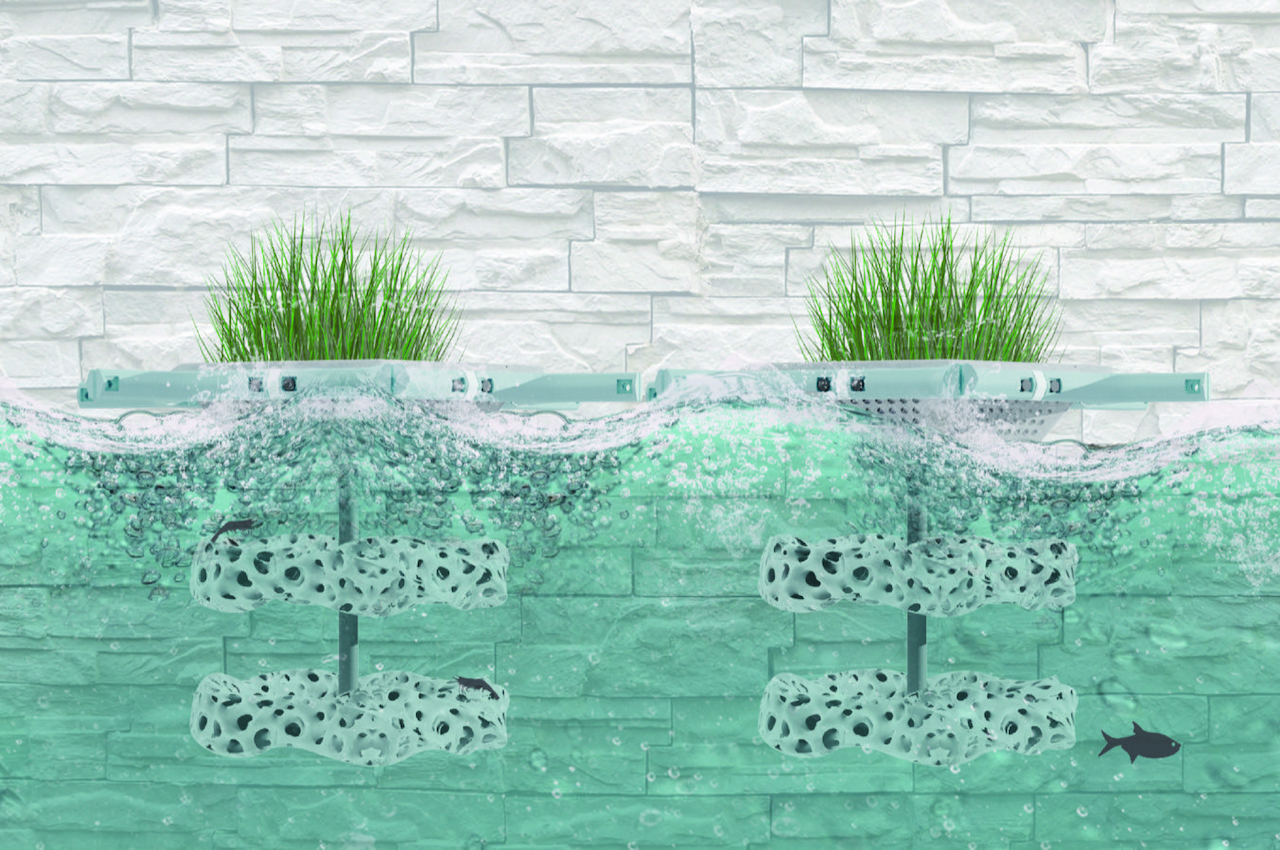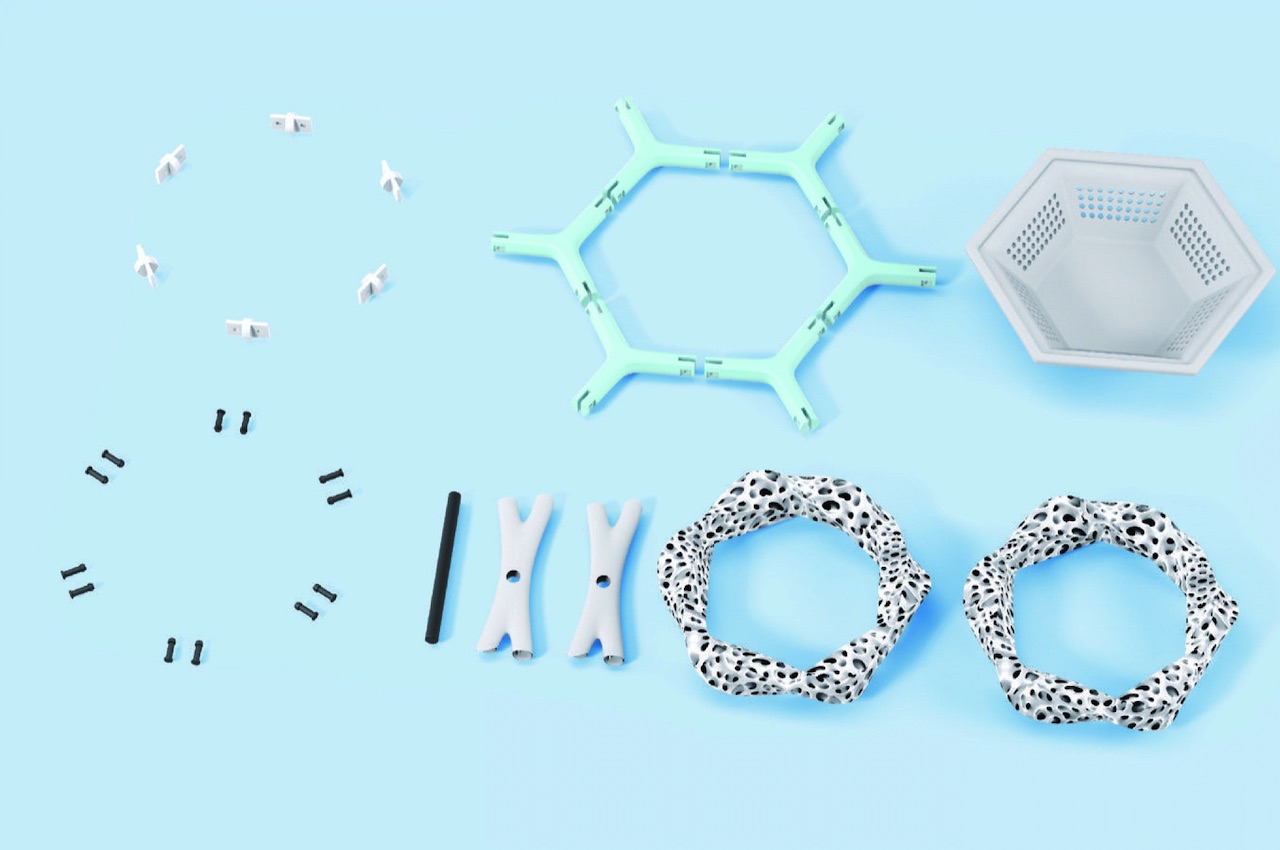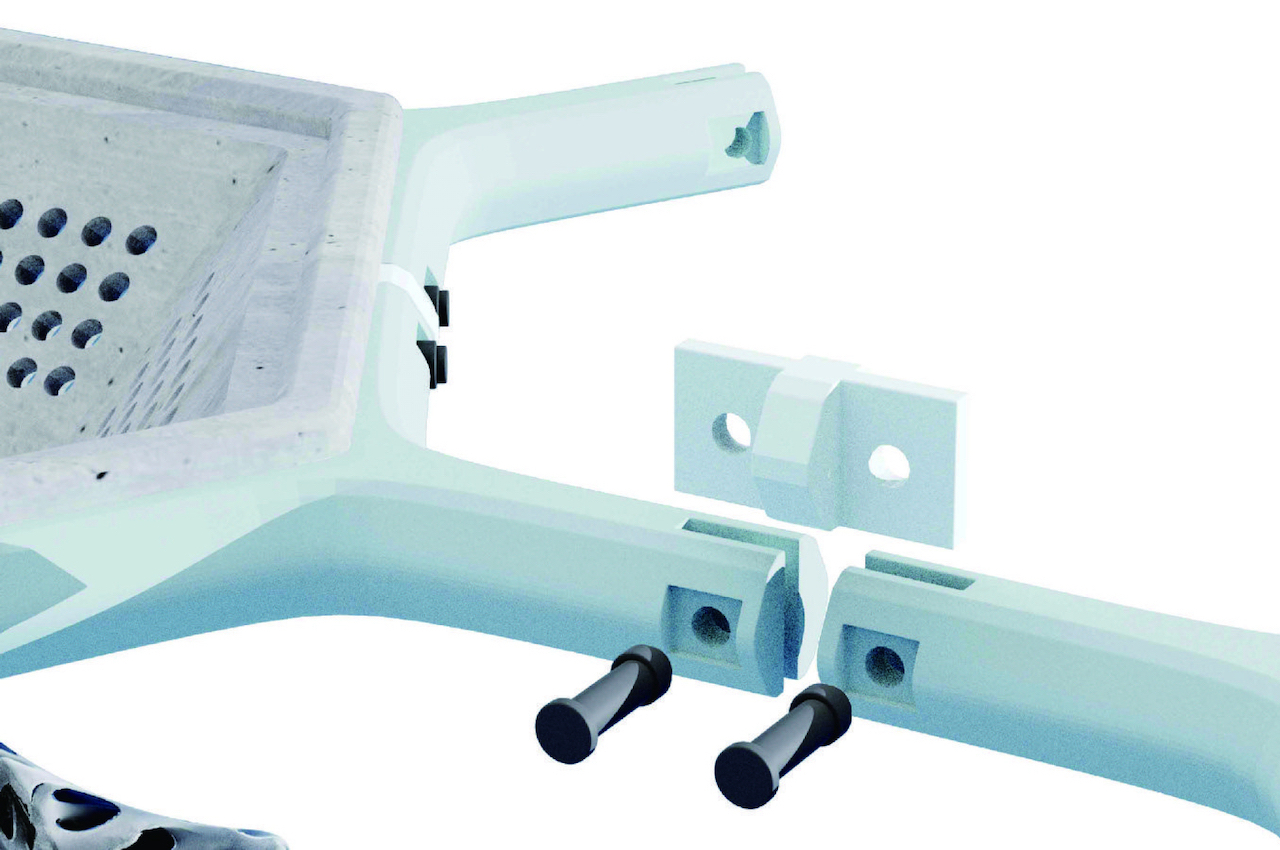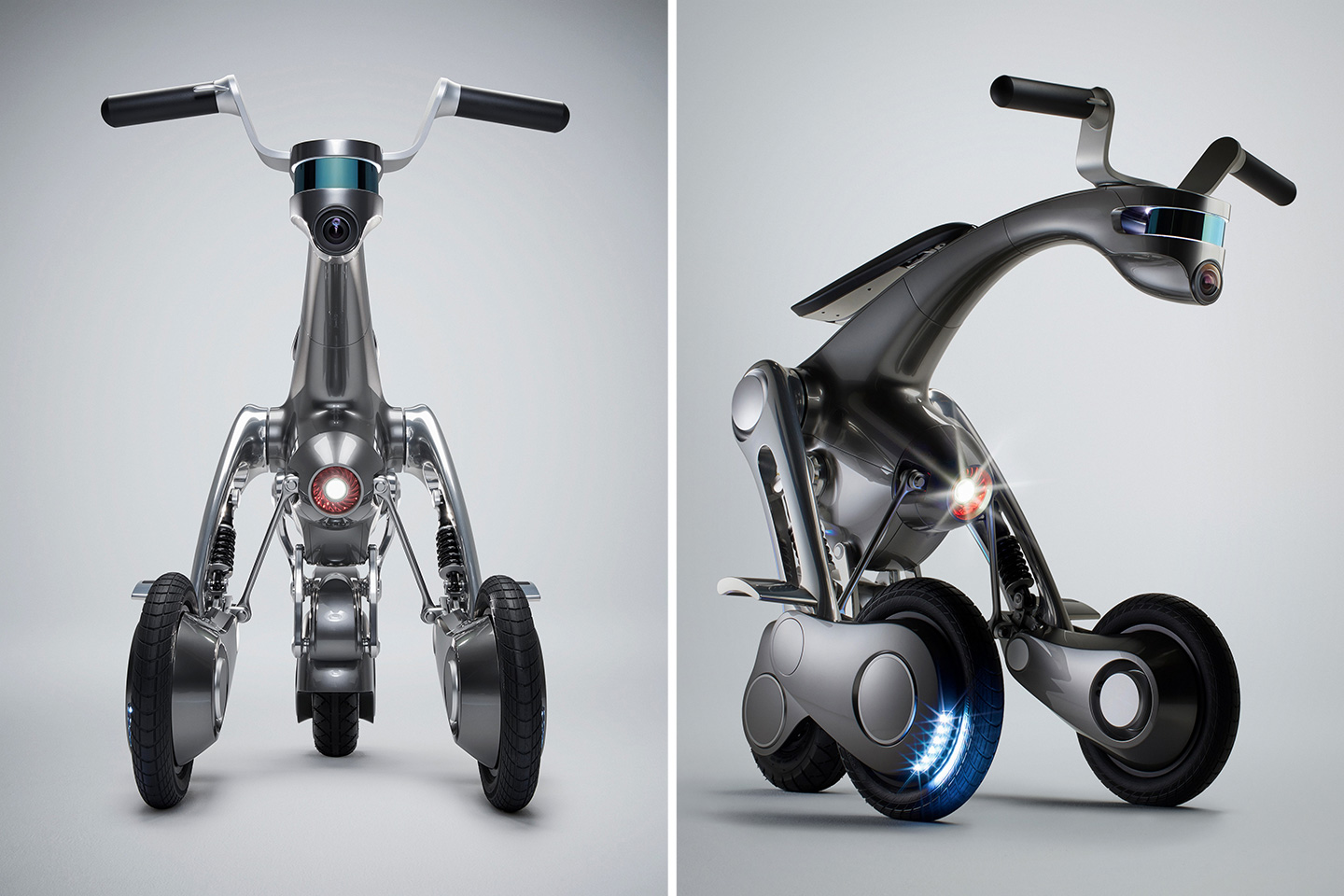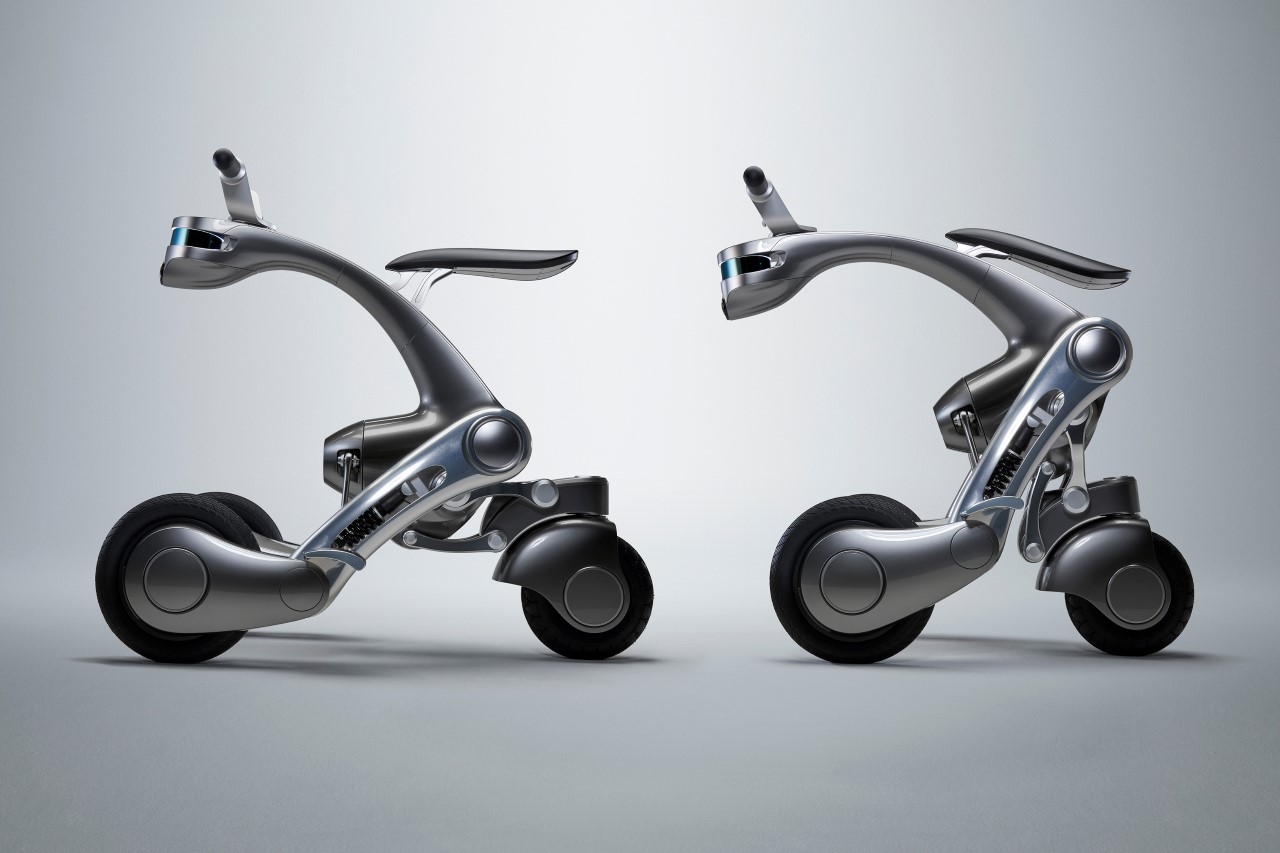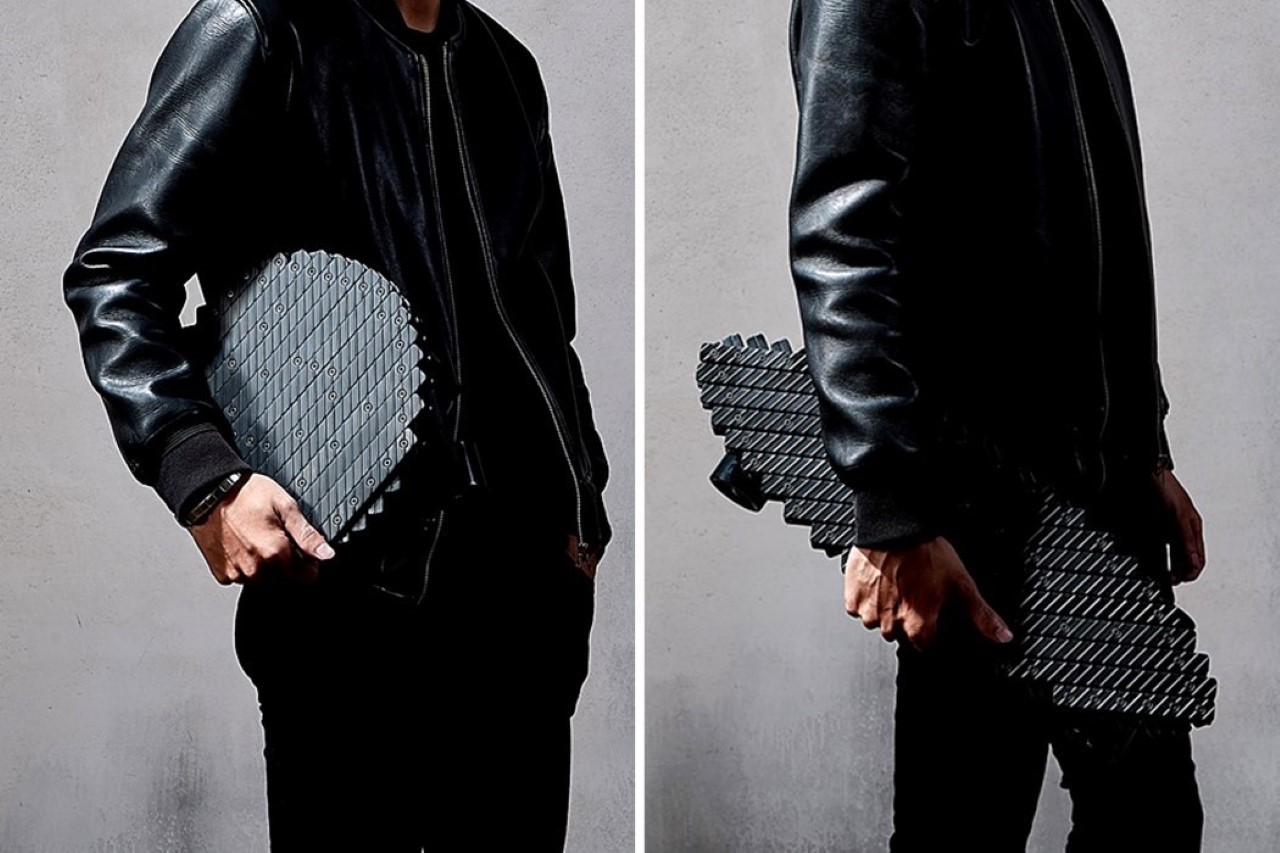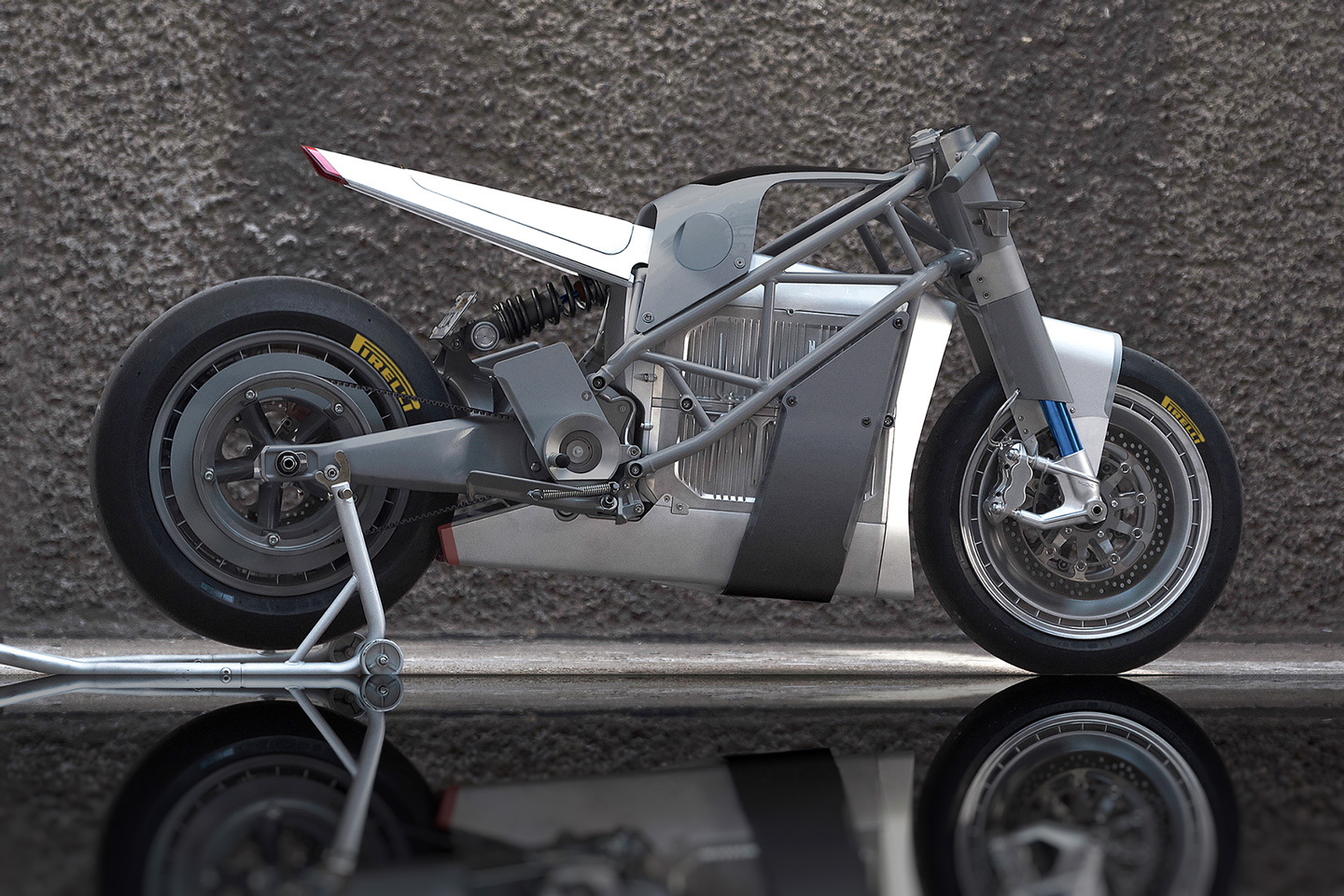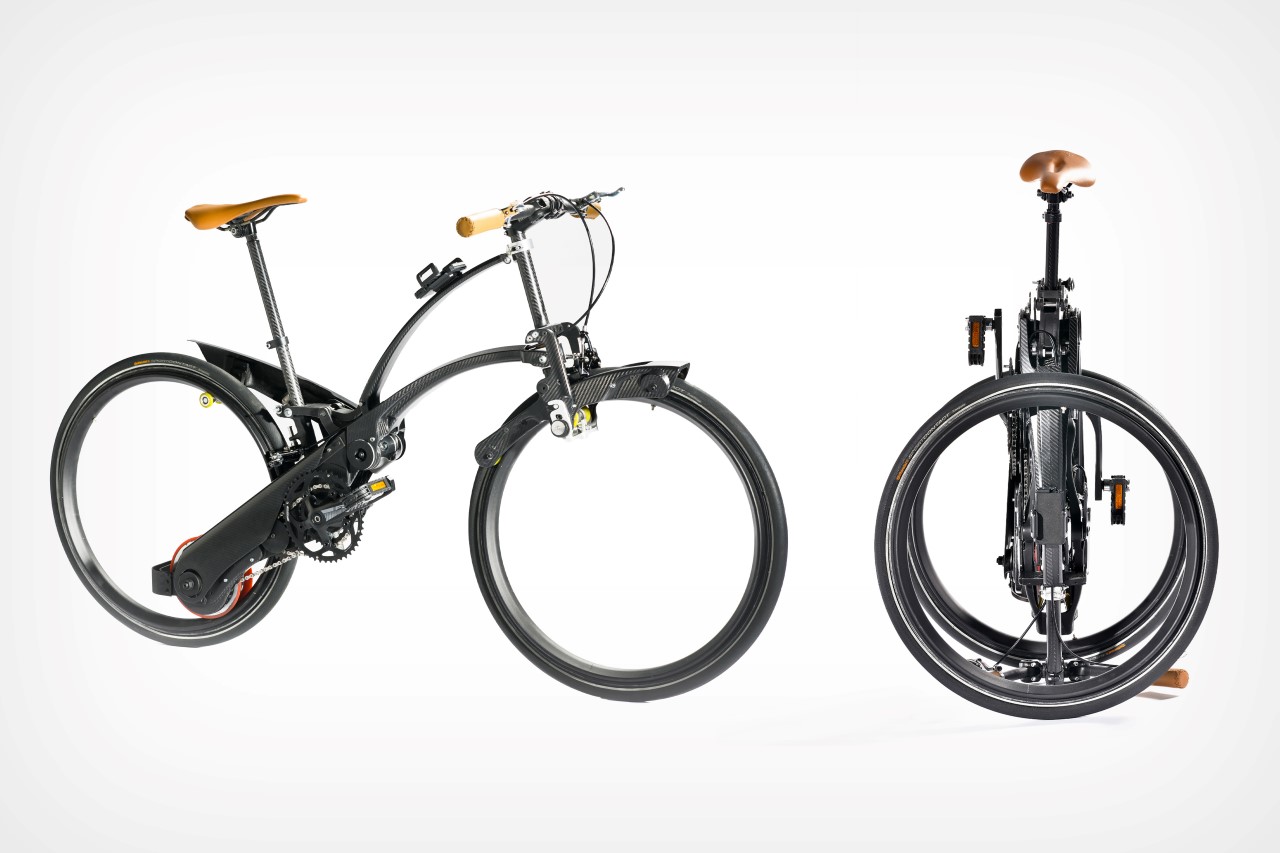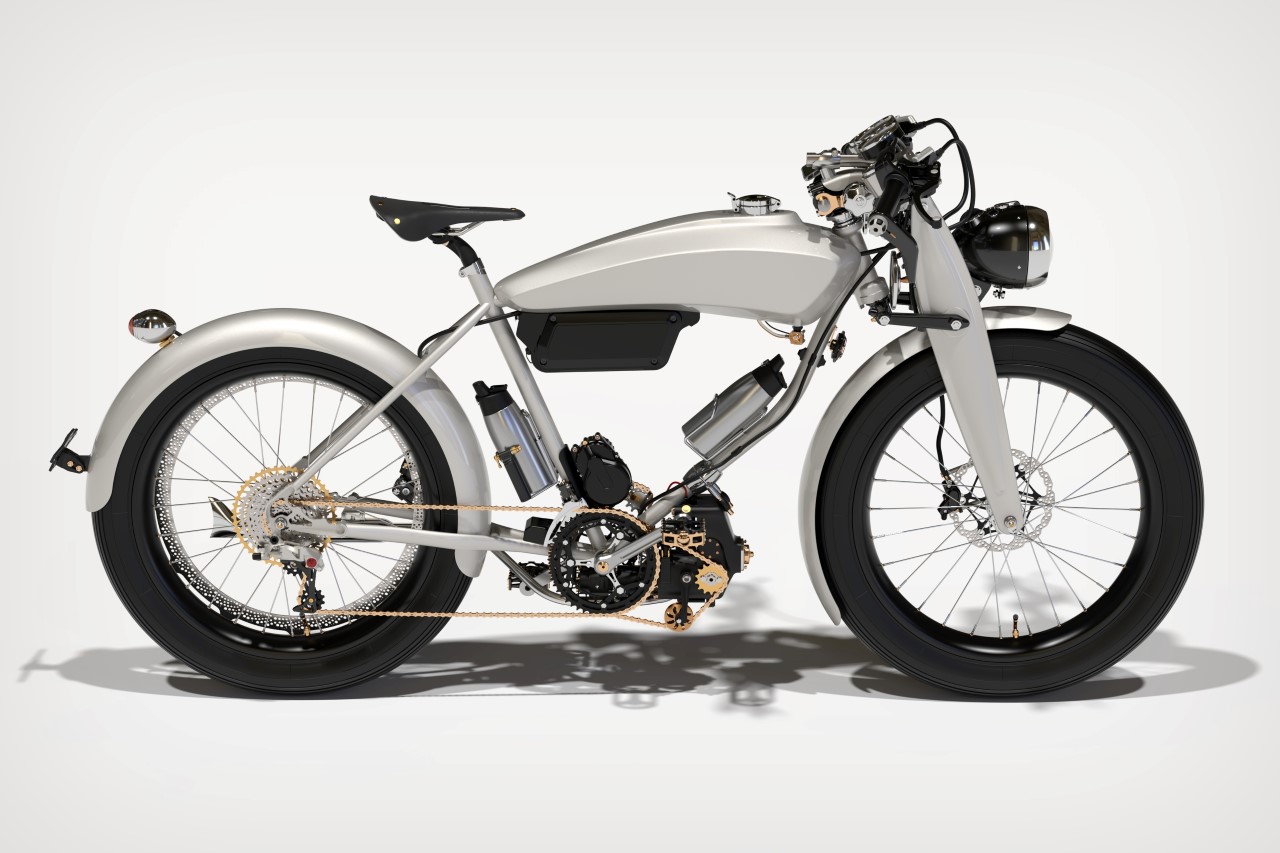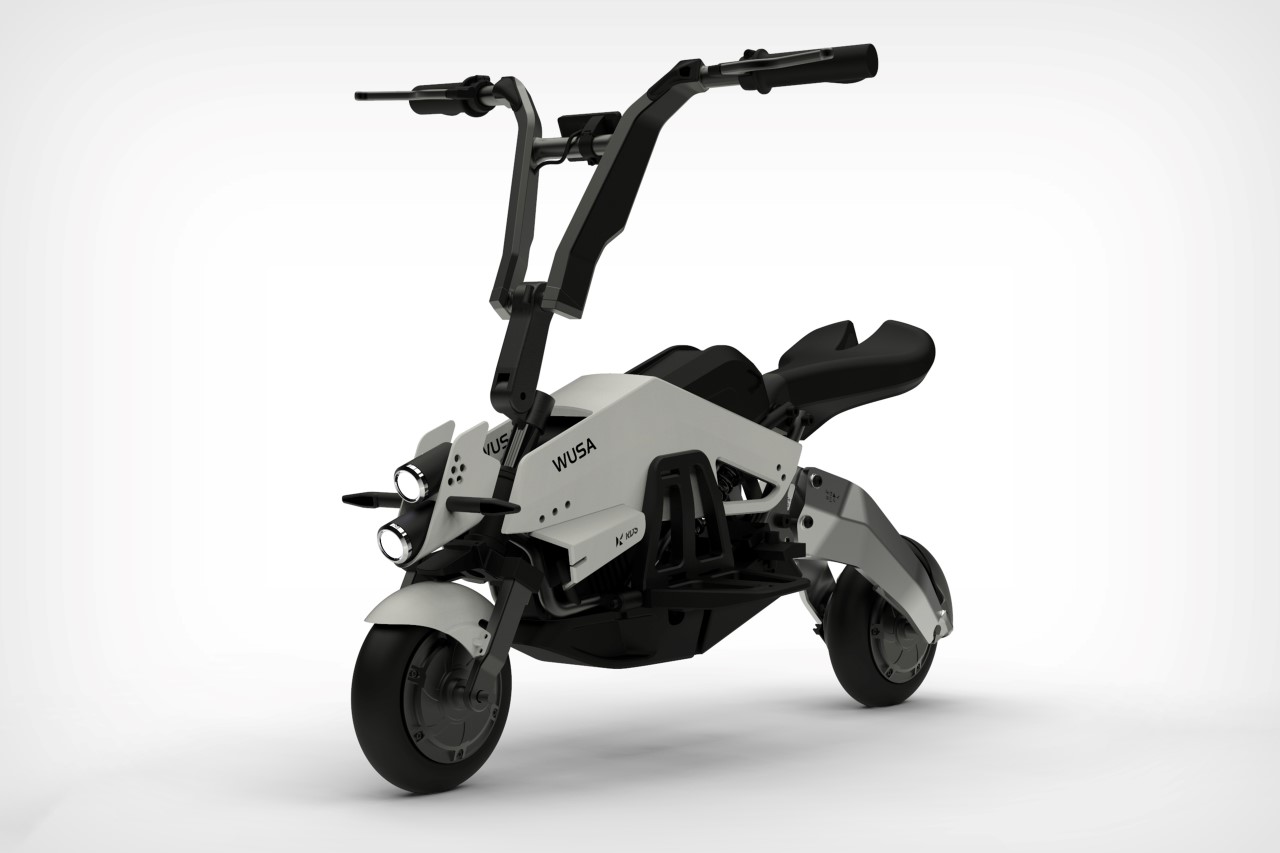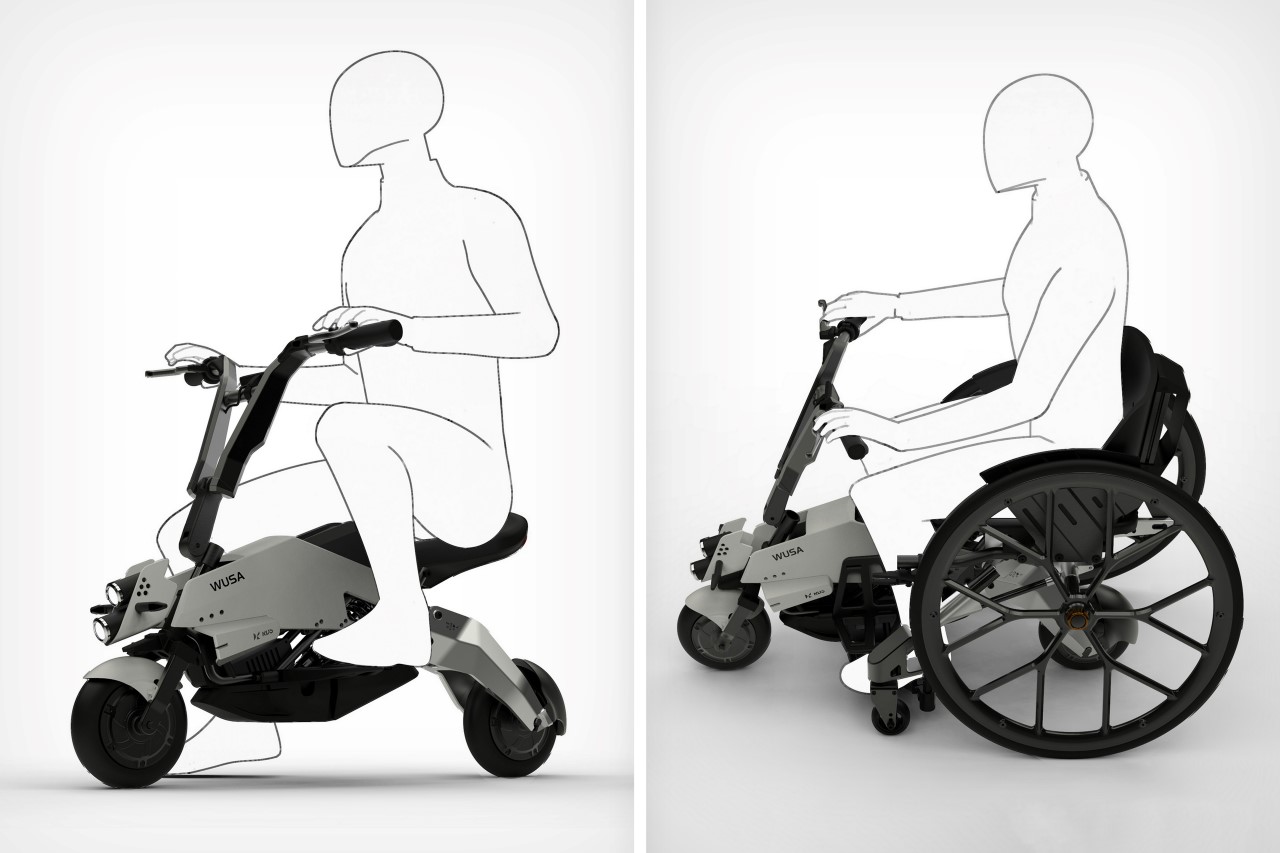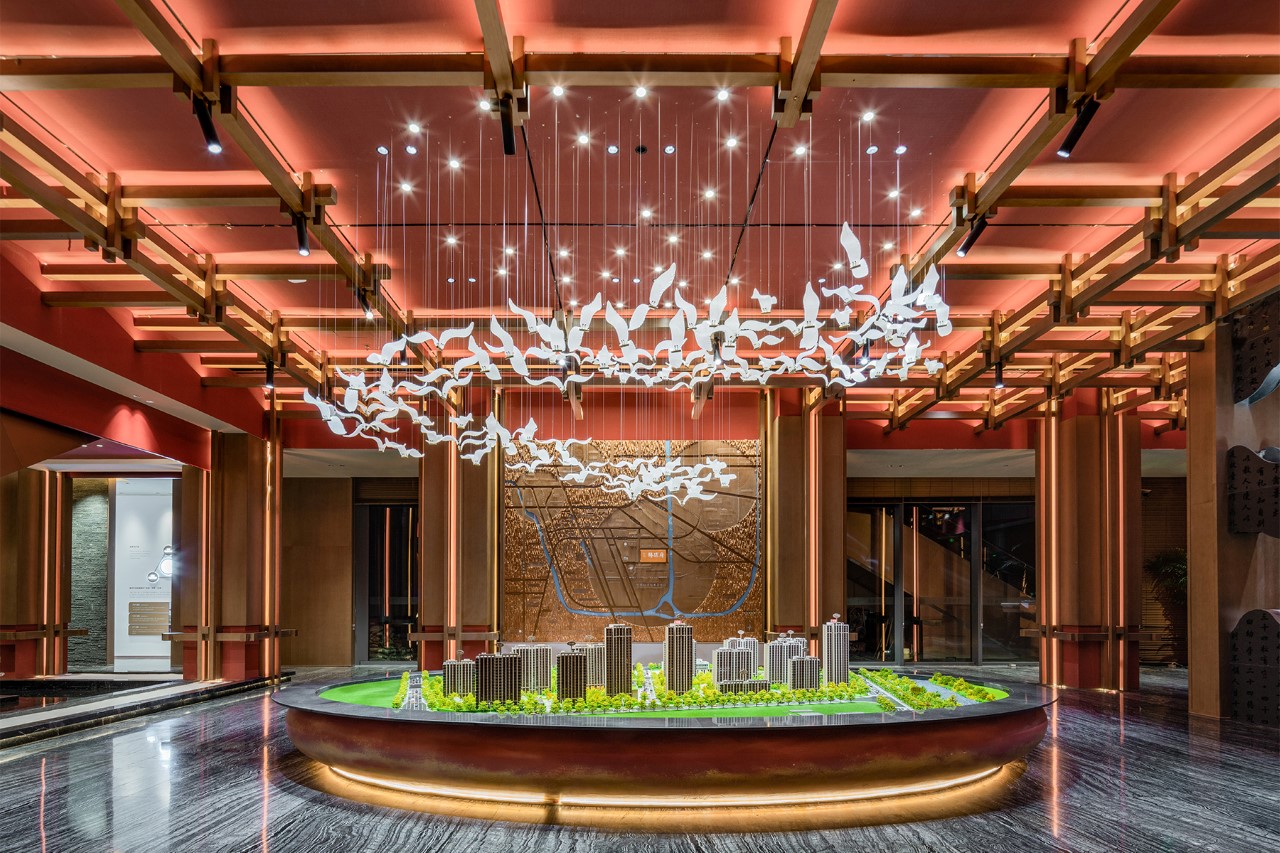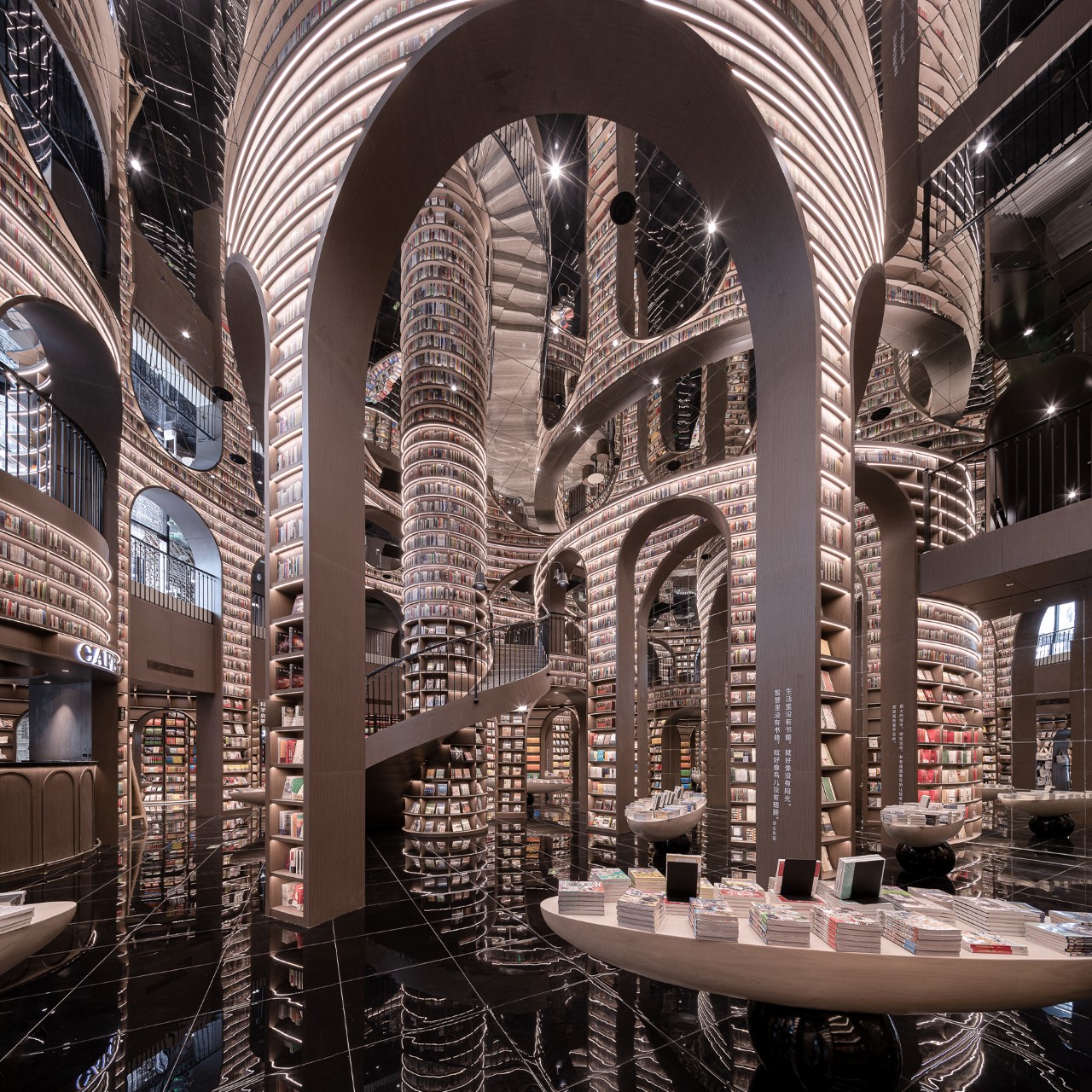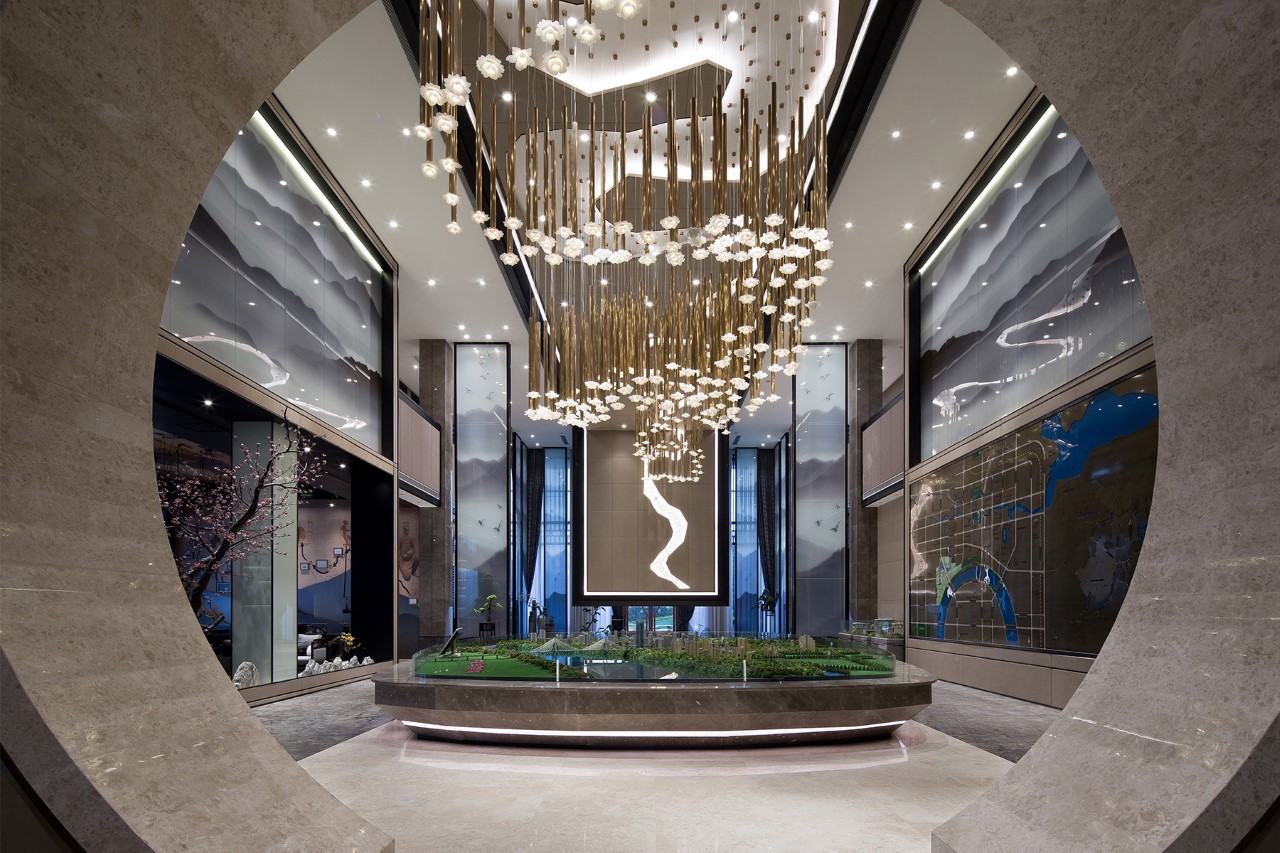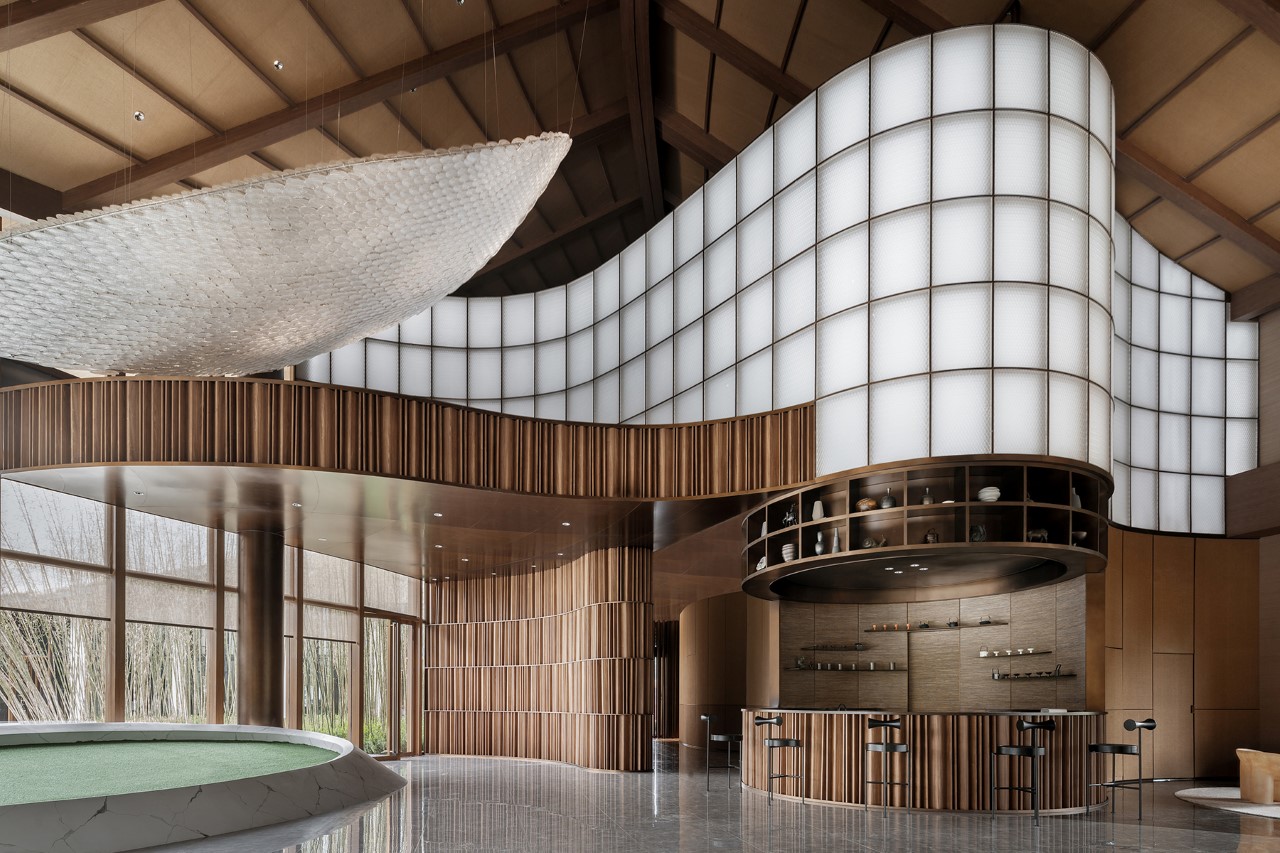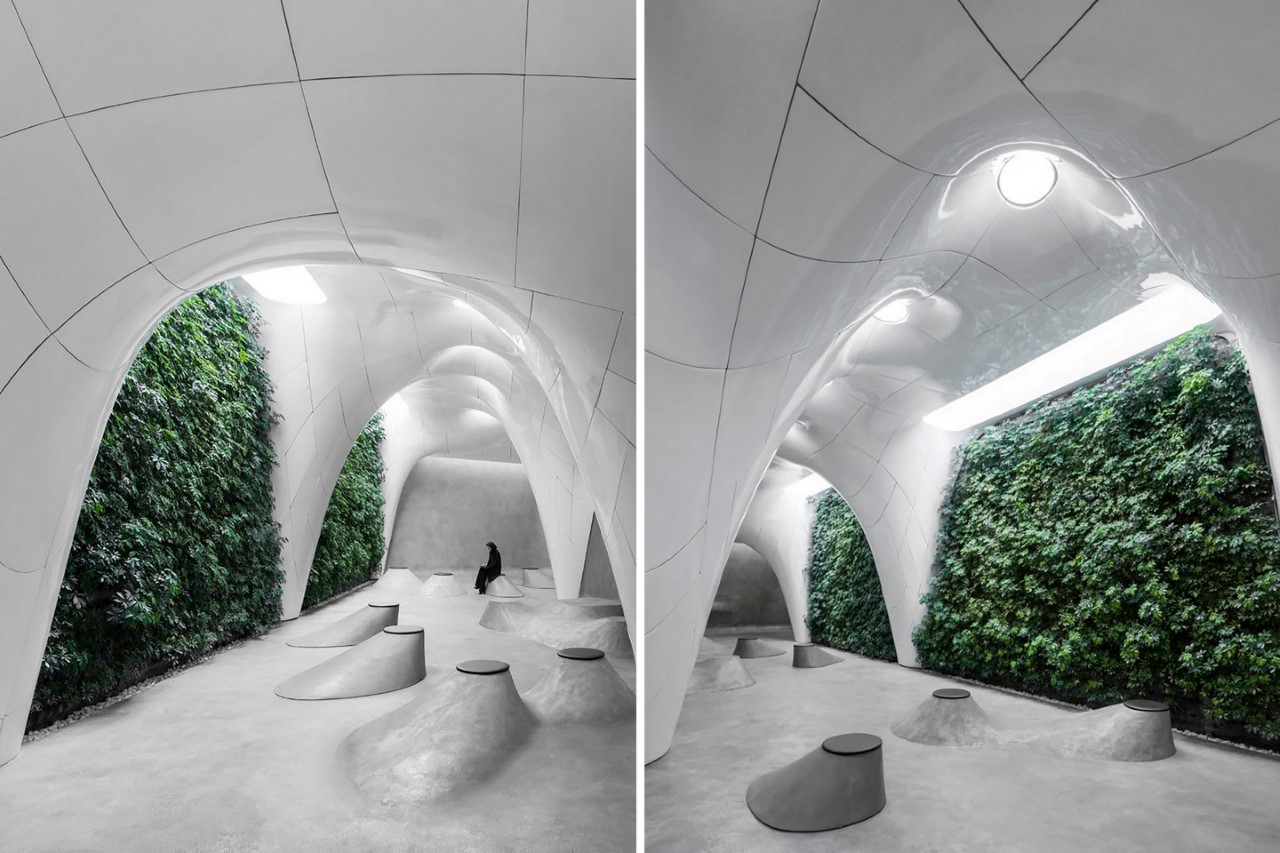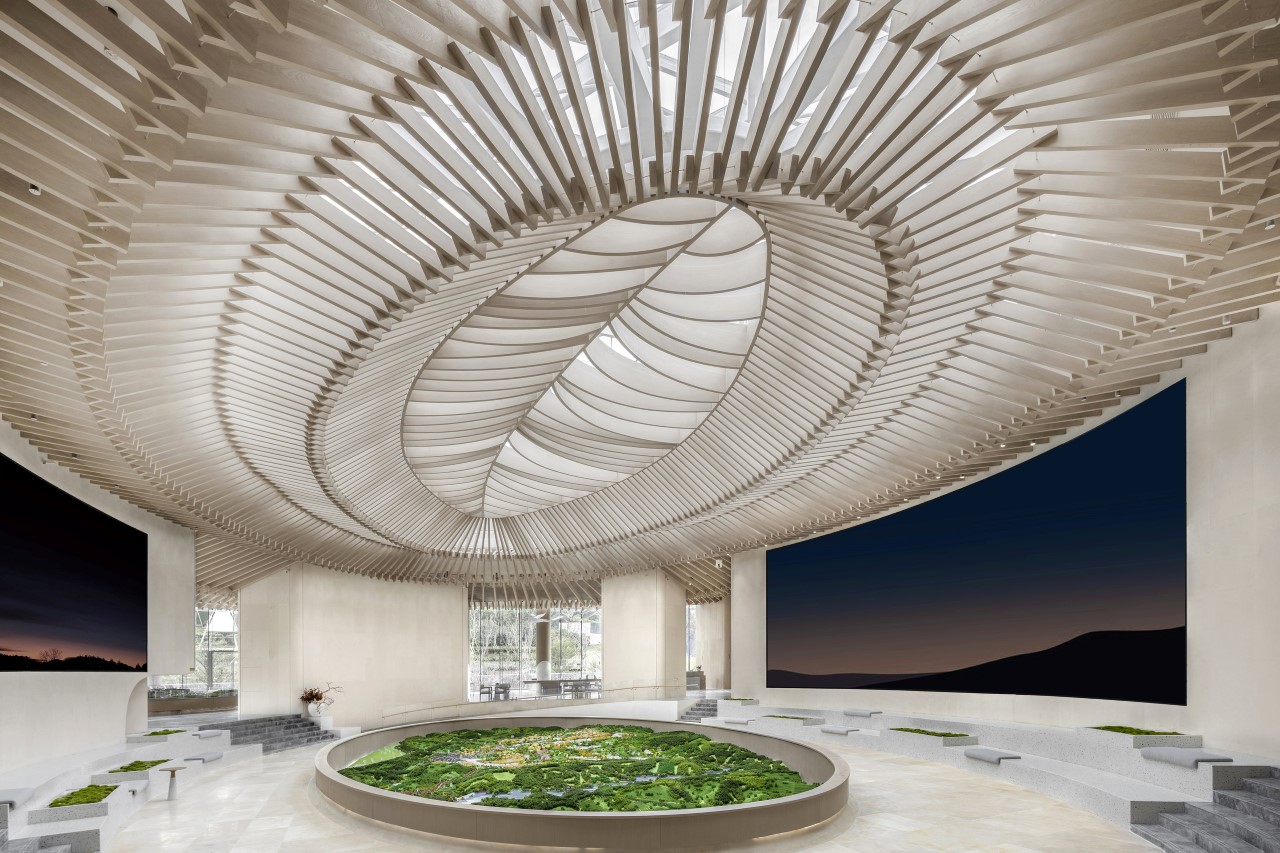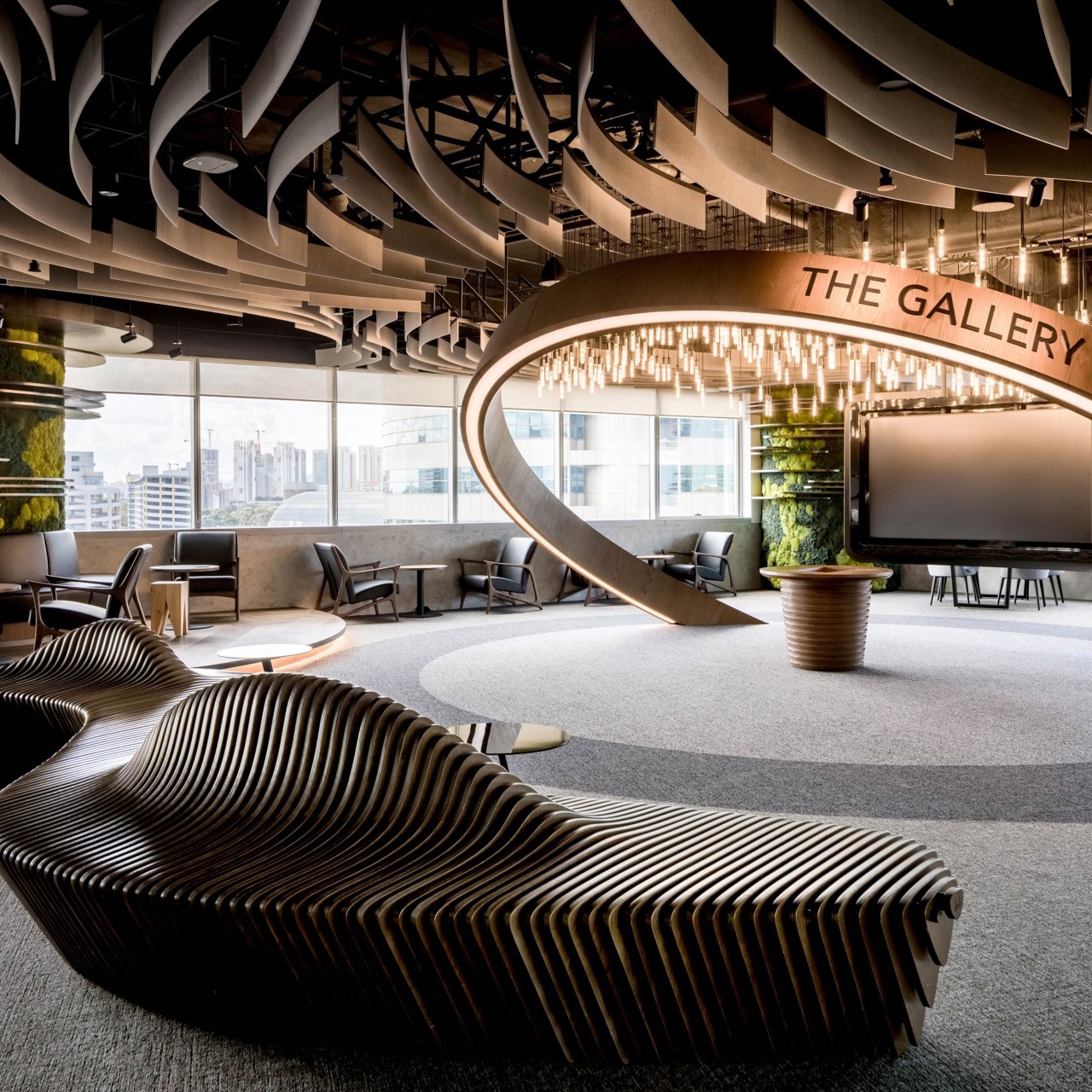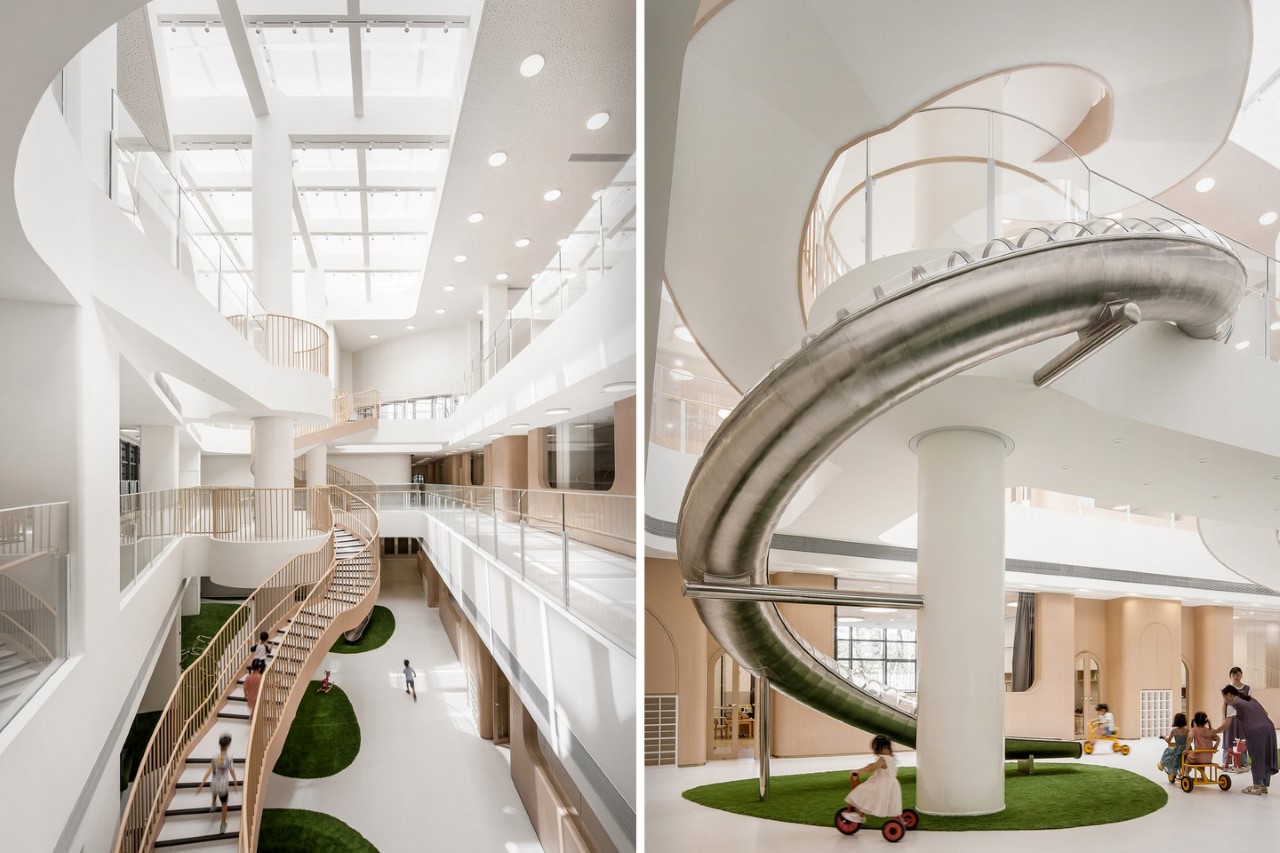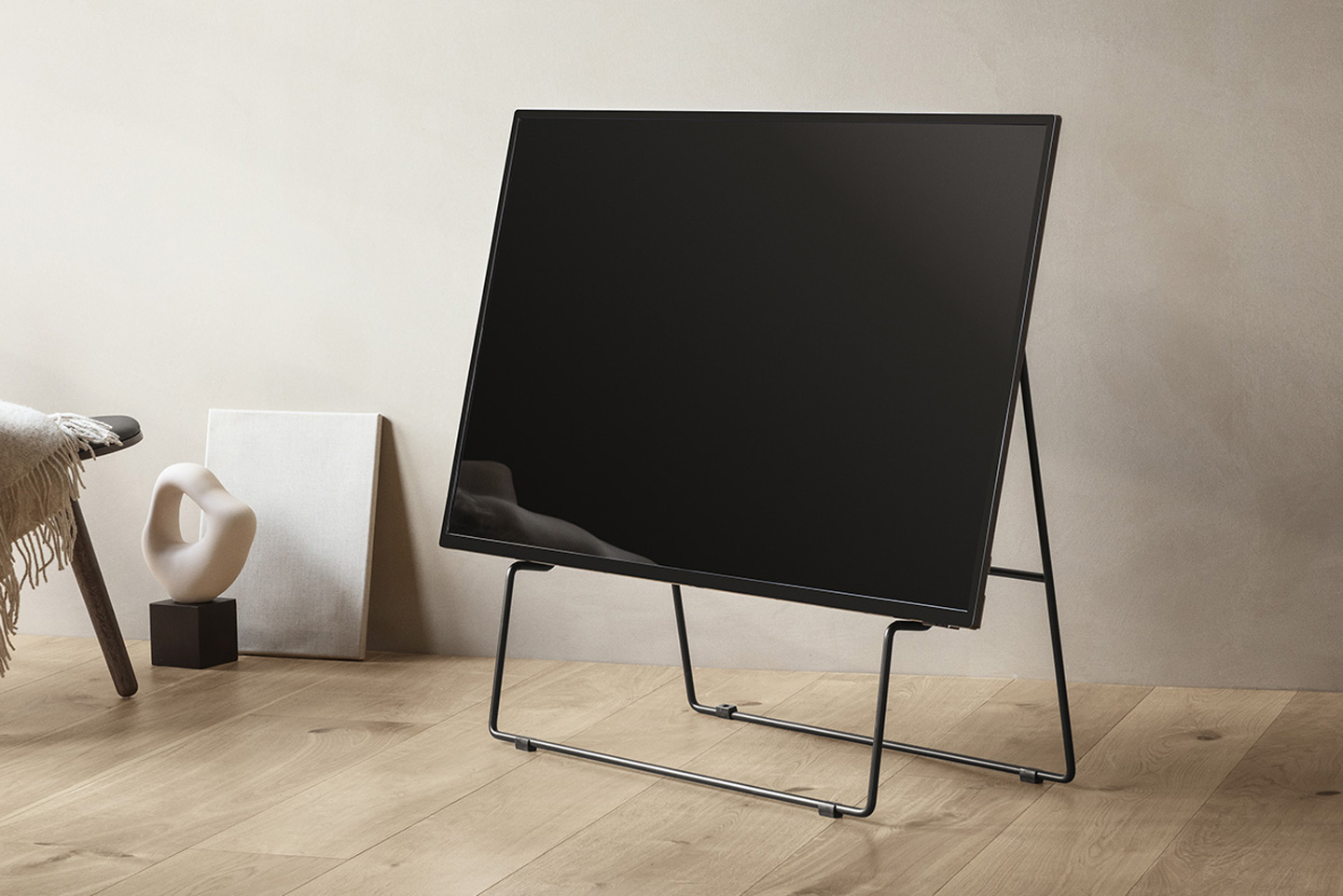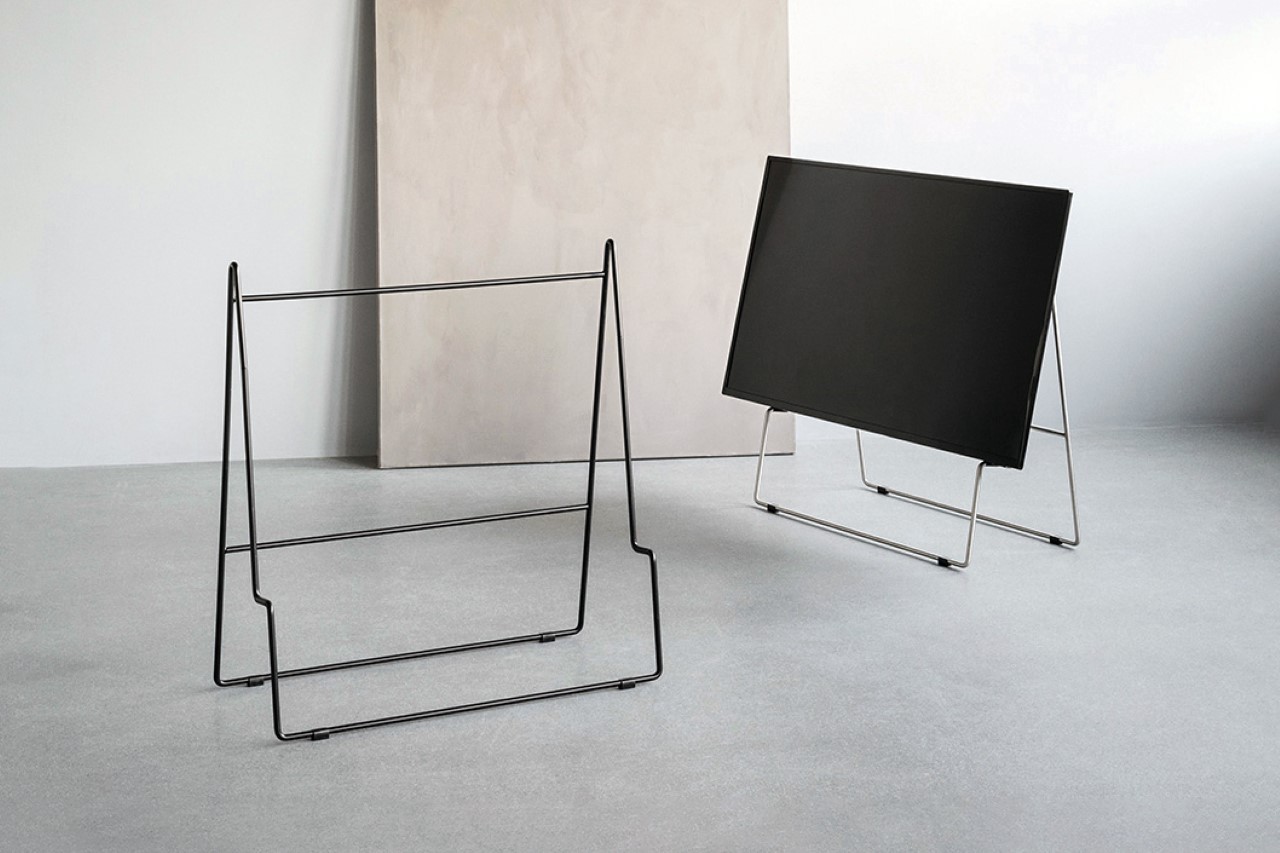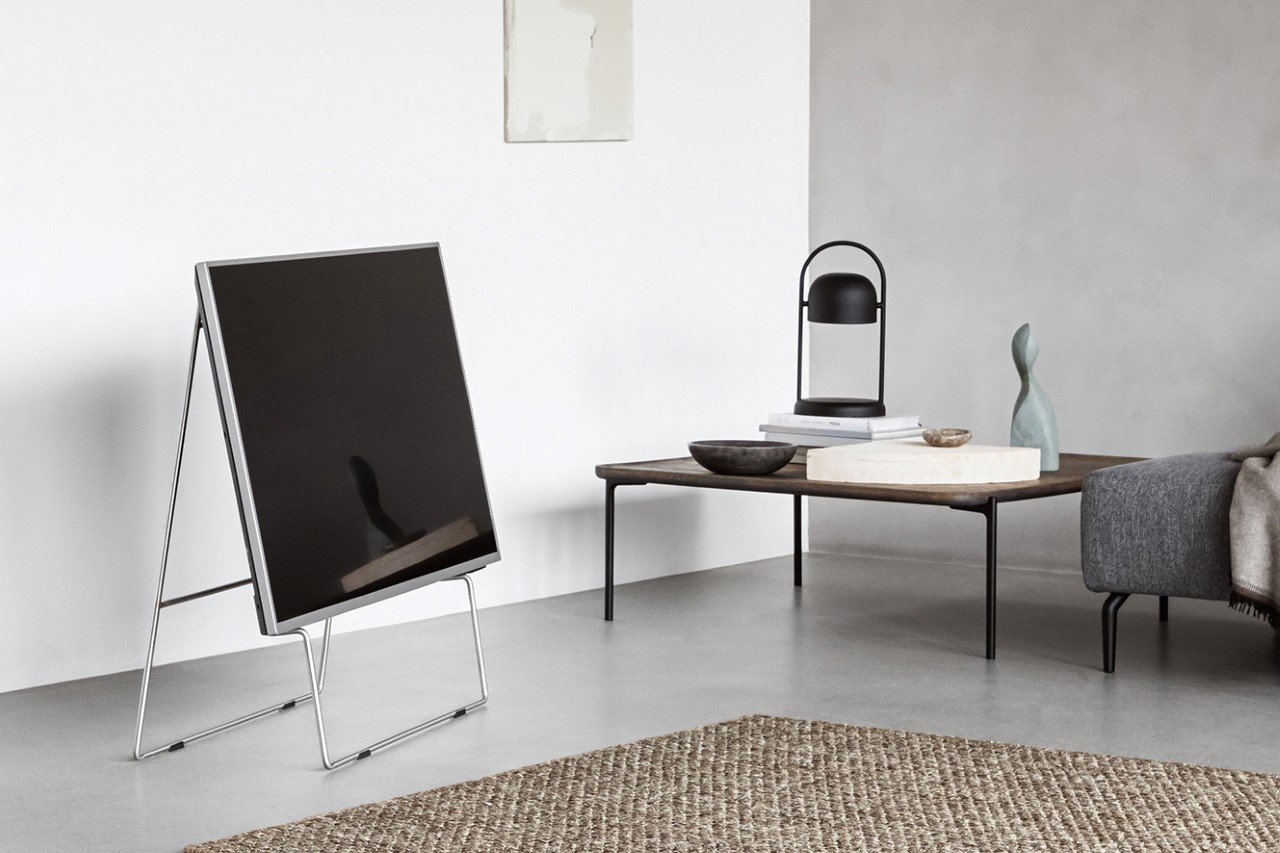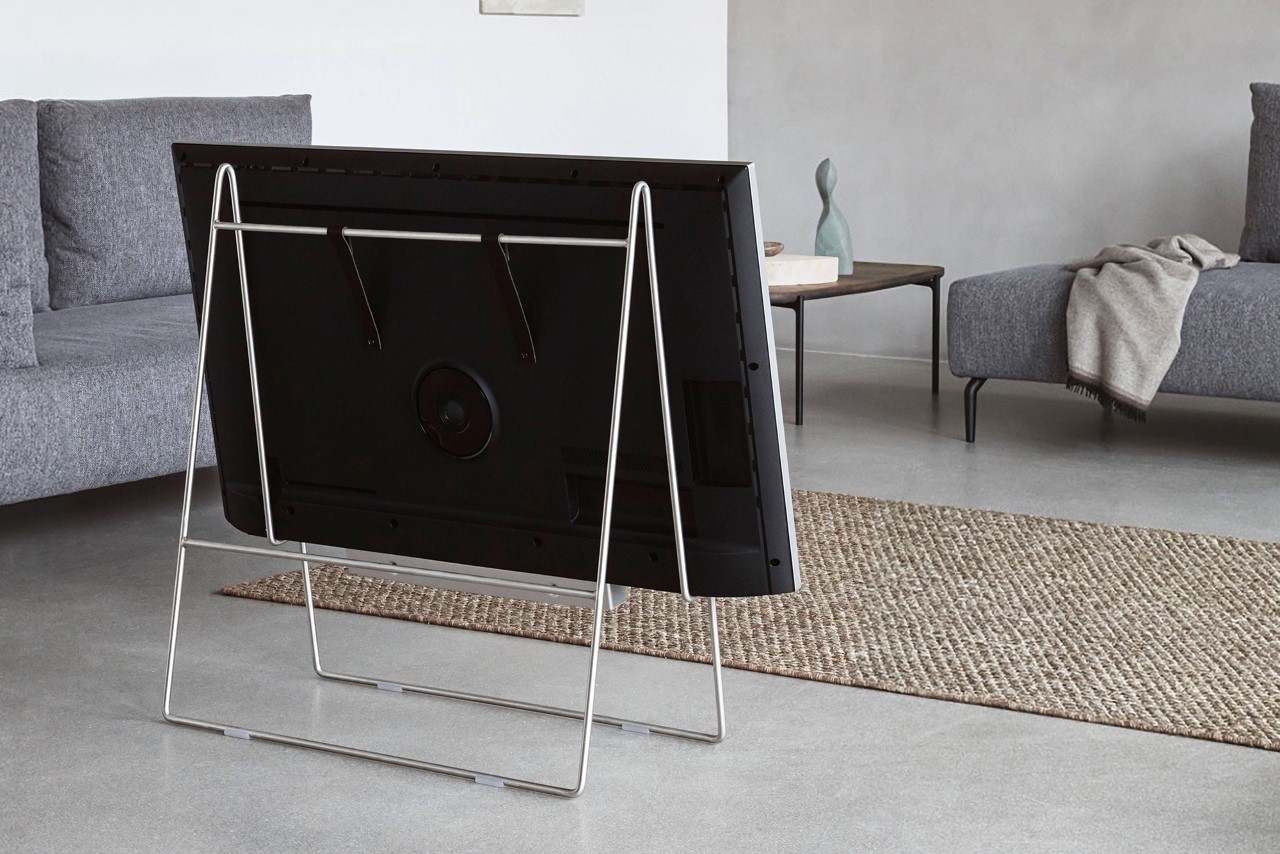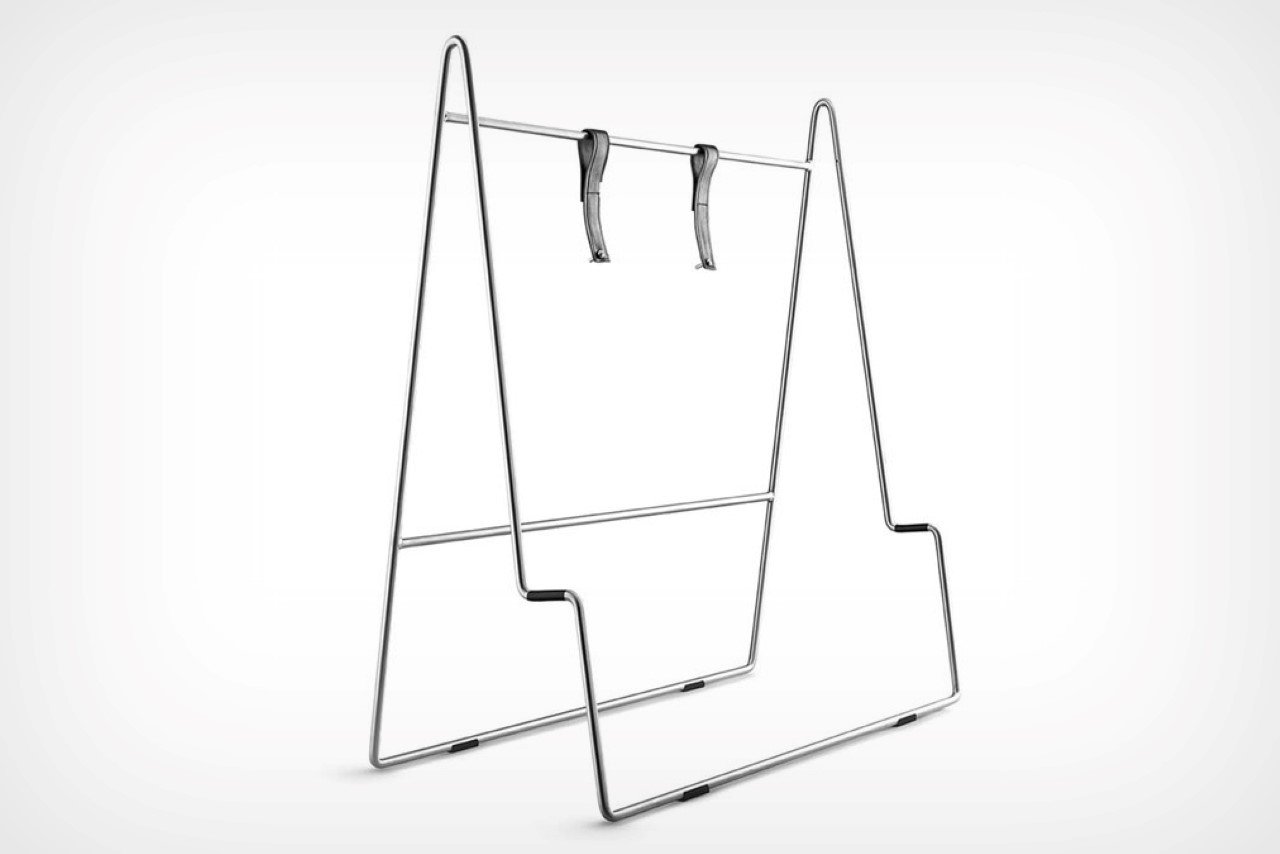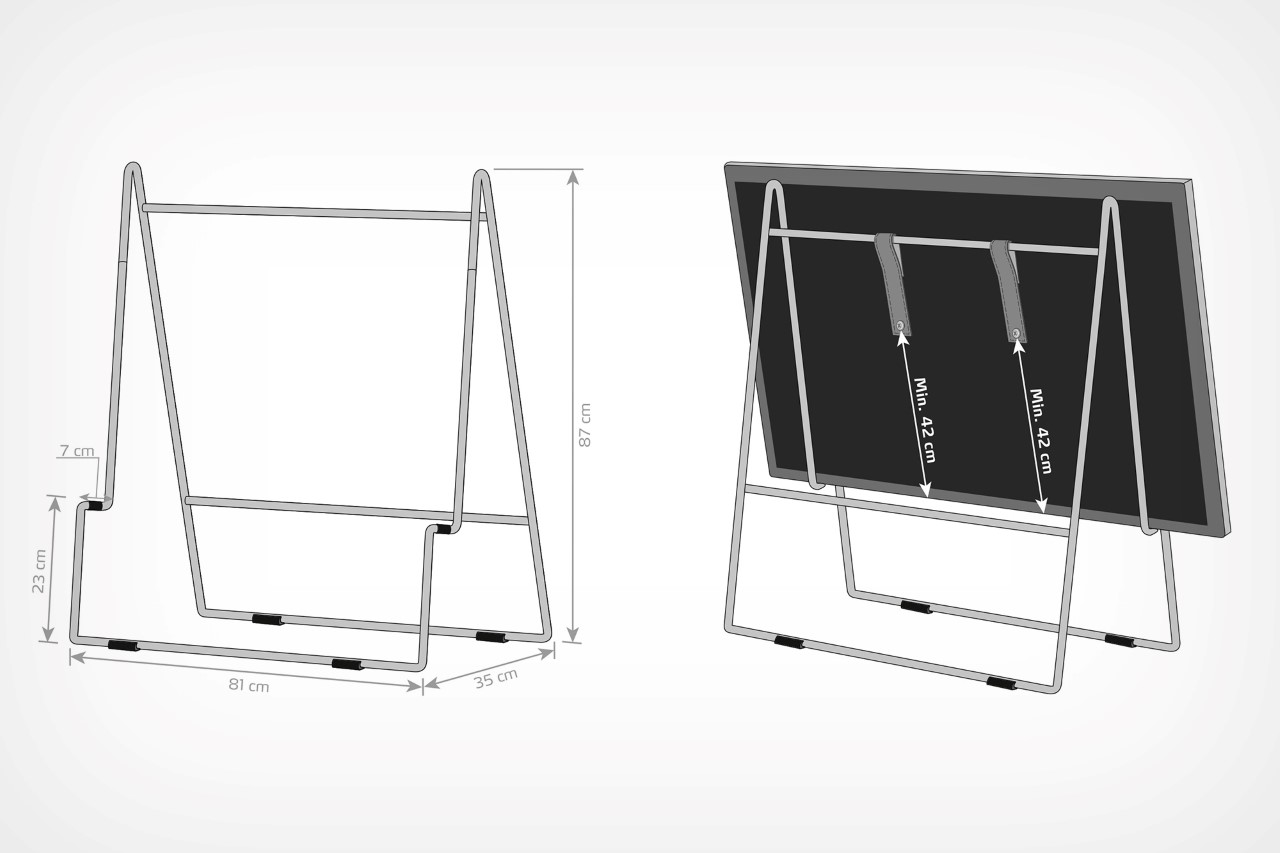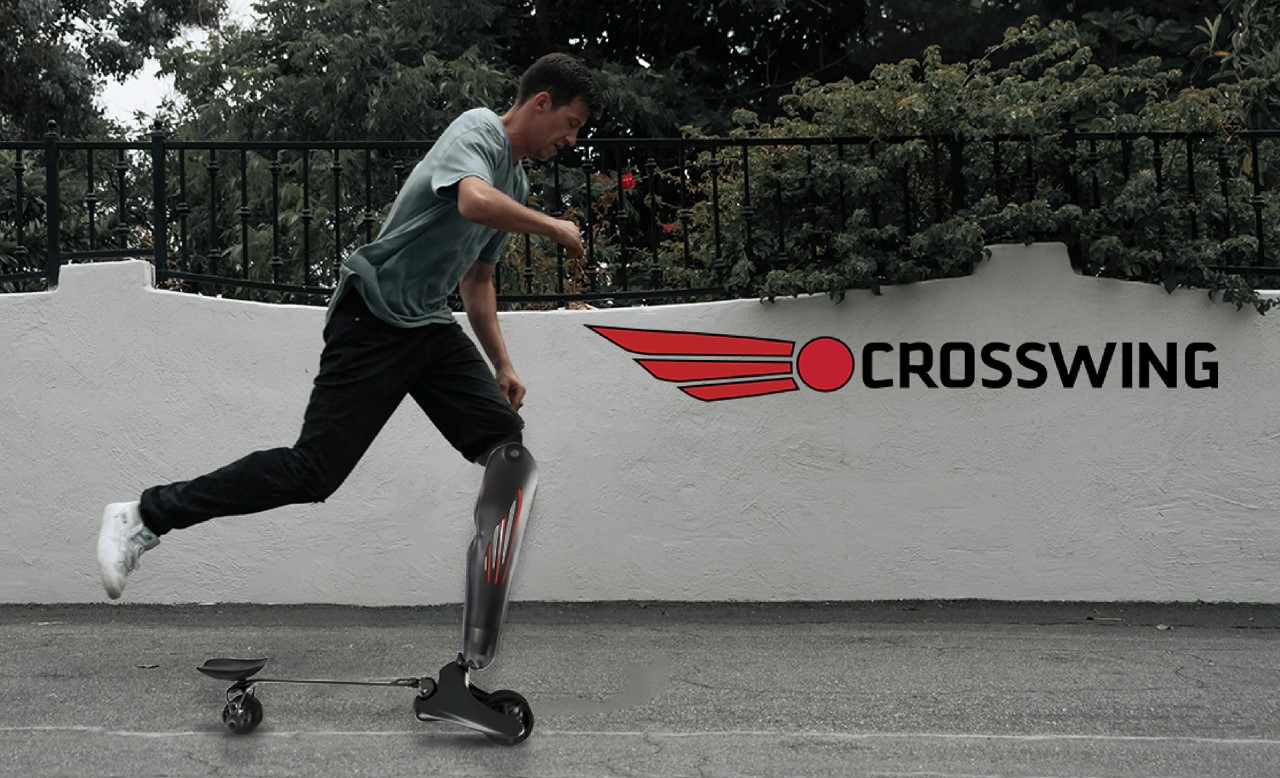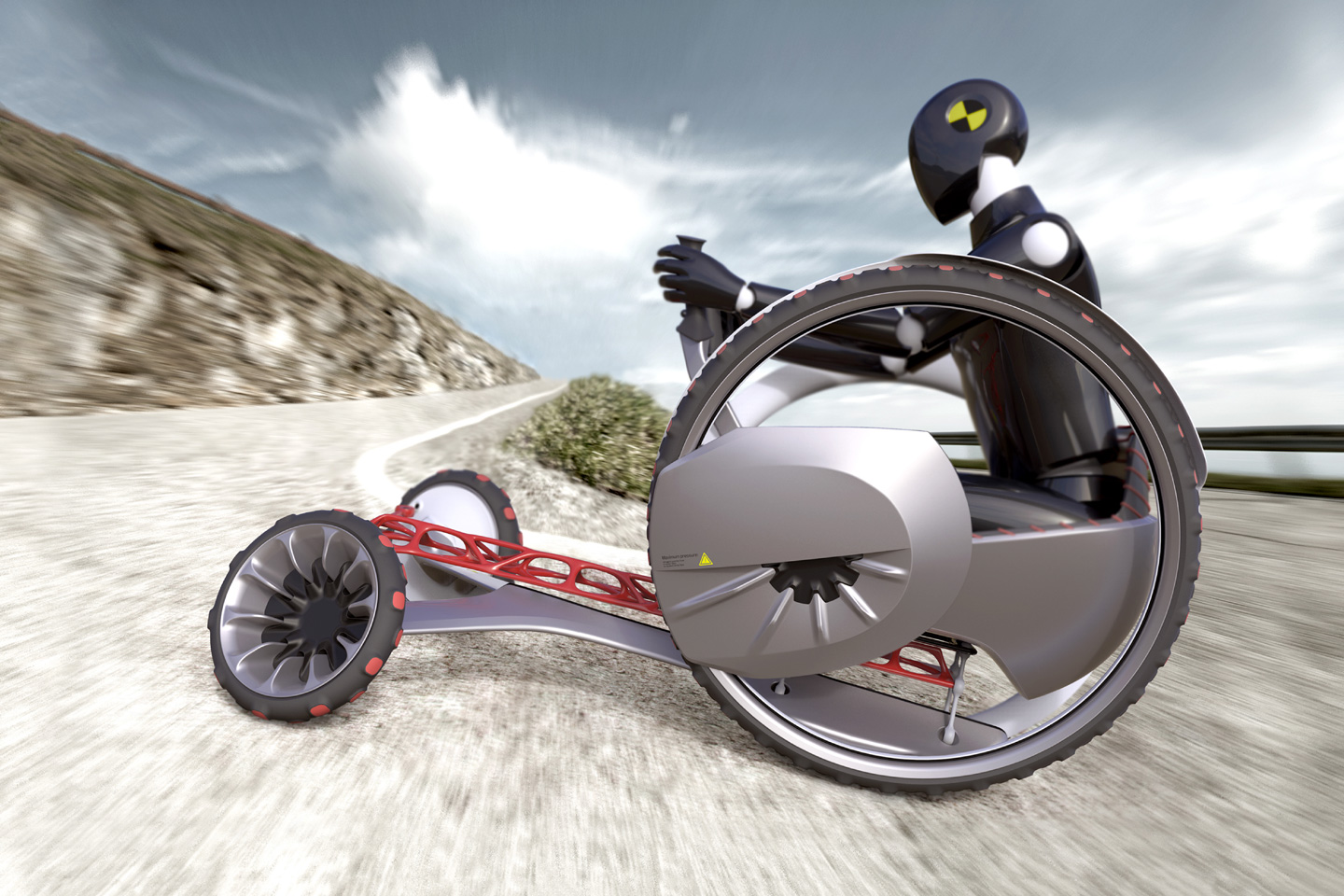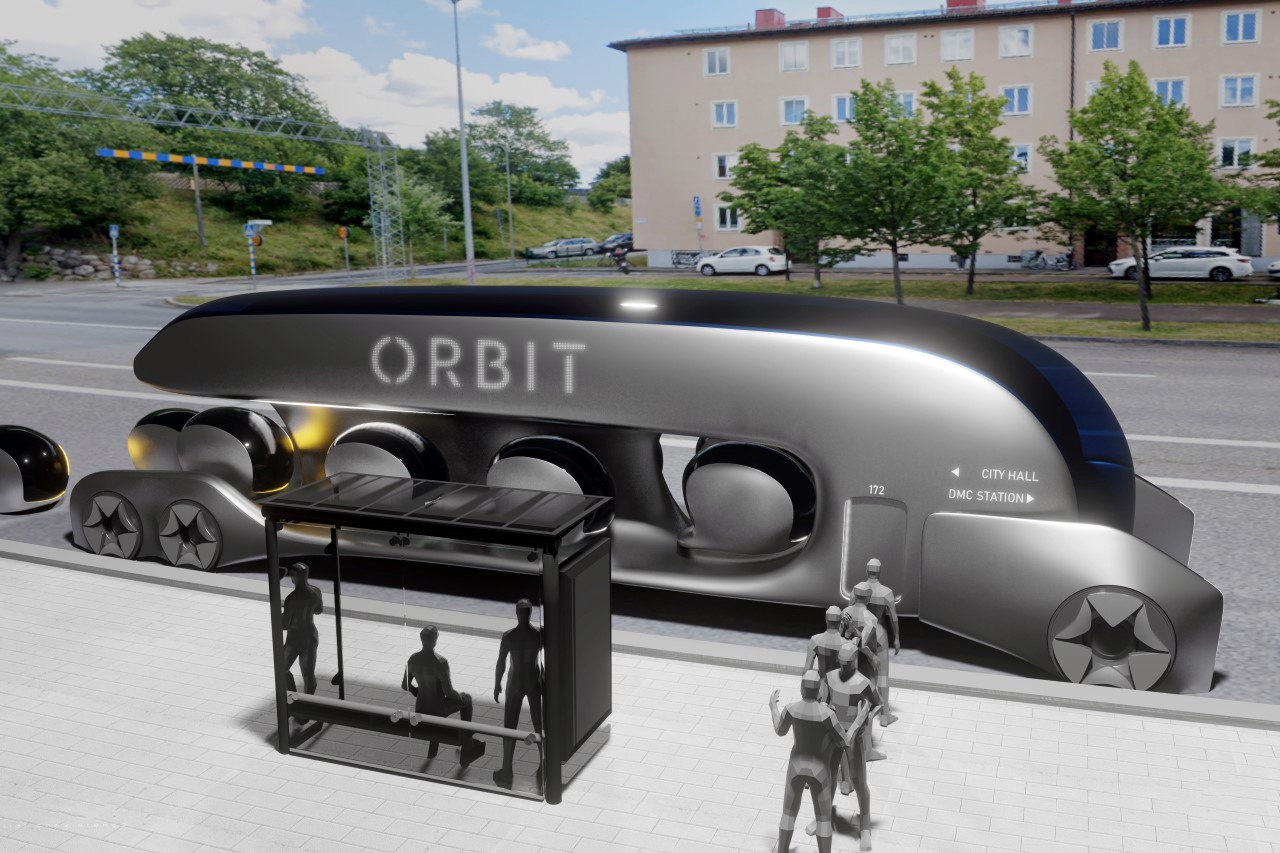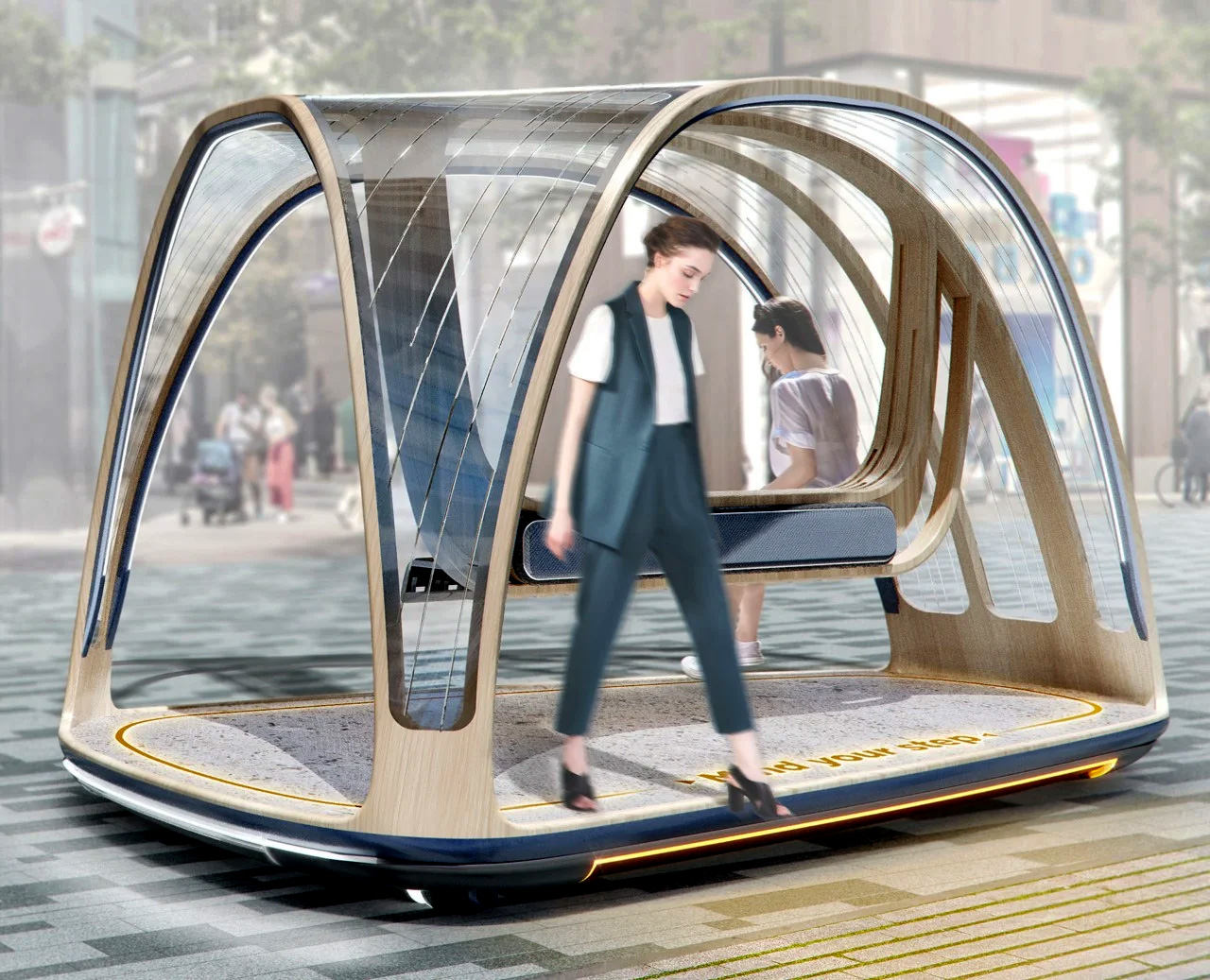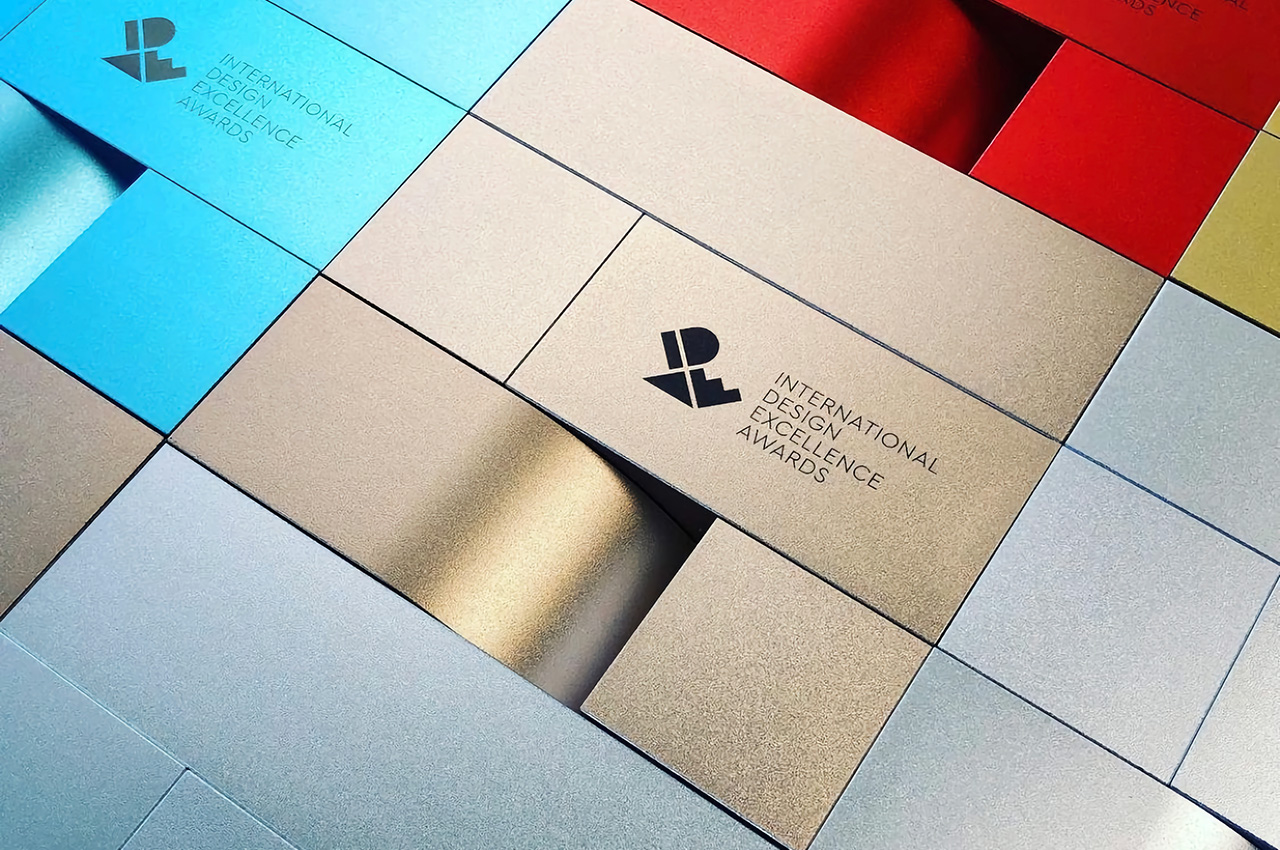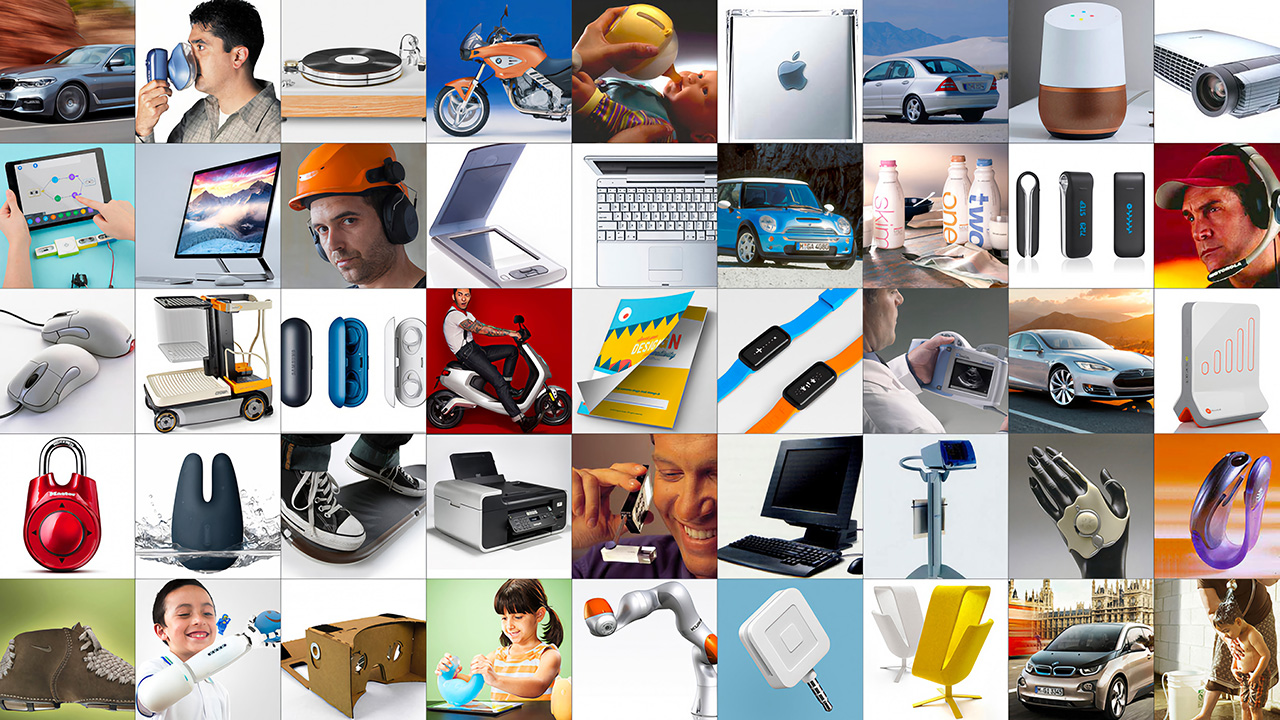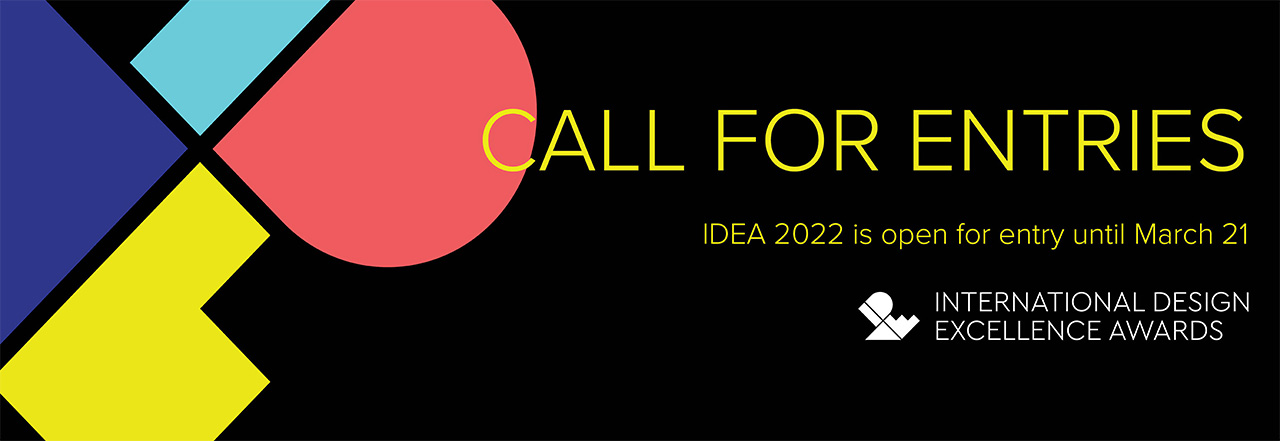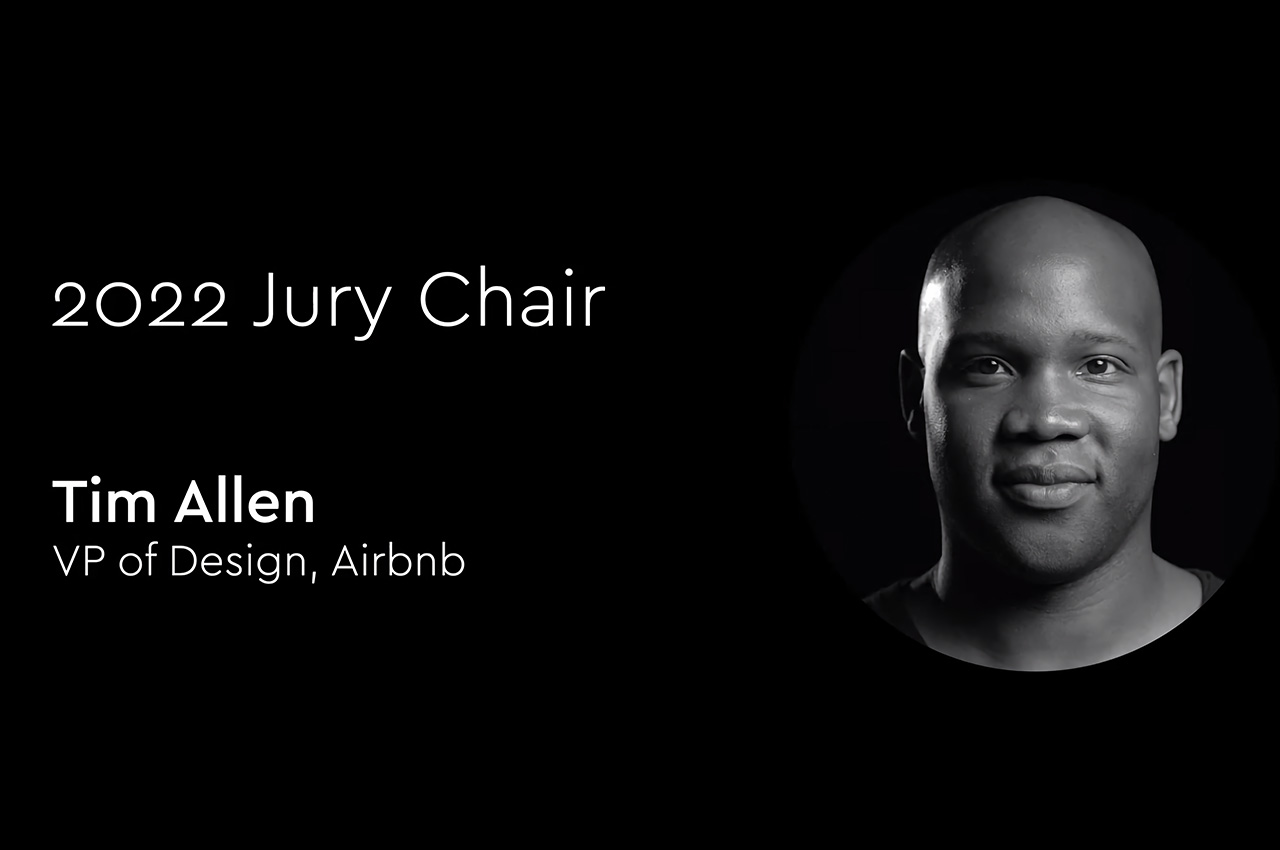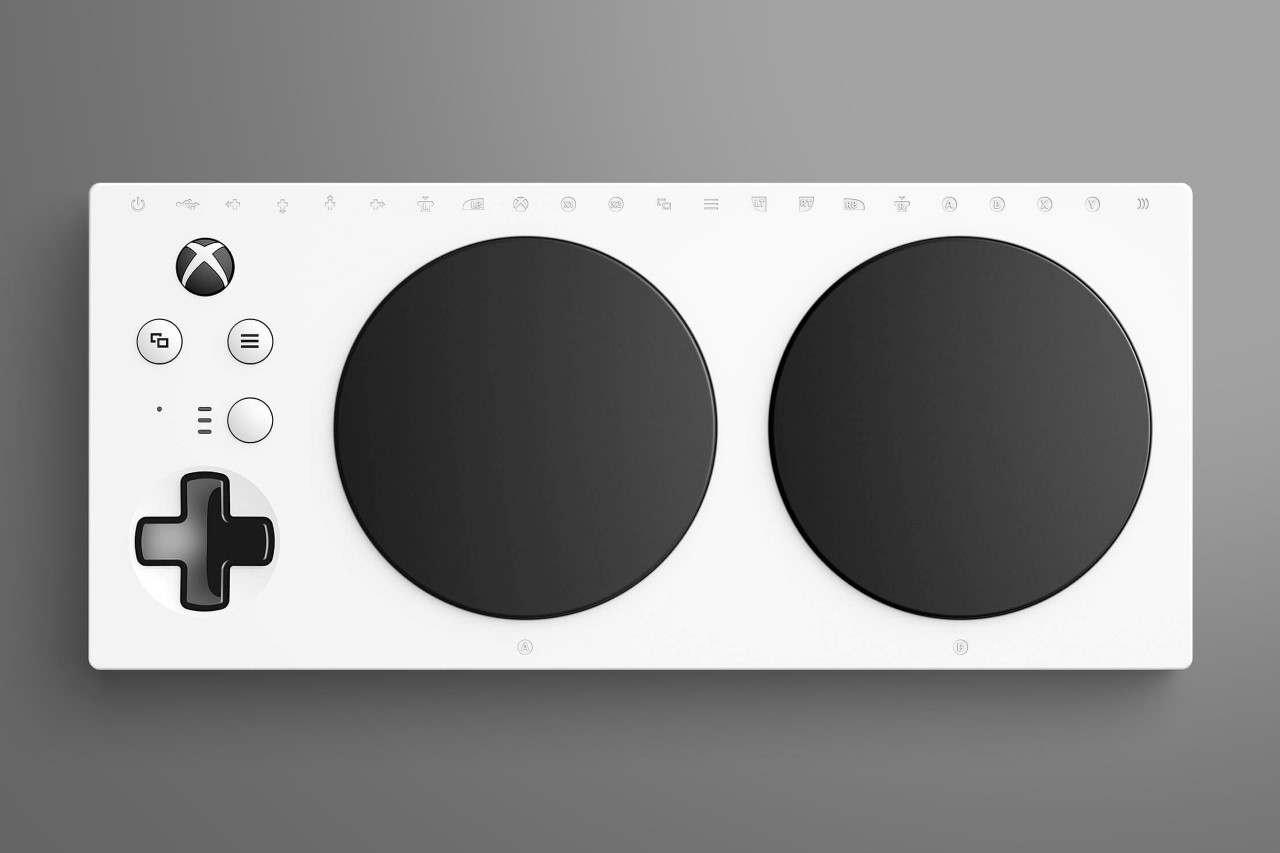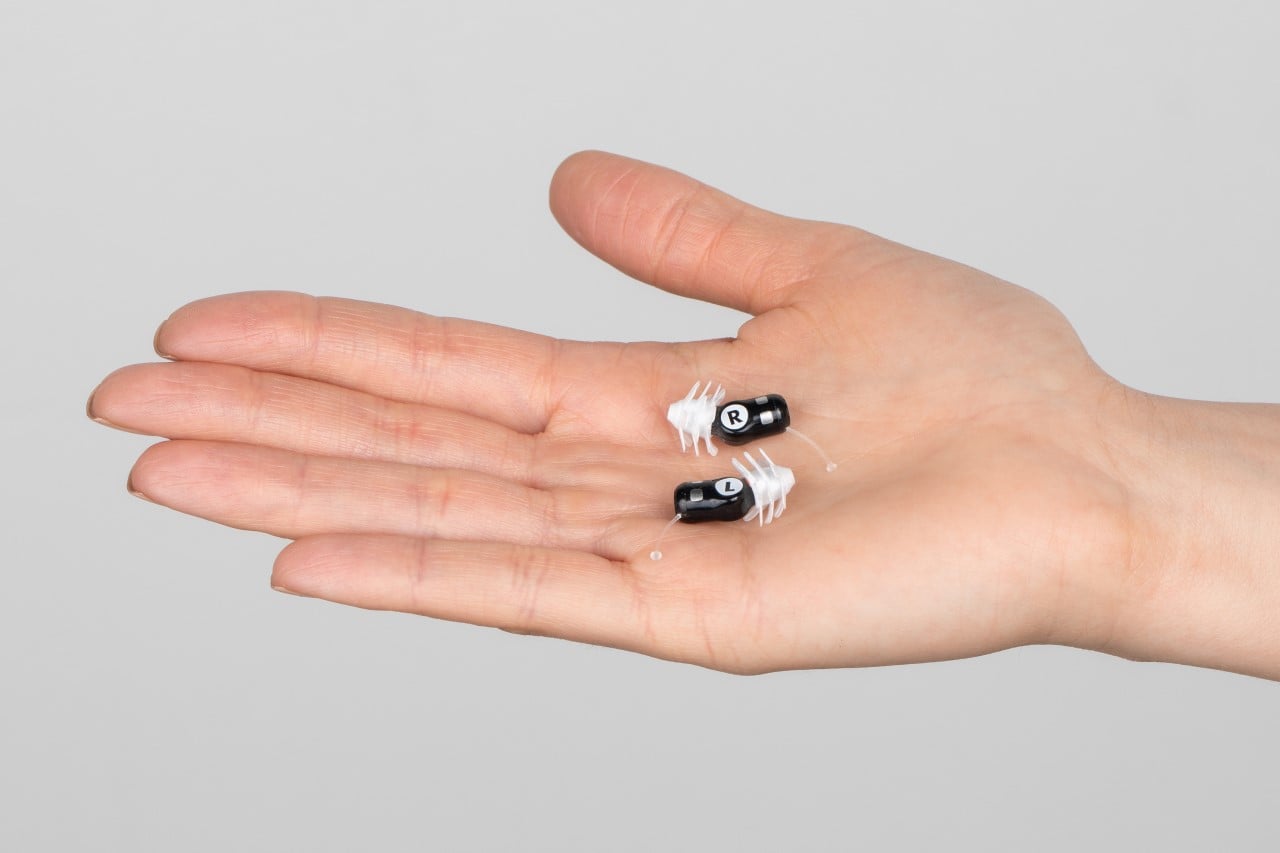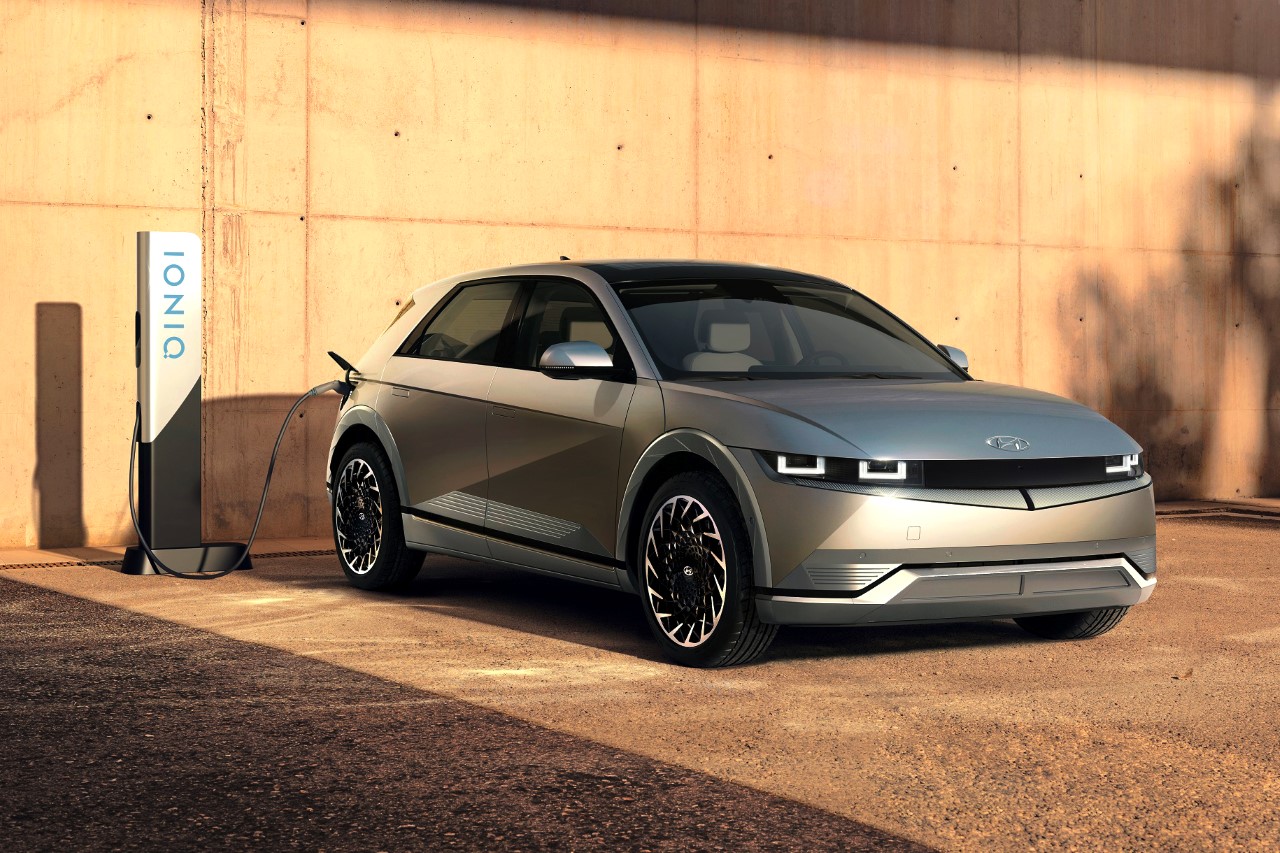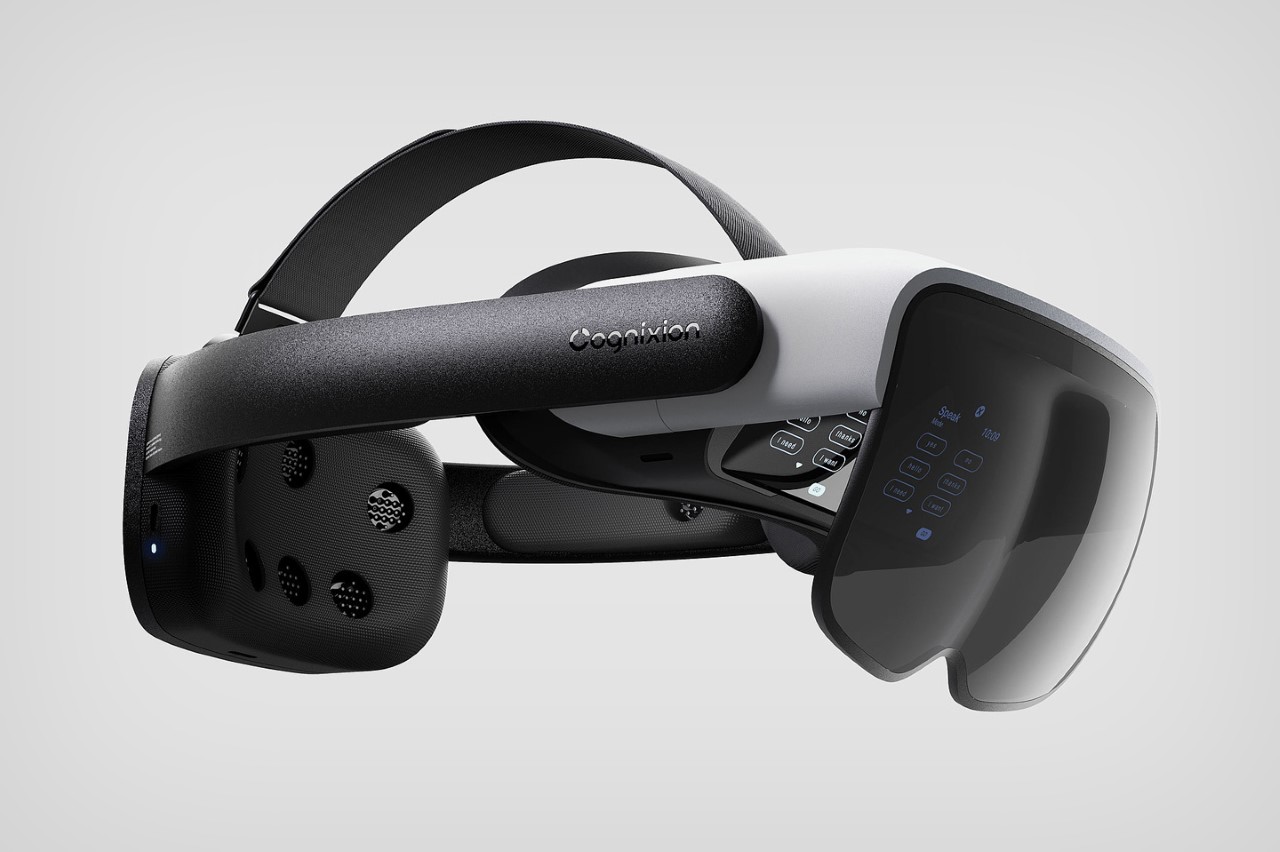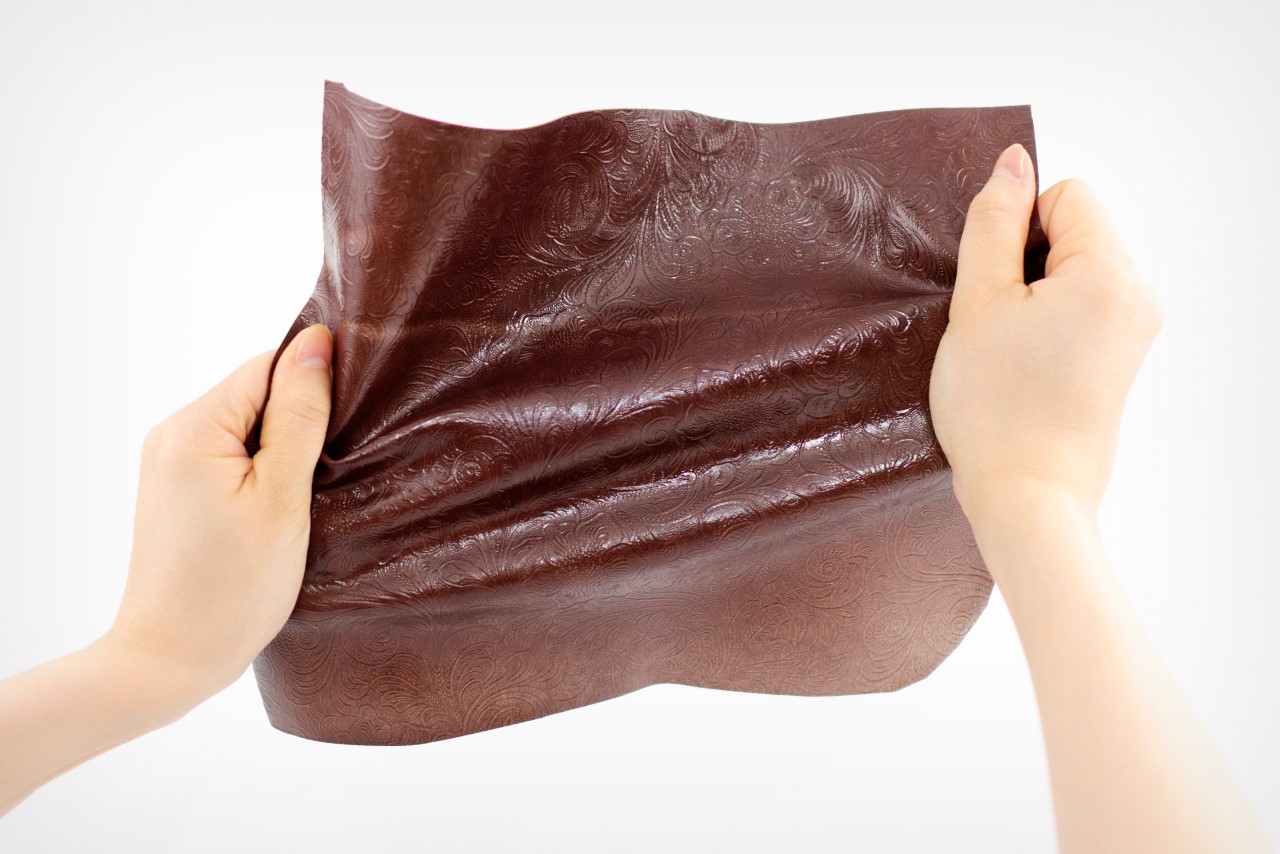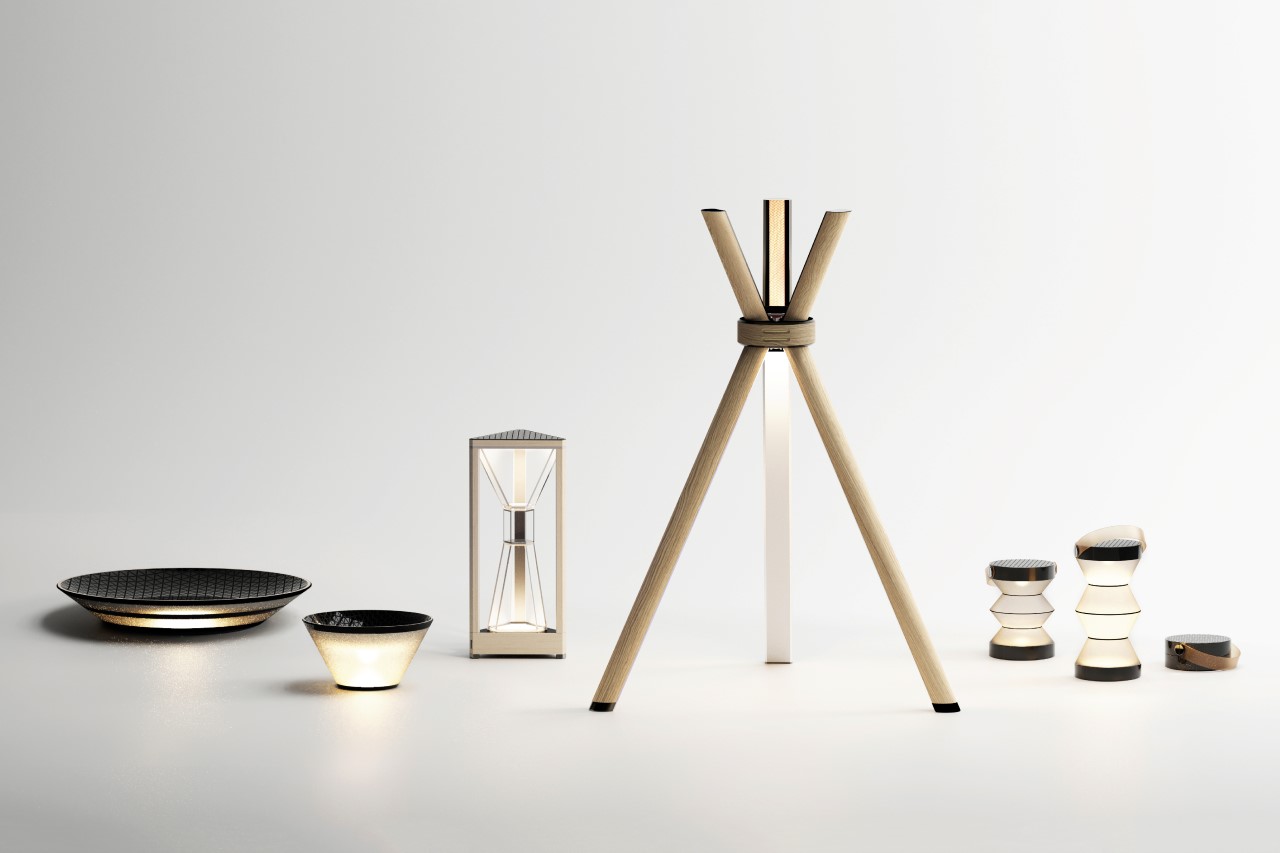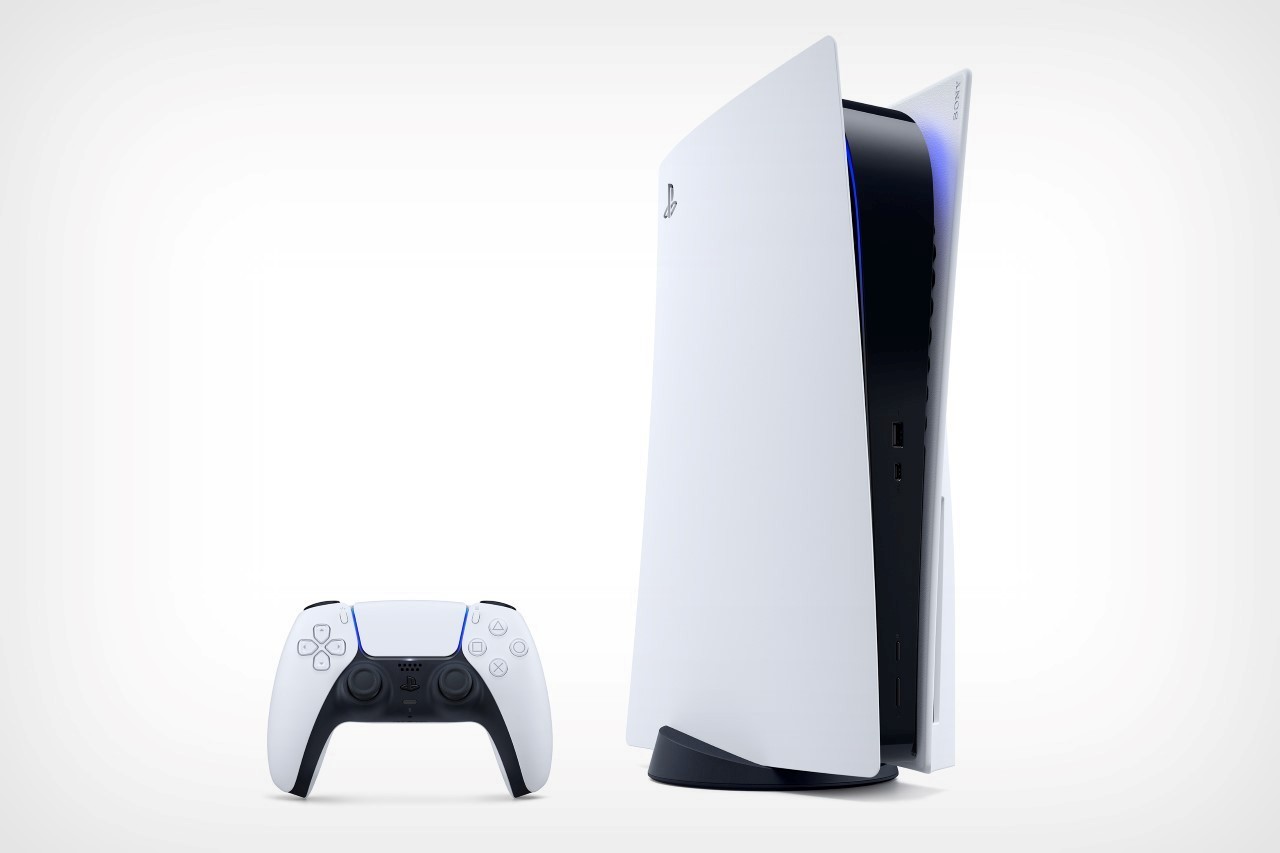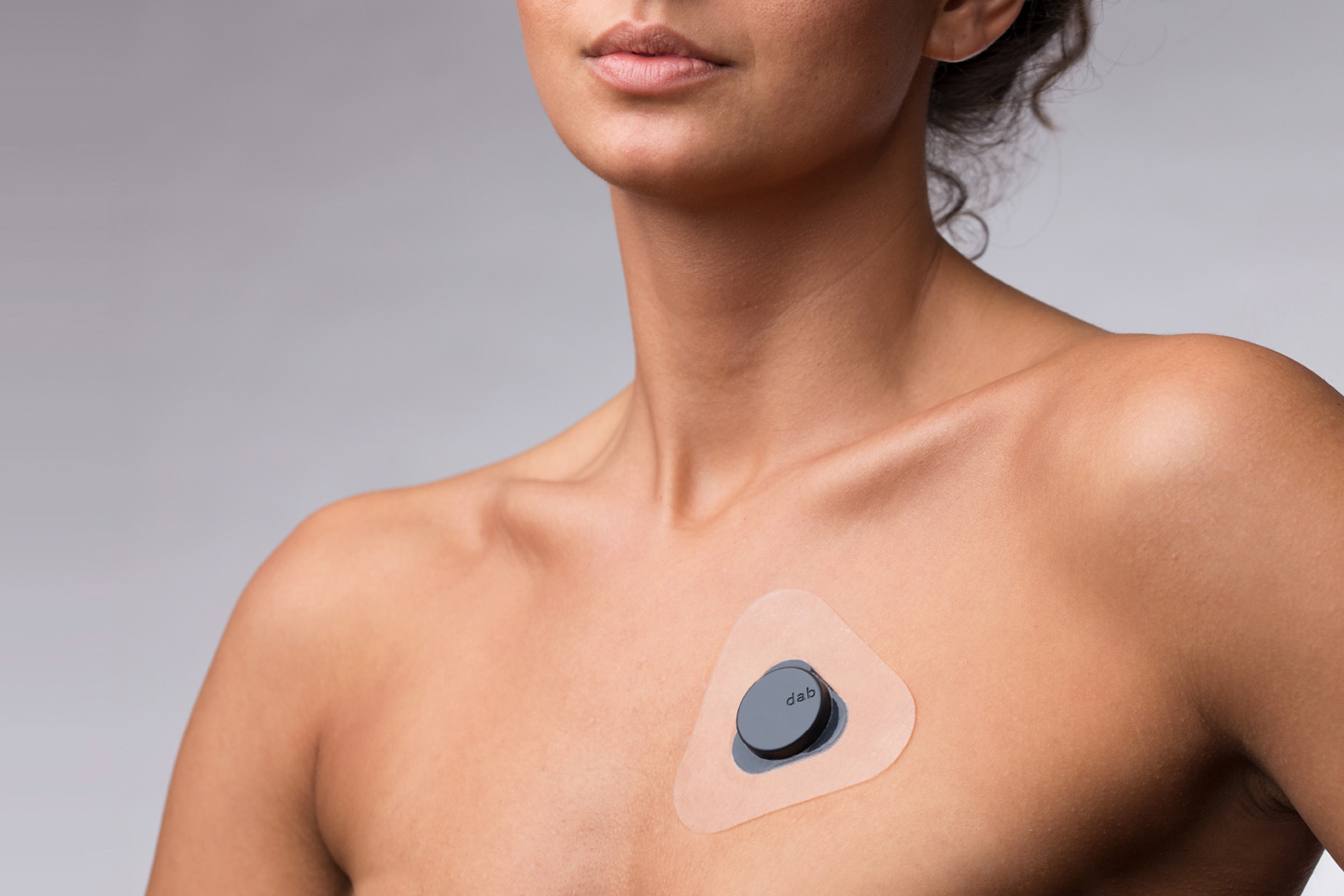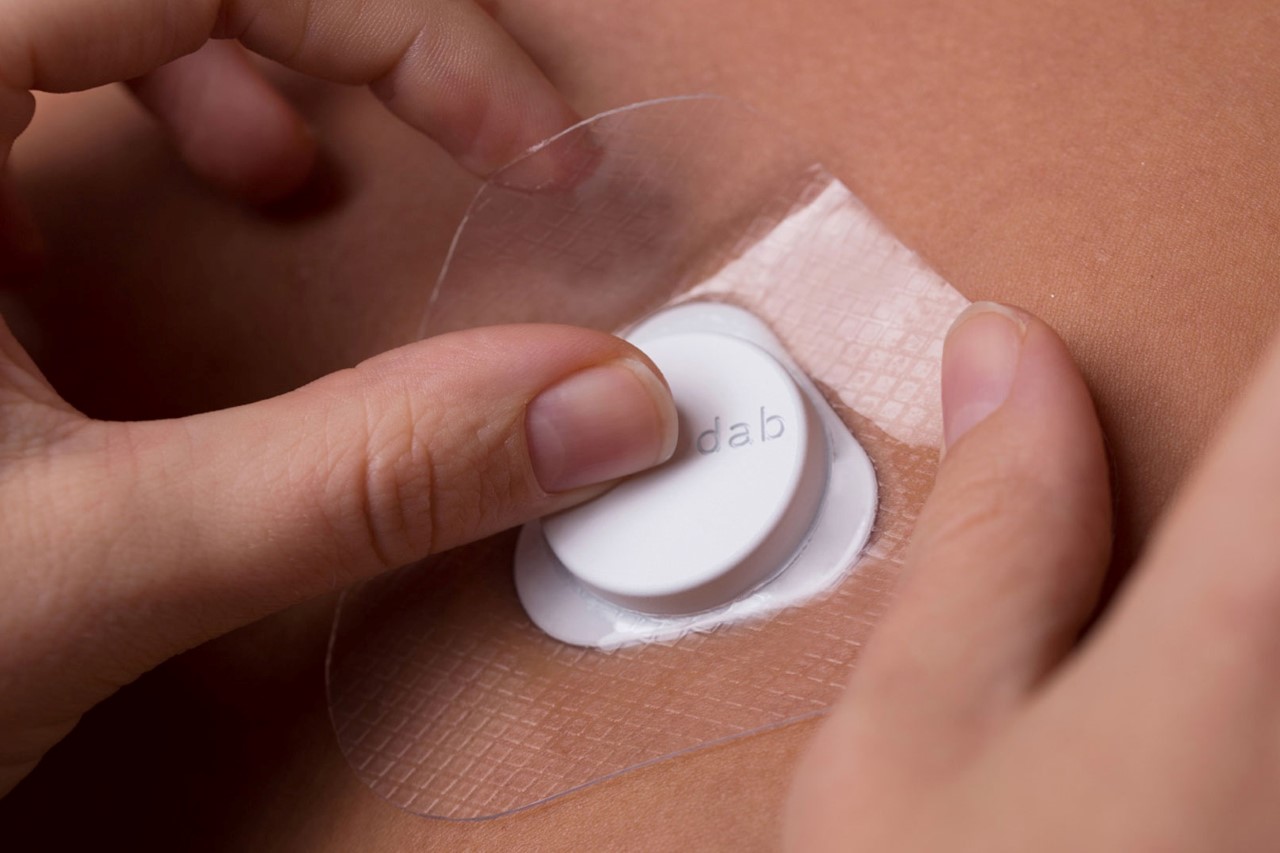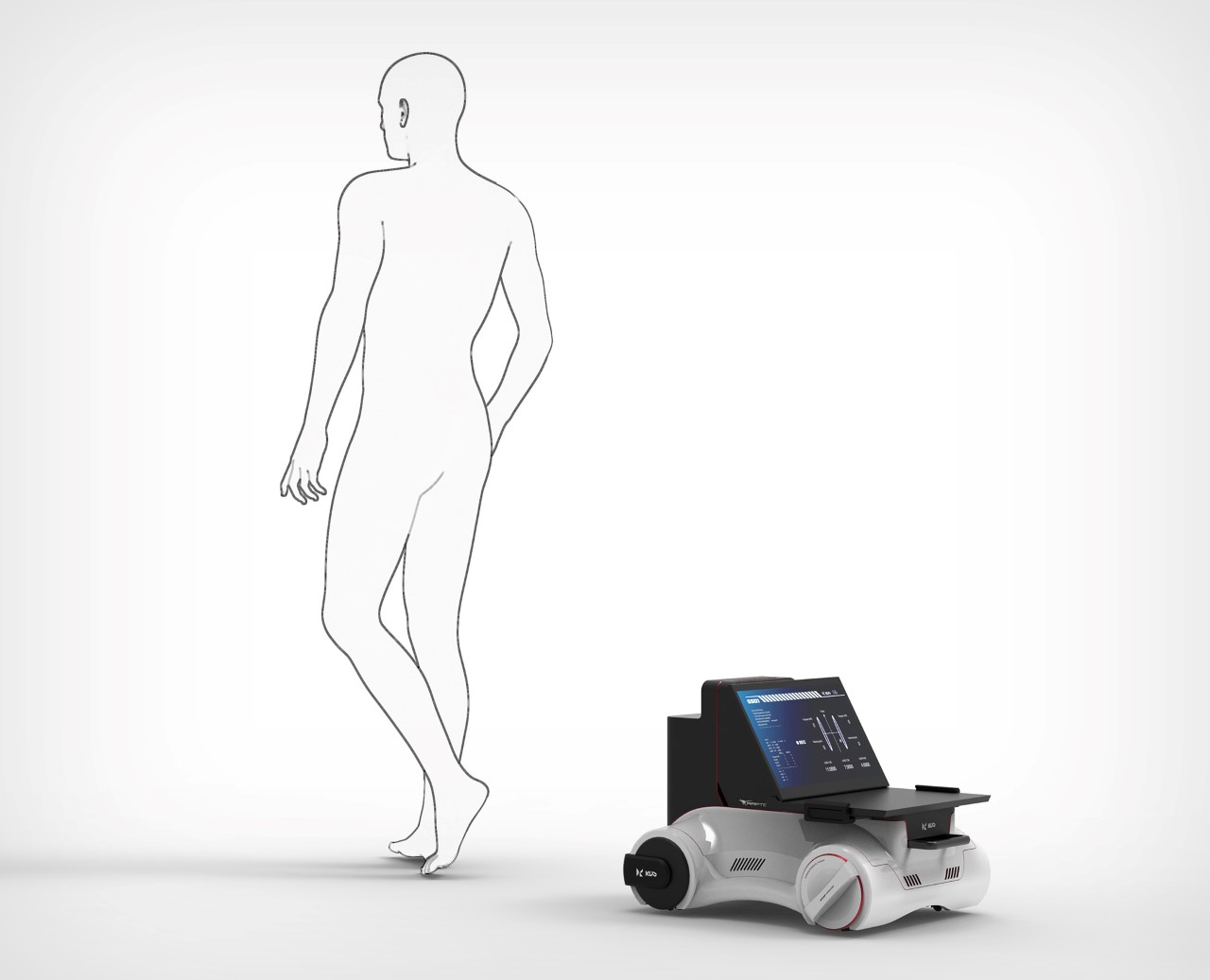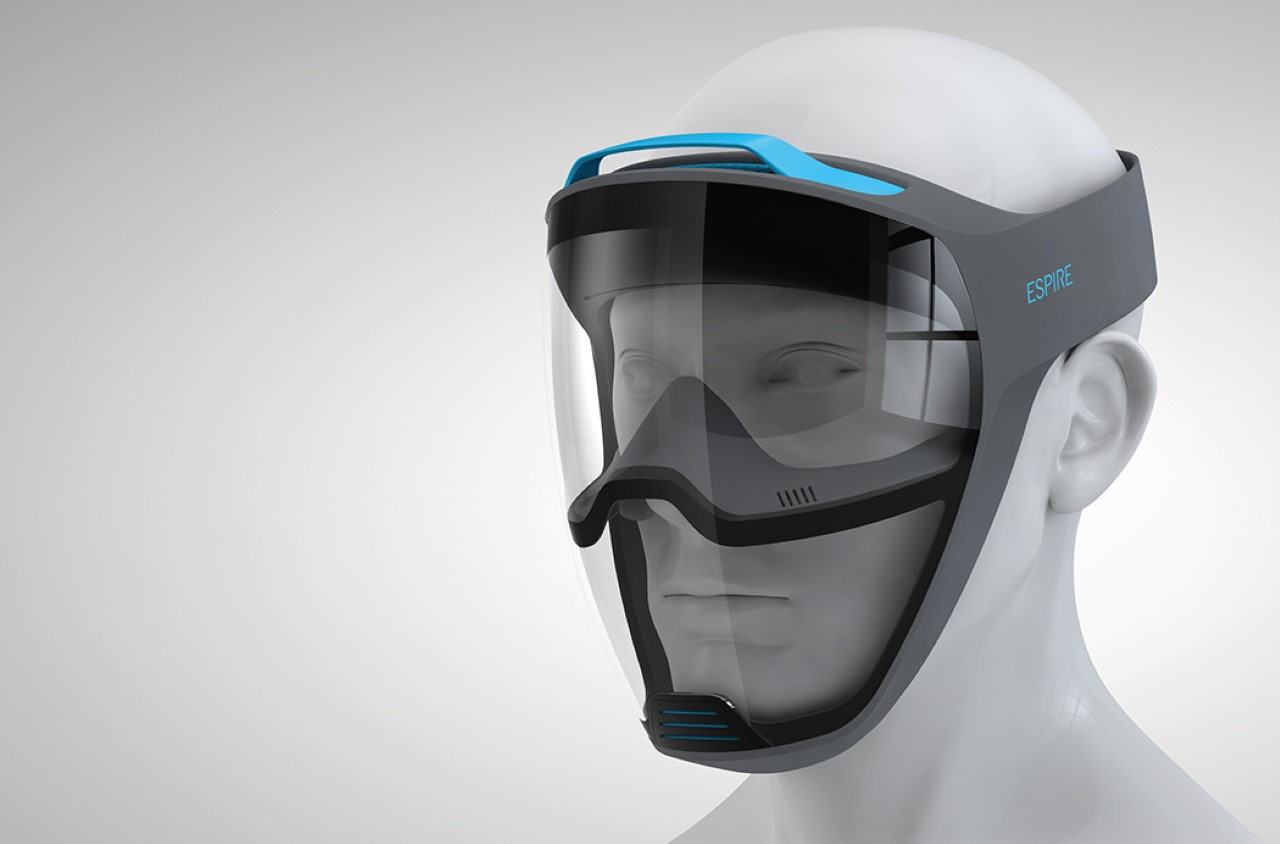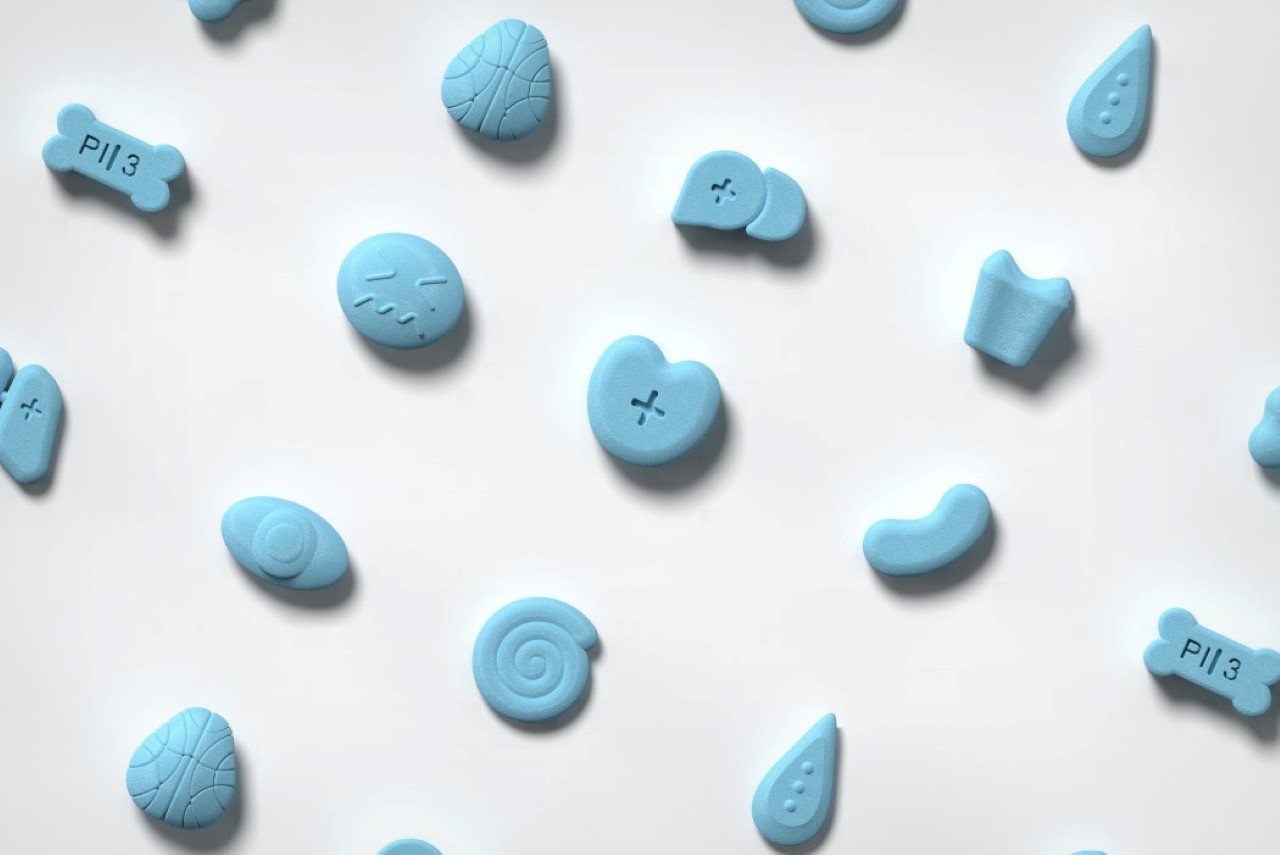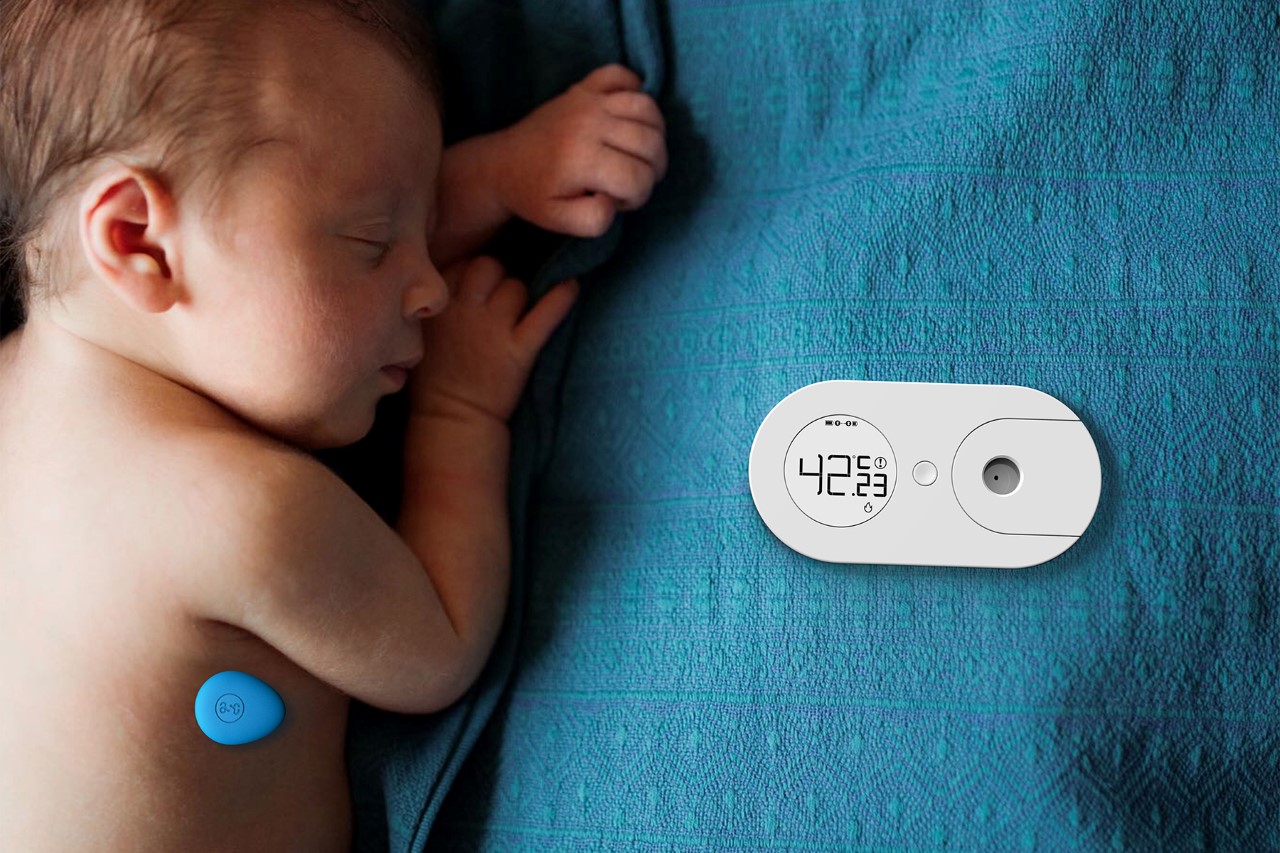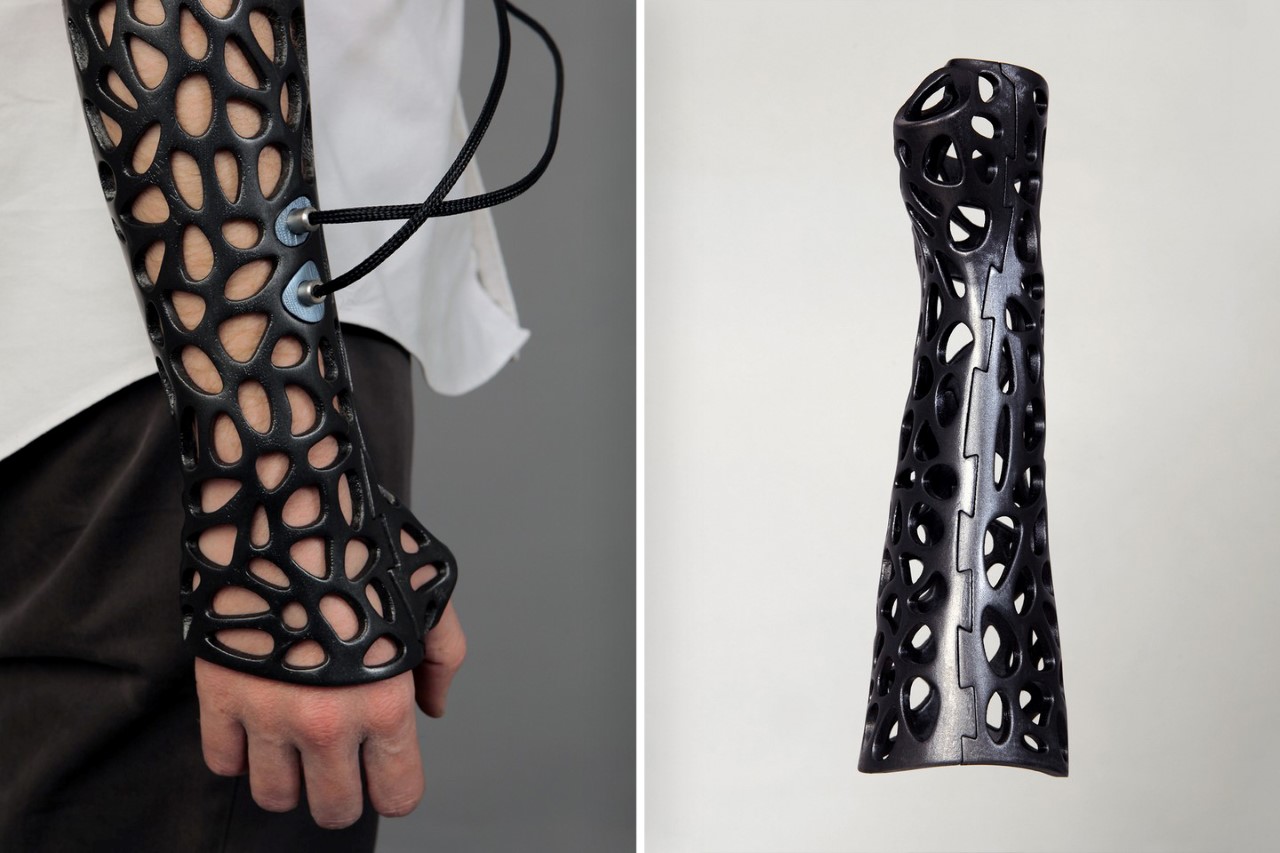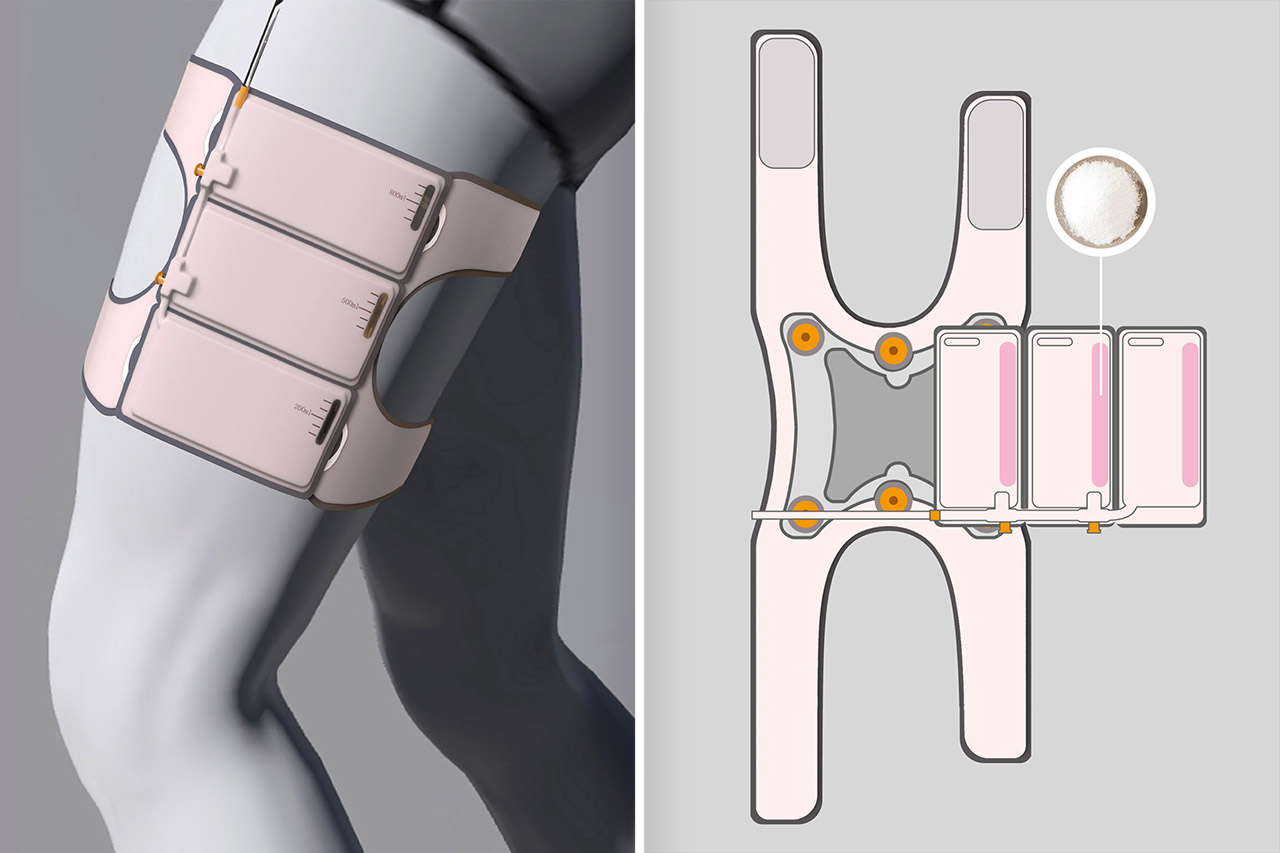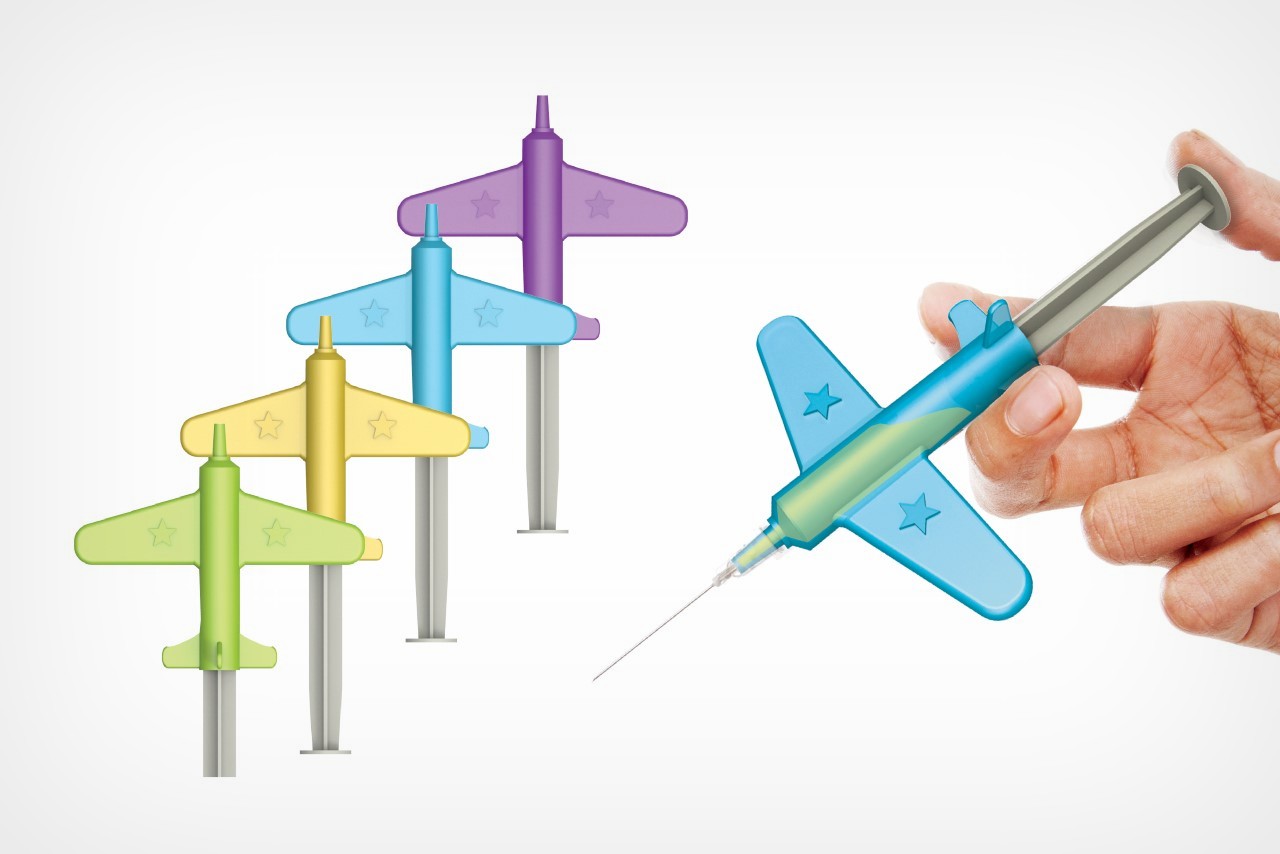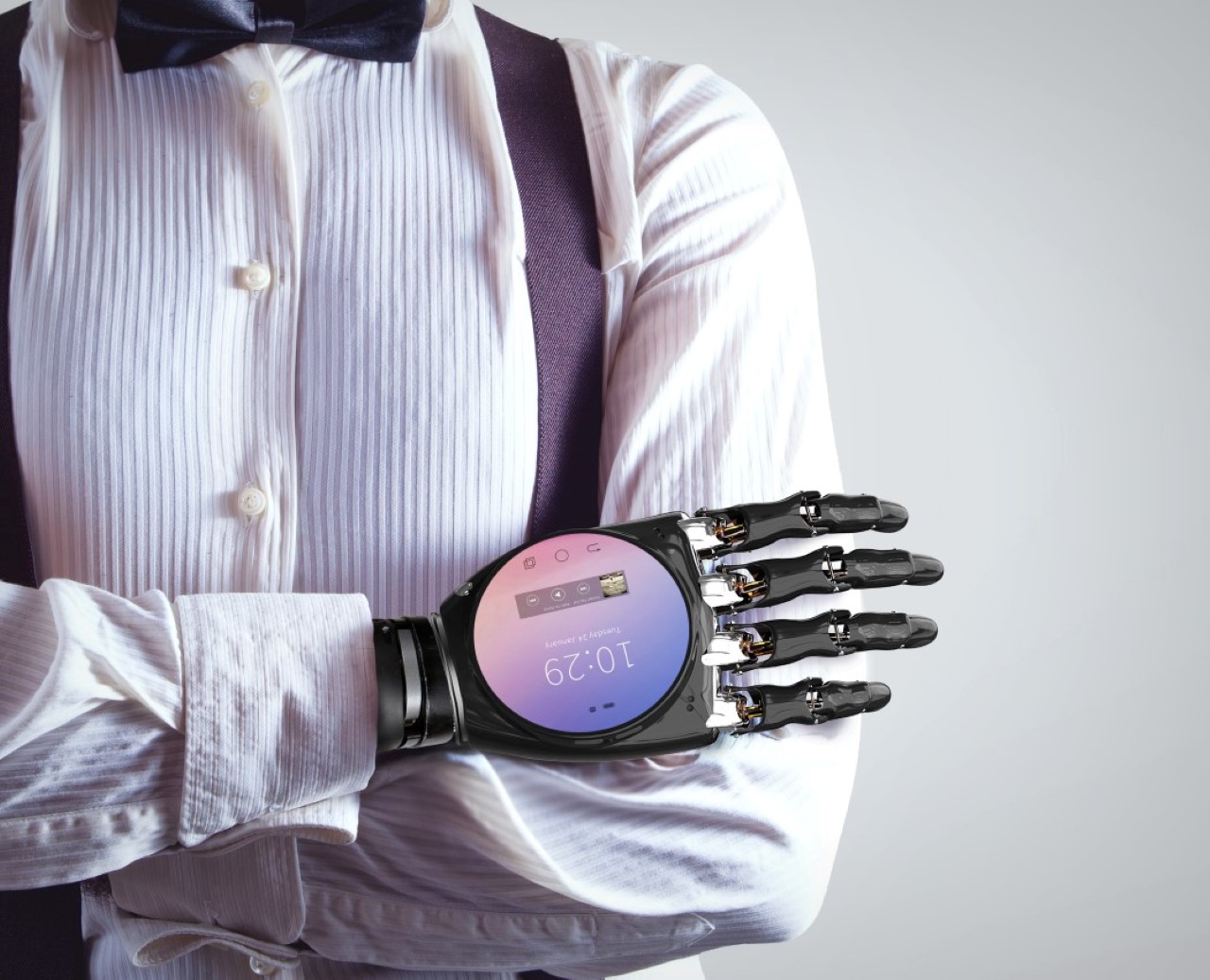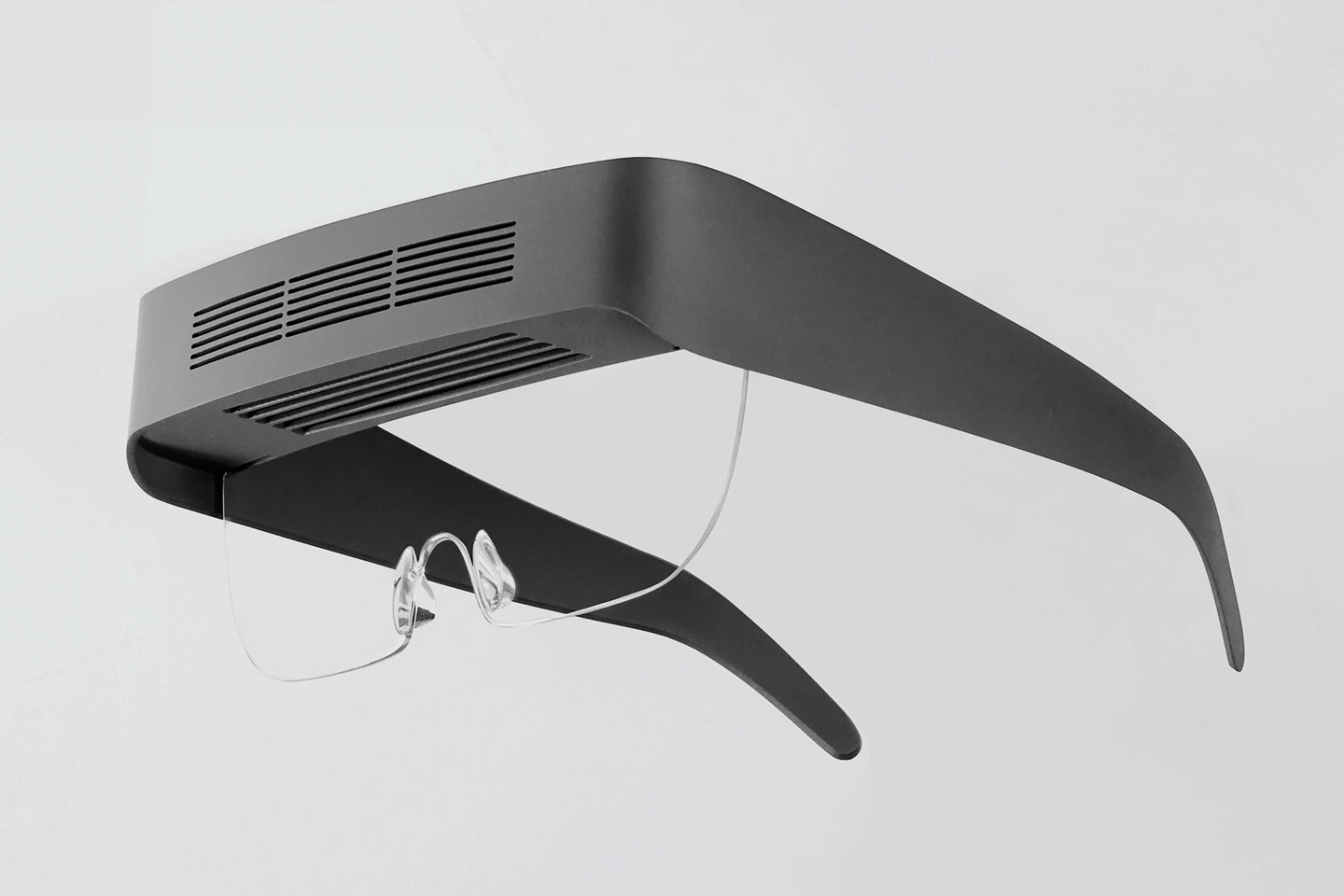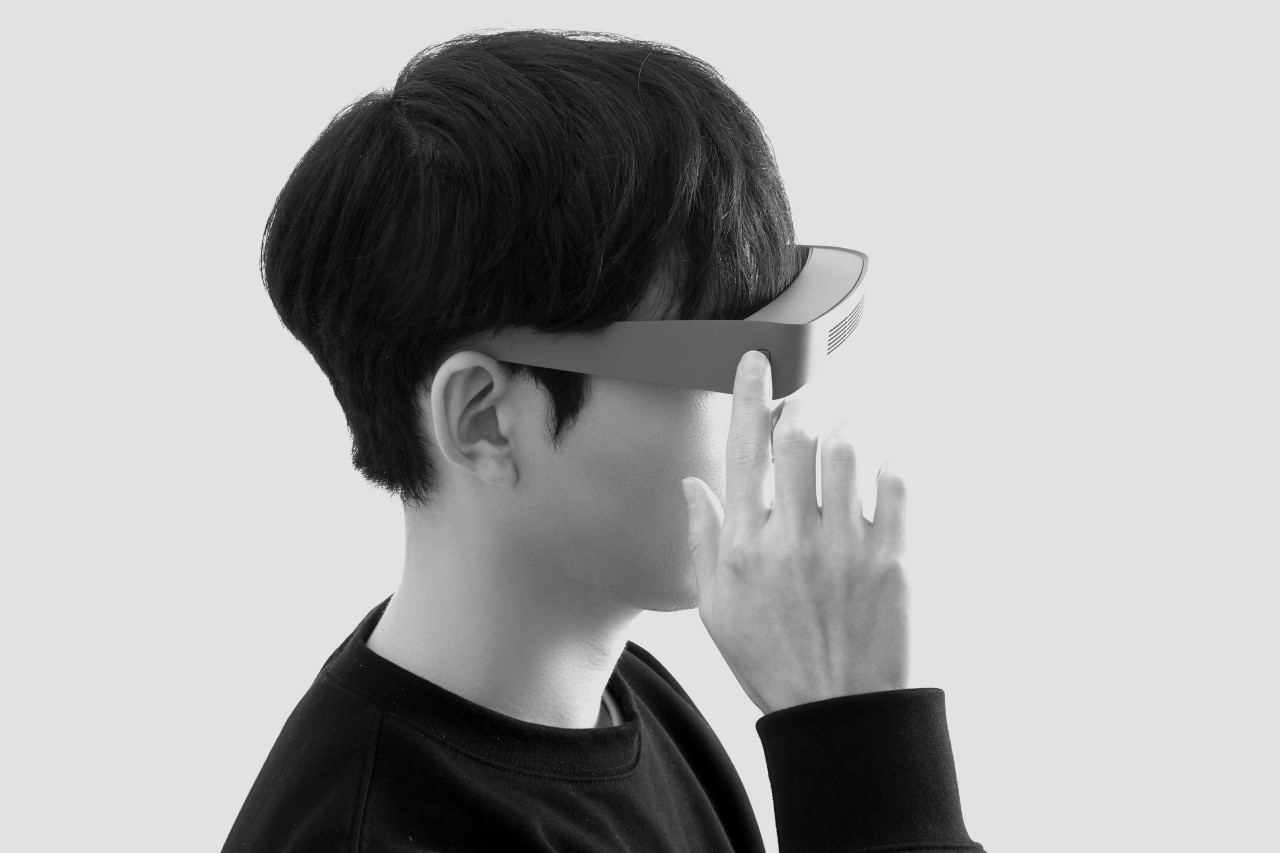Established in 1920, the ADC Annual Awards are touted as the world’s longest-running award initiative in the design and creative industry. Held every year as a part of The One Club of Creativity, the ADC Annual Awards are back for their 101st edition of the competition to scout and celebrate the very best in advertising, digital media, graphic and publication design, packaging and product design, motion, experiential and spatial design, photography, illustration, and fashion design all with a focus on artistry and craftsmanship.
Entry for the awards is open to creative professionals from all around the world, with a tiered entry-pricing structure that makes it easier for smaller agencies, studios, and freelancers to participate by paying a discounted entry fee, while larger agencies and brands pay the standard entry fee (read more about the tiered pricing structure here). The awards only accept design entries from industry professionals, and projects that have been created or printed/published/aired for the first time between January 1, 2021 – March 4, 2022. Outstanding entrants are selected by highly respected juries and honored with coveted Gold, Silver, and Bronze Cubes, presented at the Annual Awards Gala. Beyond these Cubes, however, ADC Annual Awards winners join a rich legacy of past honorees that include some of the most influential artists of the past century.
The 101st ADC Annual Awards are officially open for submissions across all their categories, with the Final Extended Deadline for entries on March 4th, 2022. Scroll below to take a look at some of our favorite 2021 Winners from the Product and Packaging categories.
Or Click Here to Enroll in the 2022 Edition of the ADC Annual Awards and stand a chance to be a part of history and win one of the most prestigious awards in the creative industry!
Winners of the 100th ADC Annual Awards
Smart Box by Peng Ren for Shenzhen explore home Industrial Design Co., Ltd (Product Design Gold Cube)
A clever way to introduce the concepts of mathematics through calculation, right at an early age, the Smart Box by Peng Ren is the kind of smart-toy a kid can play with from their early years right up to their early teens. The blocks in two formats – with numeric faces and symbolic faces. They attach magnetically to form a math equation with a solution block right at the end that displays the answer to the equation. By turning the act of pressing a bunch of keys together on a calculator and hitting the ‘equals’ button, the Smart Box set gamifies it in a way that makes mathematics playful!
SAGA Grand Gin by Paprika for Distillerie Grand Dérangement (Packaging Design Gold Cube)
A brilliantly quirky piece of packaging design, the SAGA Grand Gin bottle instantly makes you curious. With a vibrant yellow wax seal that covers almost half the bottle, the SAGA comes with a concealed label too. The label design showcases a face, with the eyes covered by the wax. You’re immediately intrigued to know more and see more – what’s the face behind the label? Is it a gin-maker, is it a clue, a game? Chances are you’ll pick up the bottle just for how visually engaging it is… and possibly come back more because of how great the gin is.
Nest Thermostat by Google LLC (Product Design Silver Cube)
Perhaps one of the foremost examples of a ‘smart home device’, the Nest thermostat returns in a new format that embraces the same classic design language of Nest the Alphabet company, along with Google’s hardware color-palette. The new Nest Thermostat sports a more clock-like proportion, with a relatively bezel-less display. It still comes with the numbers on the front (a design choice popularized by Honeywell and then Nest), although with the rest of the thermostat in muted, pastel shades that go incredibly well with home decor. Perhaps one of its most celebrated aspects is the Nest’s design, which came from Tony Fadell, who prioritized simplicity and sensibility over everything else. The new Nest thermostat still honors that tradition.
Your Taste, Your Way by Jones Knowles Ritchie for Burger King (Packaging Design Silver Cube)
What the Your Taste, Your Way campaign does for Burger King is turns its packaging into an eye-catching, tongue-tantalizing piece of art. The packaging helps prepare the consumer for what’s within, not only by telling them which burger sits behind the wrapper but also by describing its tastes and flavors… just to get those juices flowing!
XP Zero by Hugo Eccles for Untitled Motorcycles (Product Design Bronze Cube)
Untitled Motorcycles (UMC) turned a lot of heads when it unveiled its XP Zero design. Based on Zero Motorcycles’ SR/F naked sportbike, the XP Zero floored audiences with its classic lines, modern performance, and minimalist styling. Since its debut at the prestigious Goodwood Festival of Speed, the XP has exhibited in Milan, Italy and Portland, Oregon; won nine design awards; and been featured in hundreds of magazine articles. Now that alone is pretty impressive… aside from that bare-basic beautiful design!
Nongfu Wangtian Chili Sauce by Shenzhen Bob Design for Nonfunctional Wangtian Agricultural Technology (Packaging Design Bronze Cube)
Perhaps one of the most simple and creative pieces of food packaging I’ve seen in a while, the Nongfu Wangtian Chili Sauce quite literally embodies its origin, with a chili-inspired design! The sauce comes within a tube that has the graphic of a chili on it, while the cap is shaped like the curved stem of the chili. Depending on the type of chili used, the tubes come with green, yellow, or red chilis on the label. A star rating system on the bottom near the crimp also tells you how spicy the sauce inside is!
Click Here to Enroll in the 2022 Edition of the ADC Annual Awards and stand a chance to be a part of history and win one of the most prestigious awards in the creative industry!
The post Celebrating over a century of design and creativity, the ADC Annual Awards return for their 101st edition first appeared on Yanko Design.
